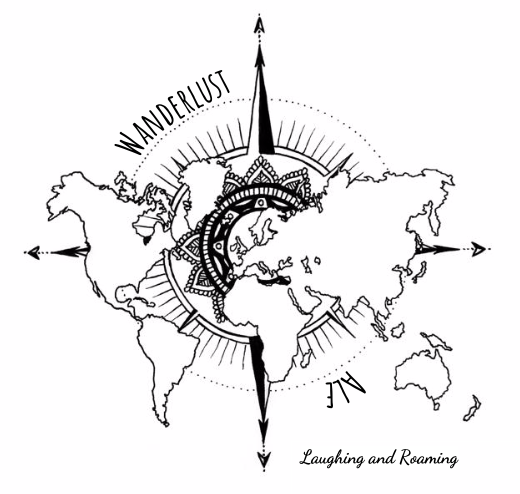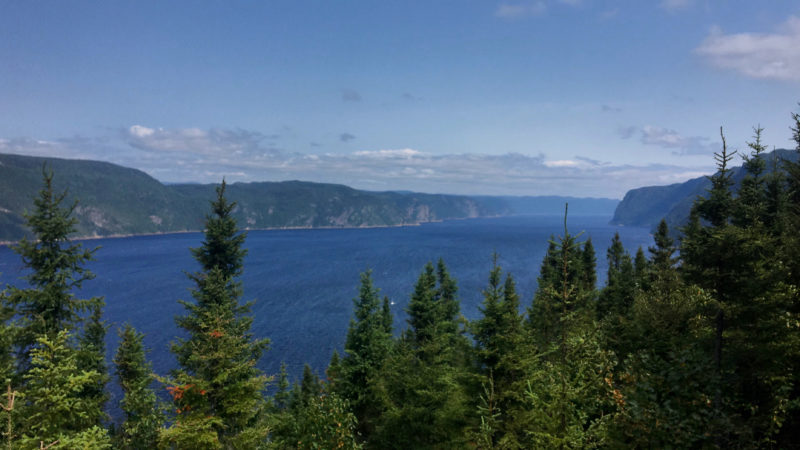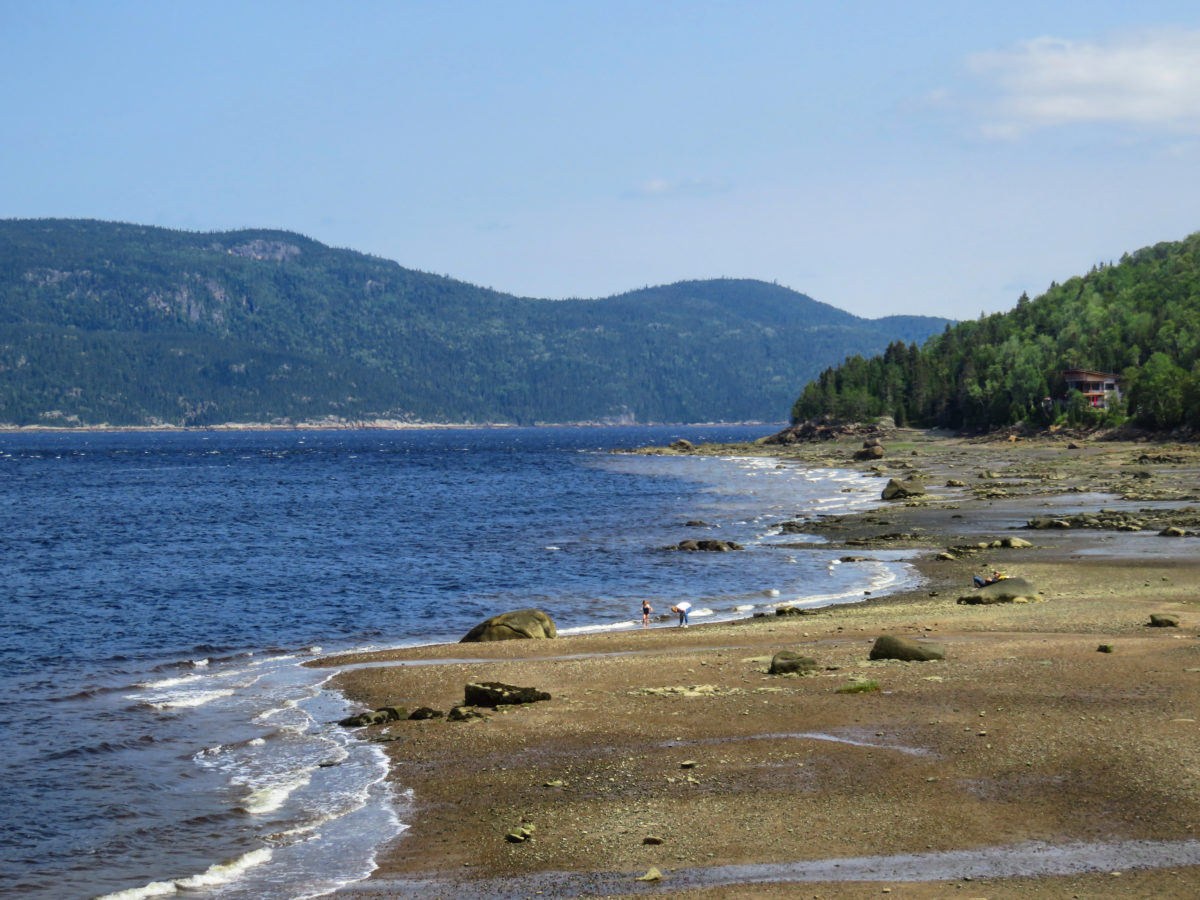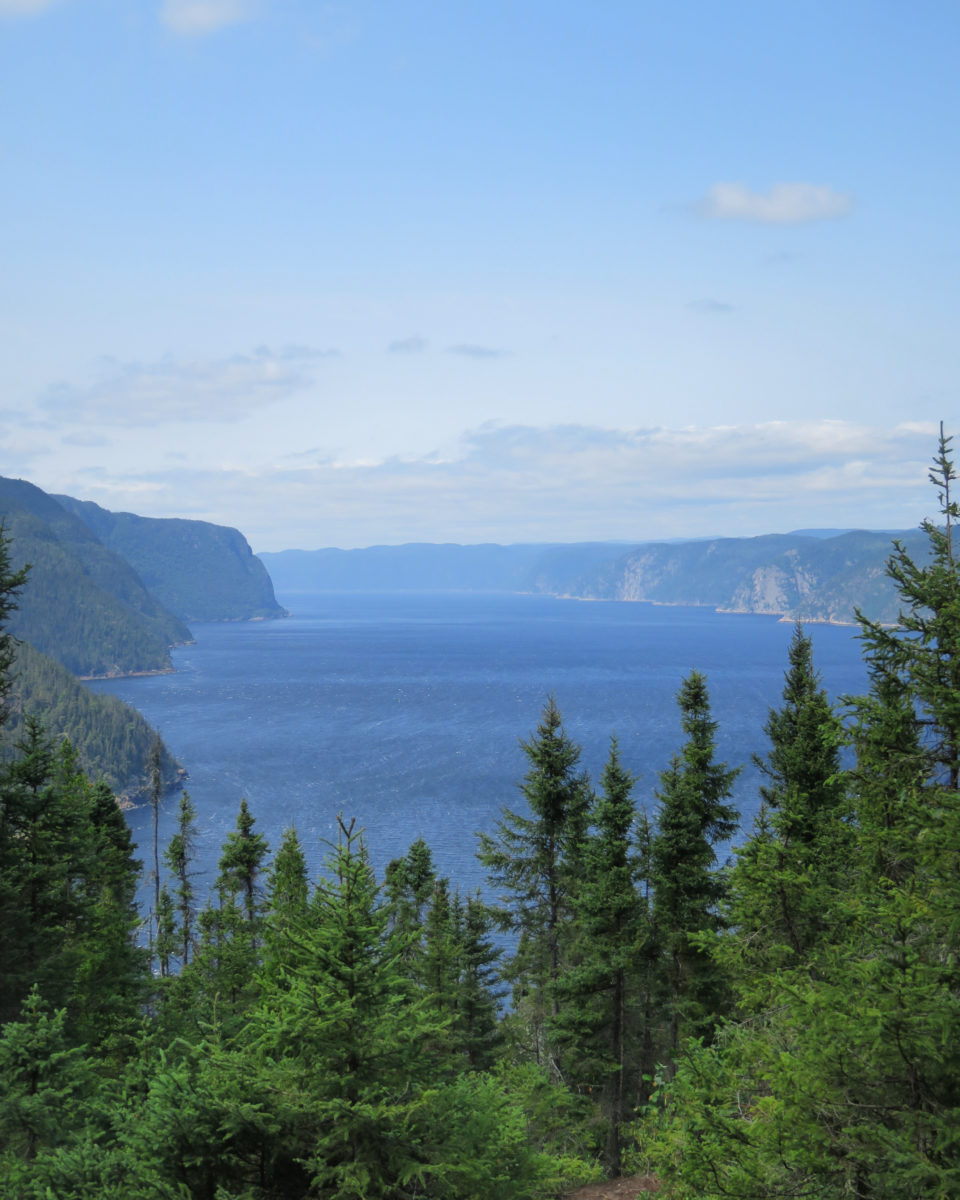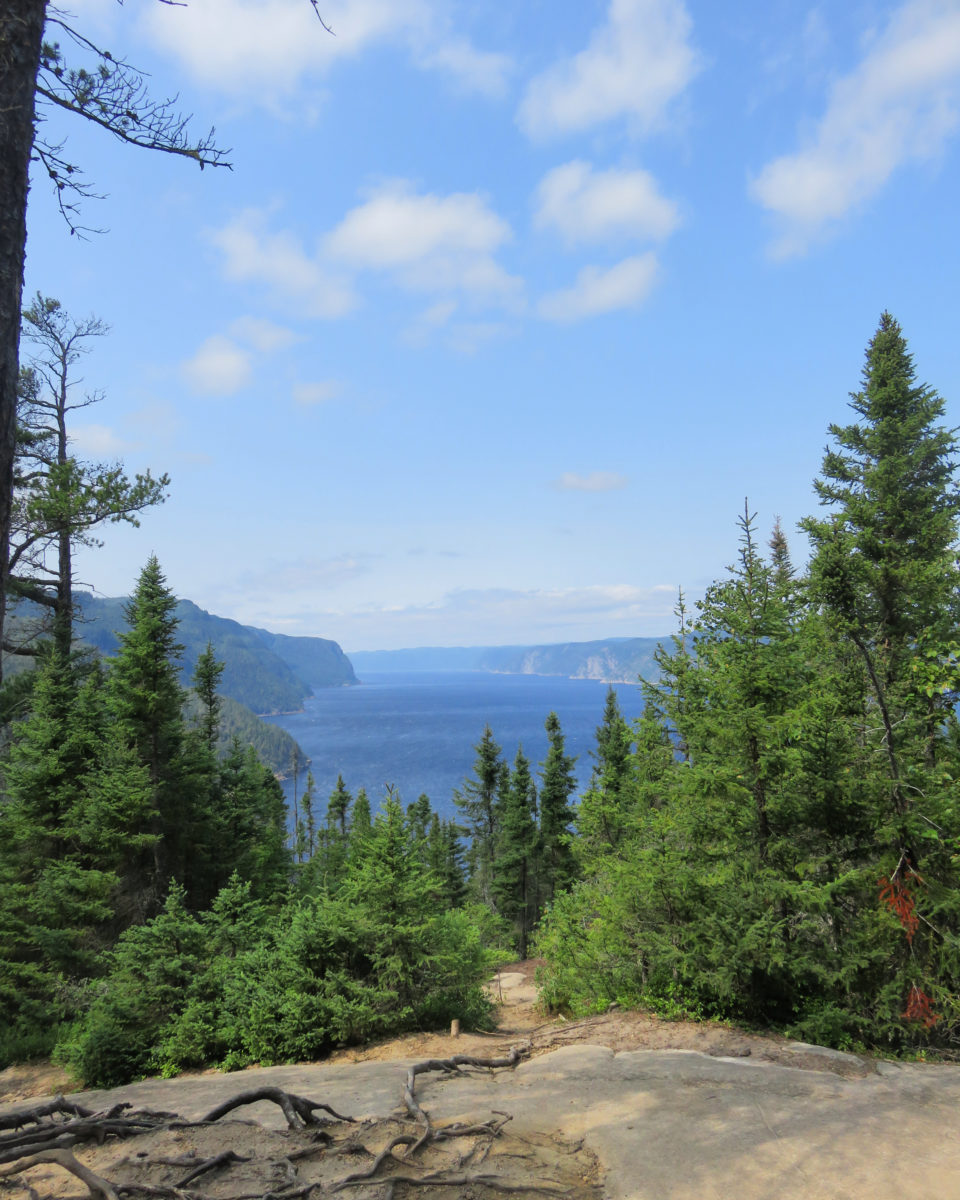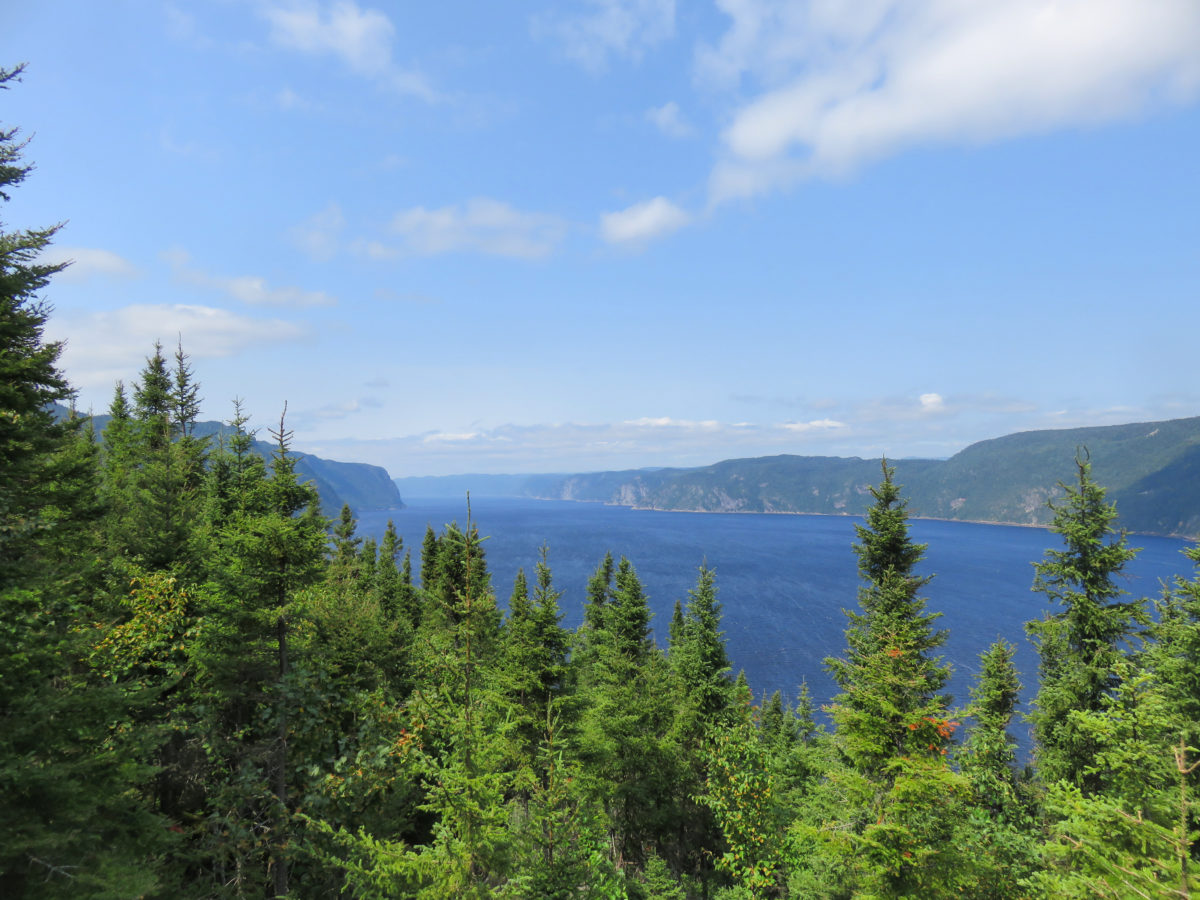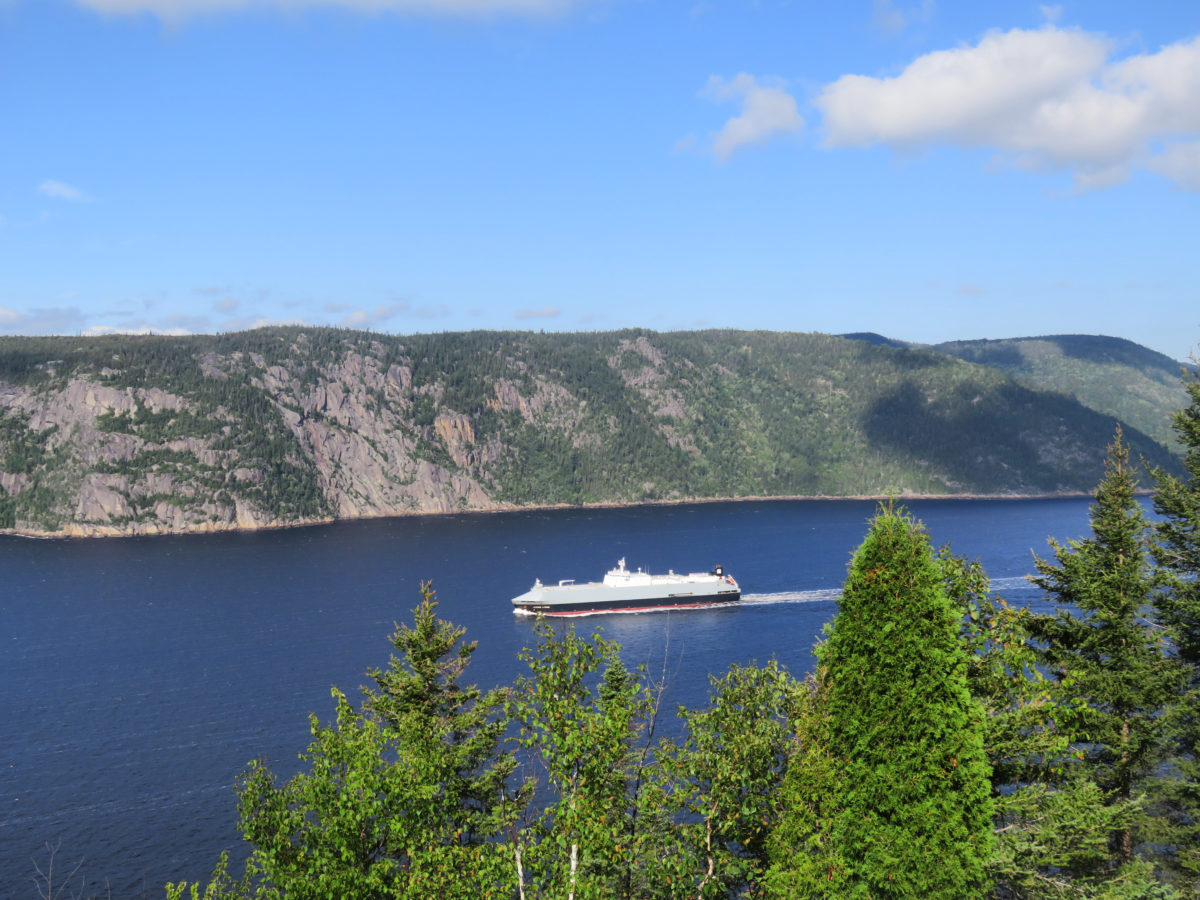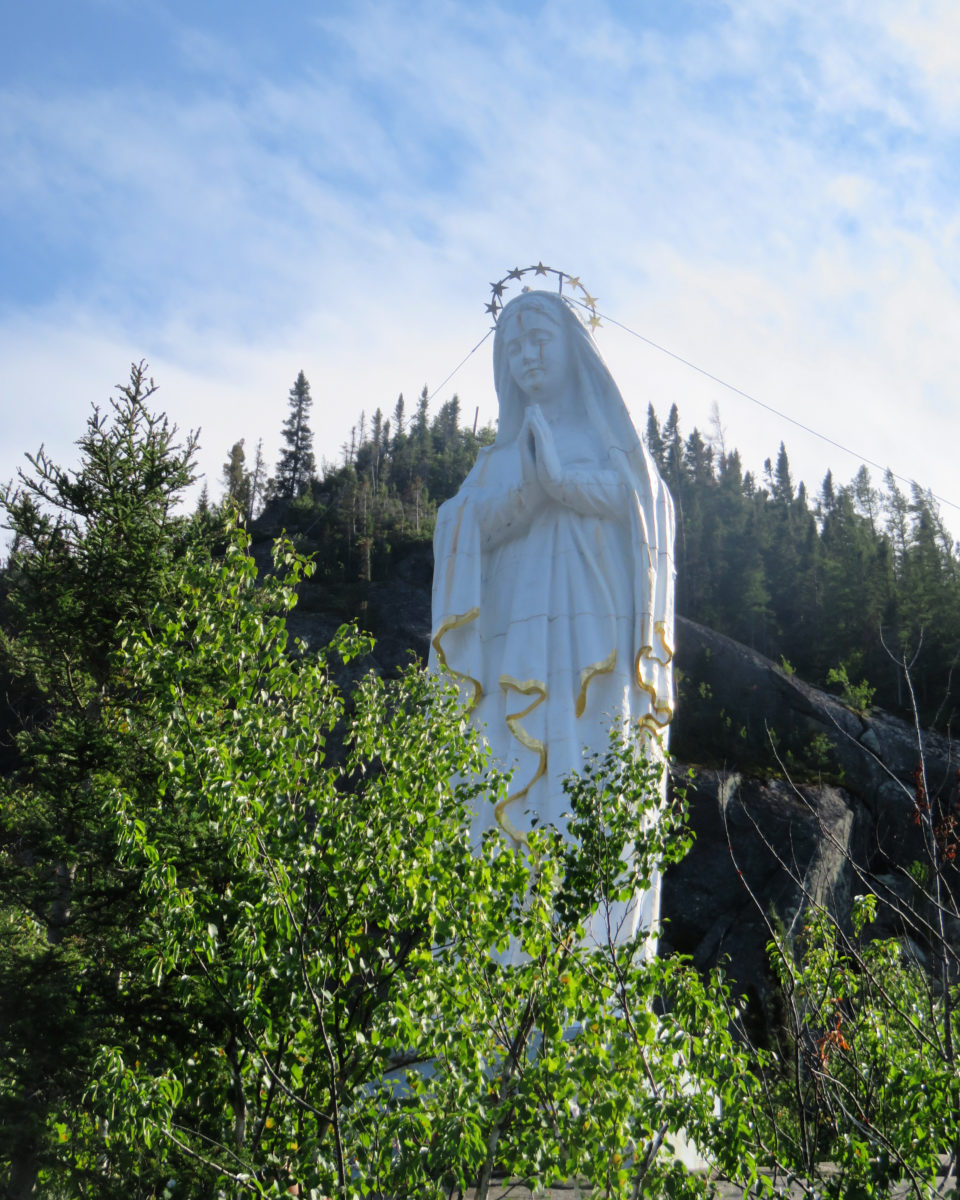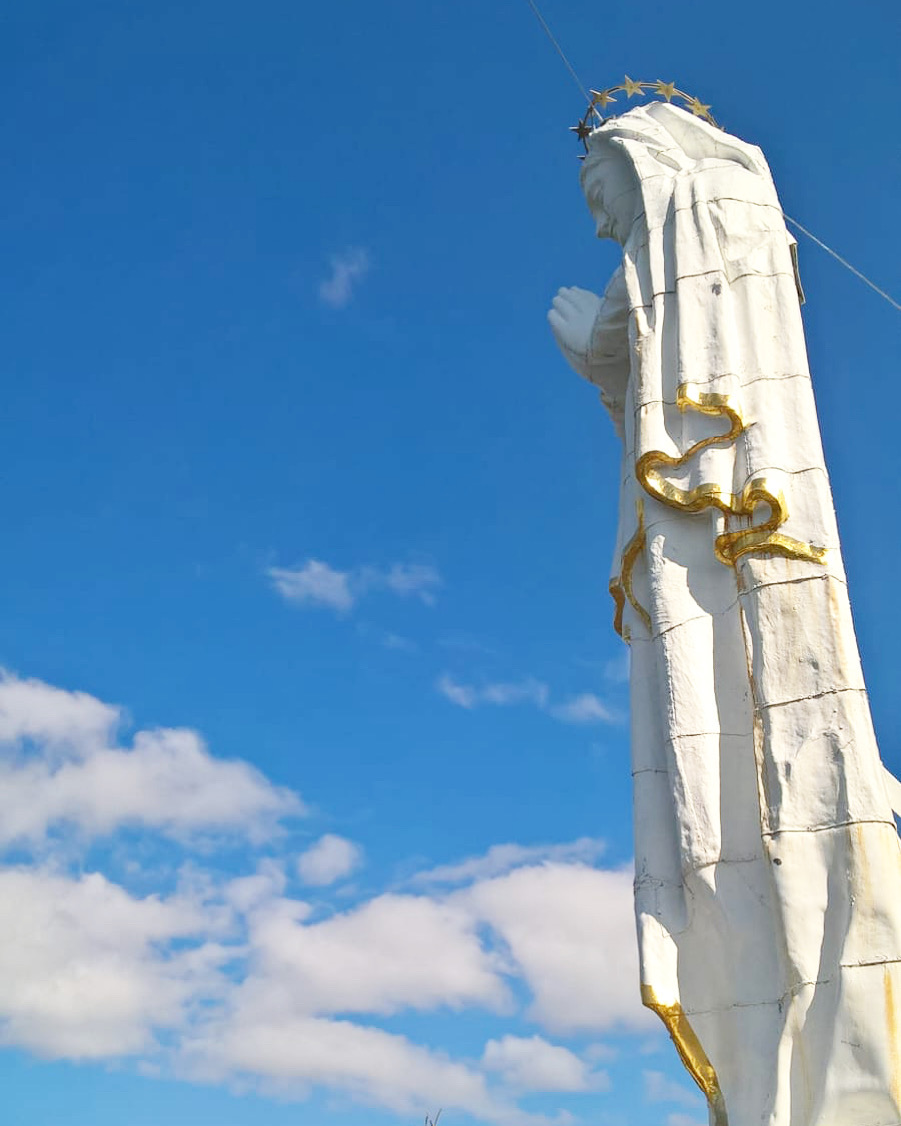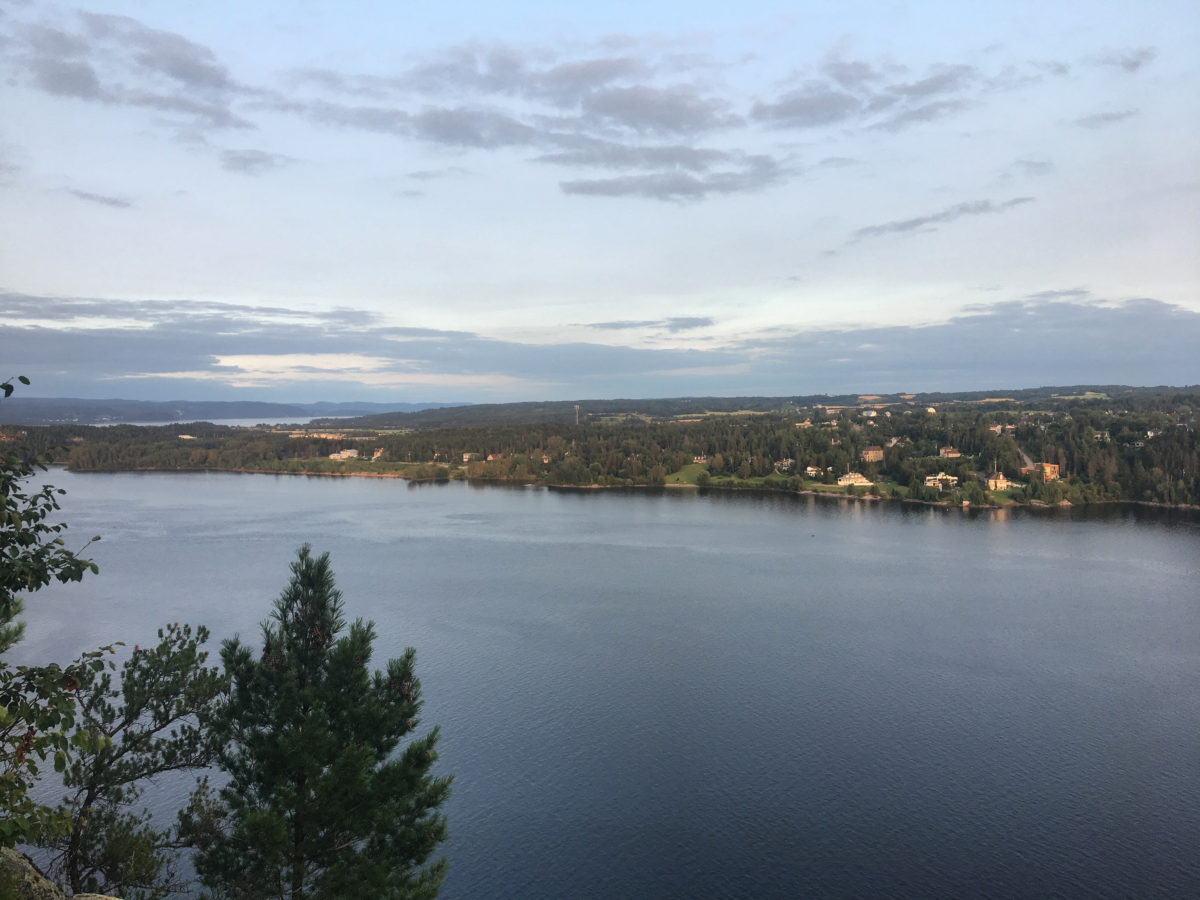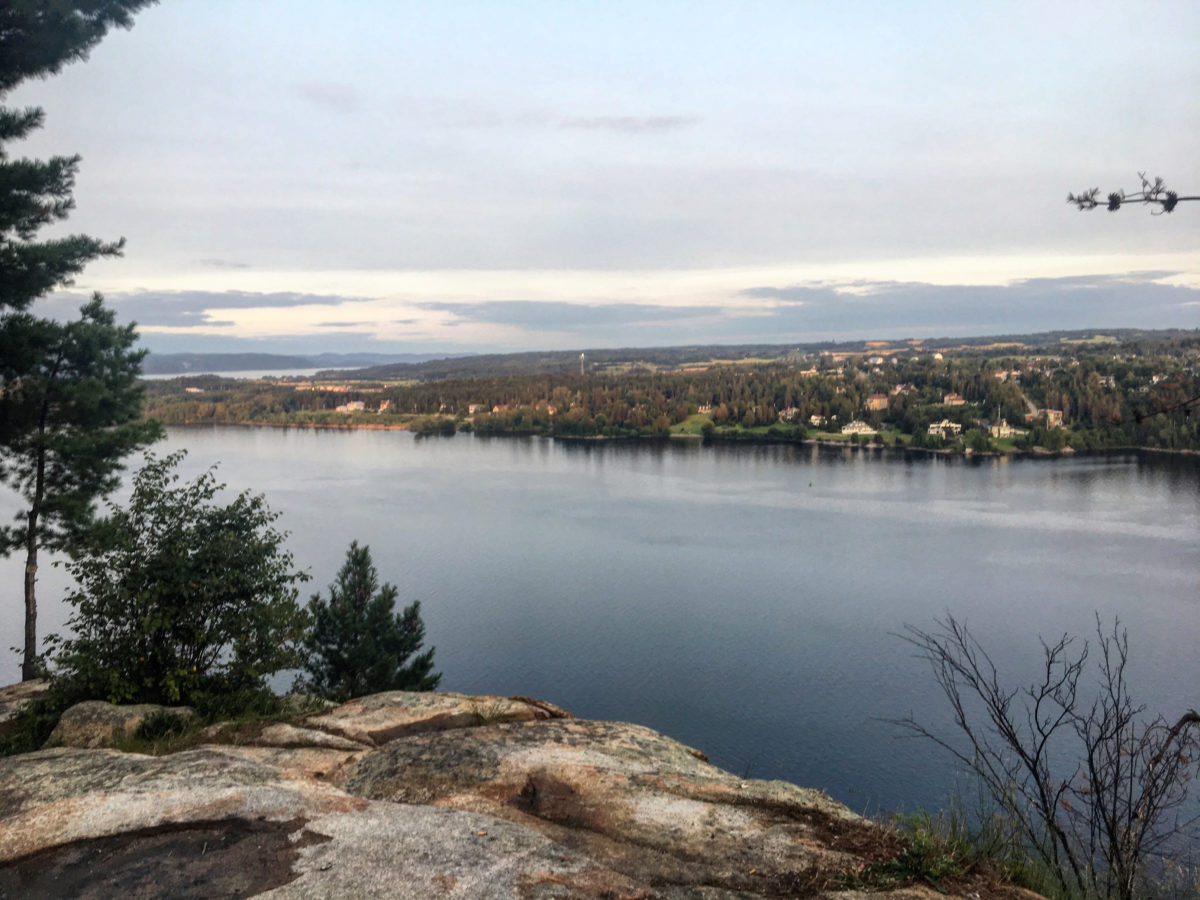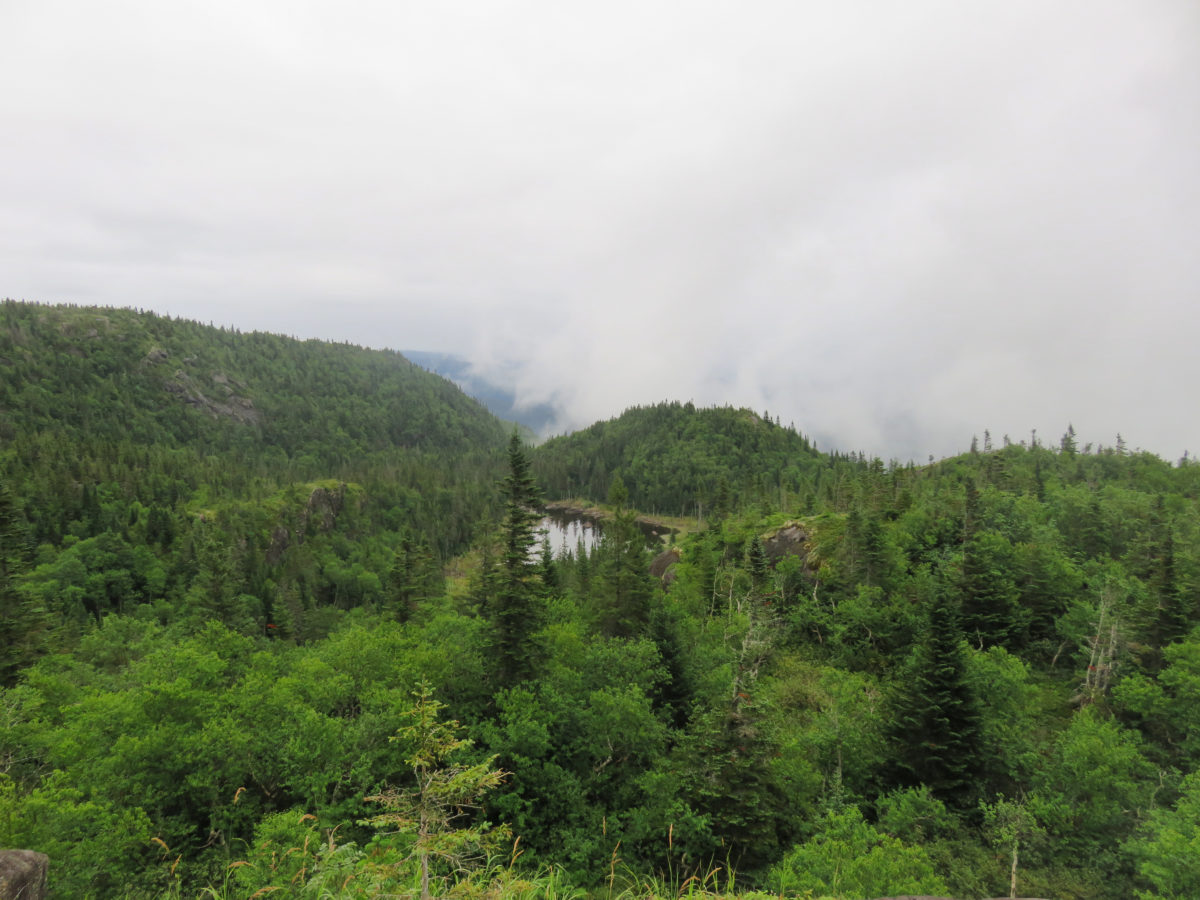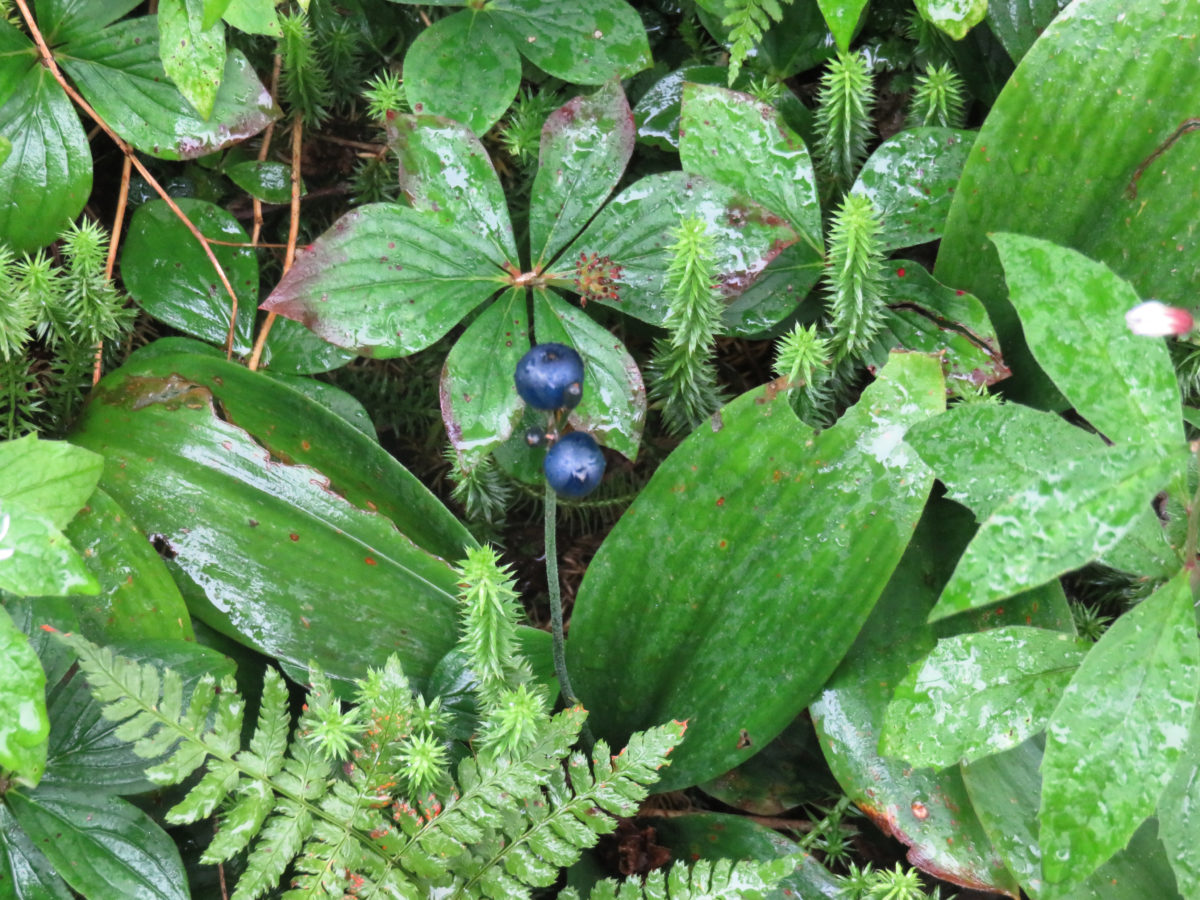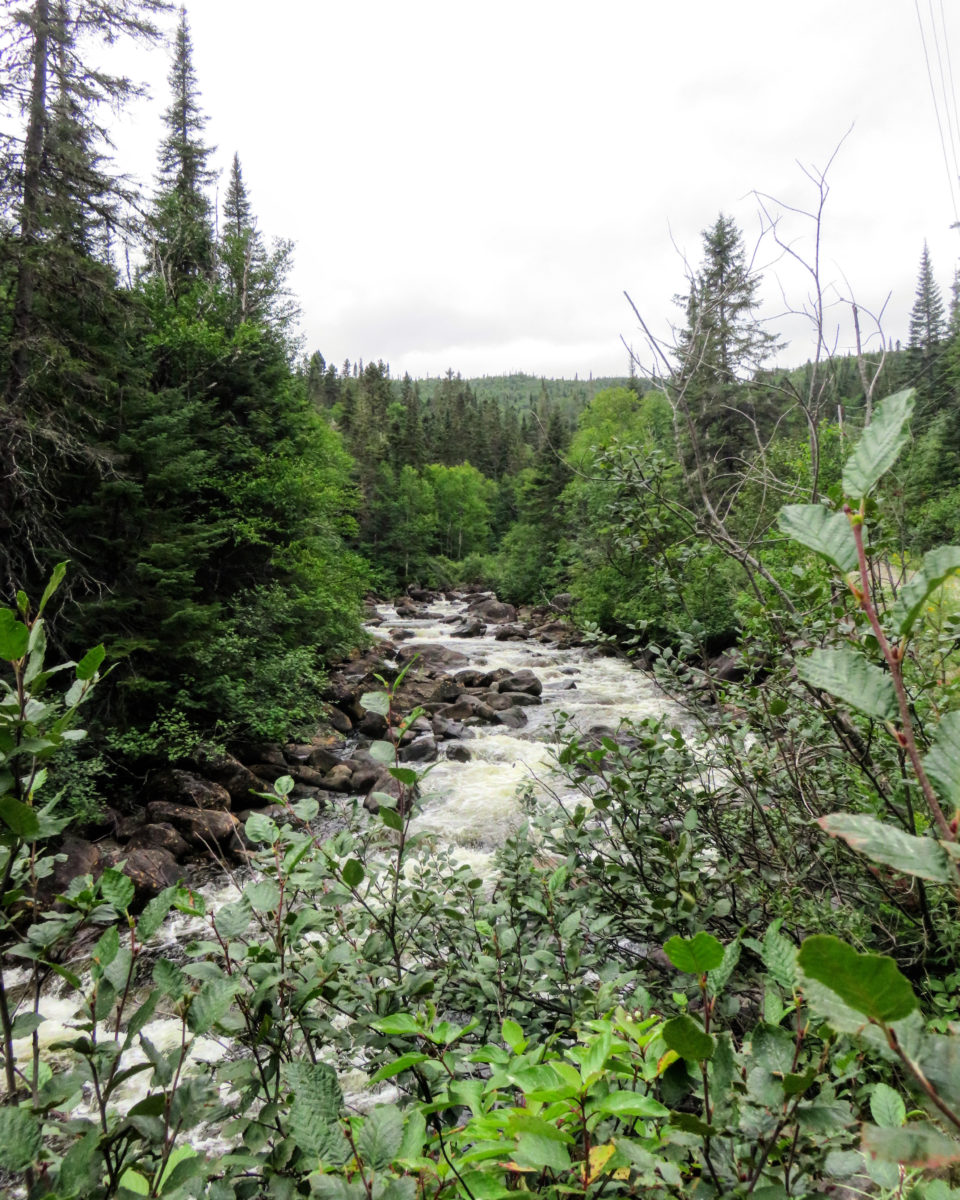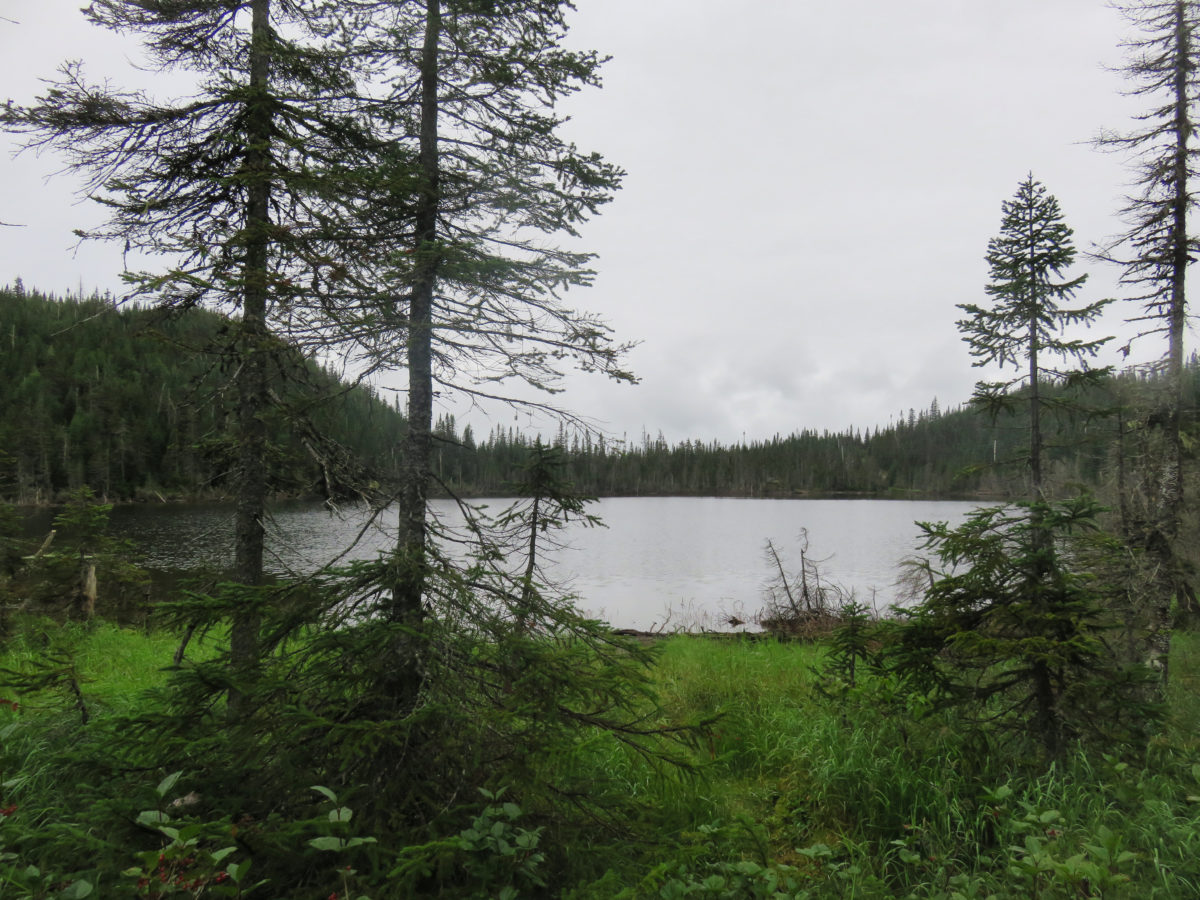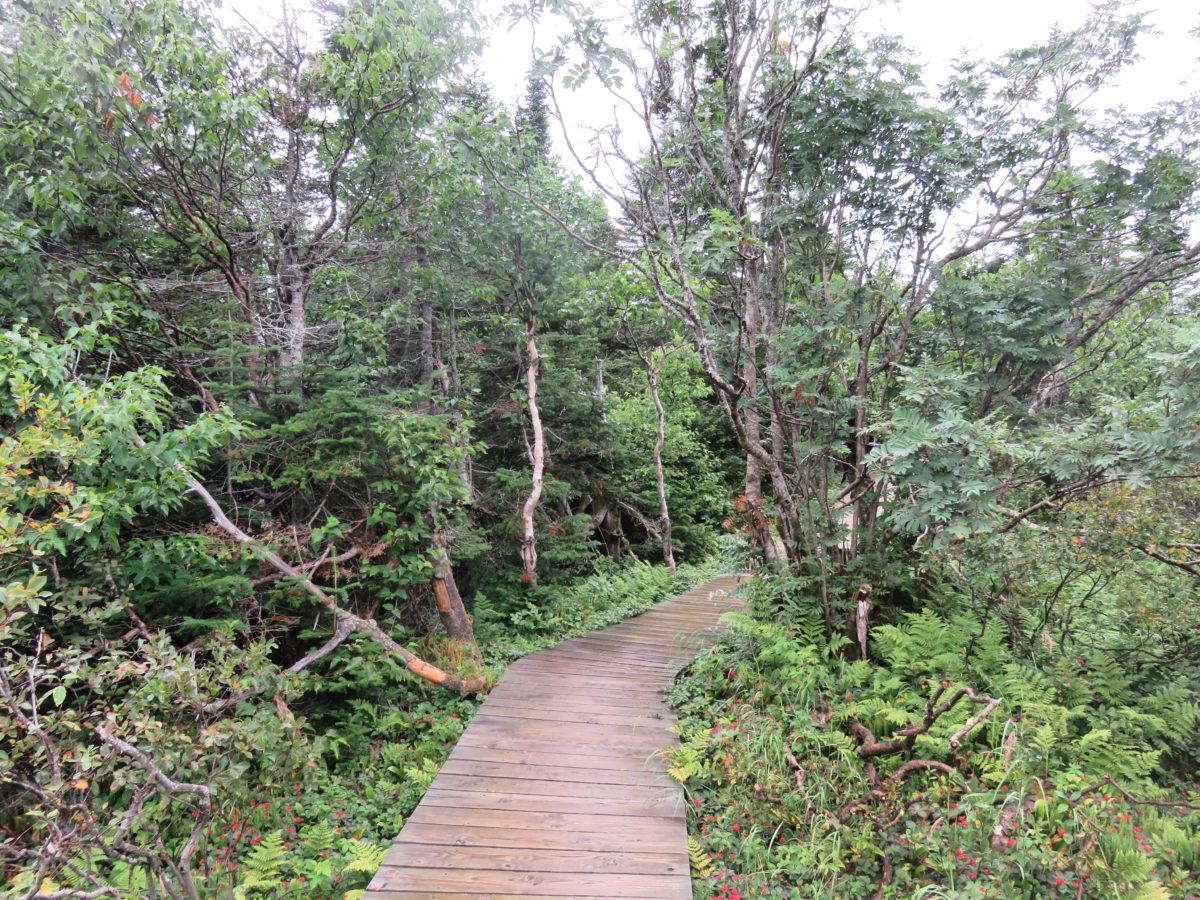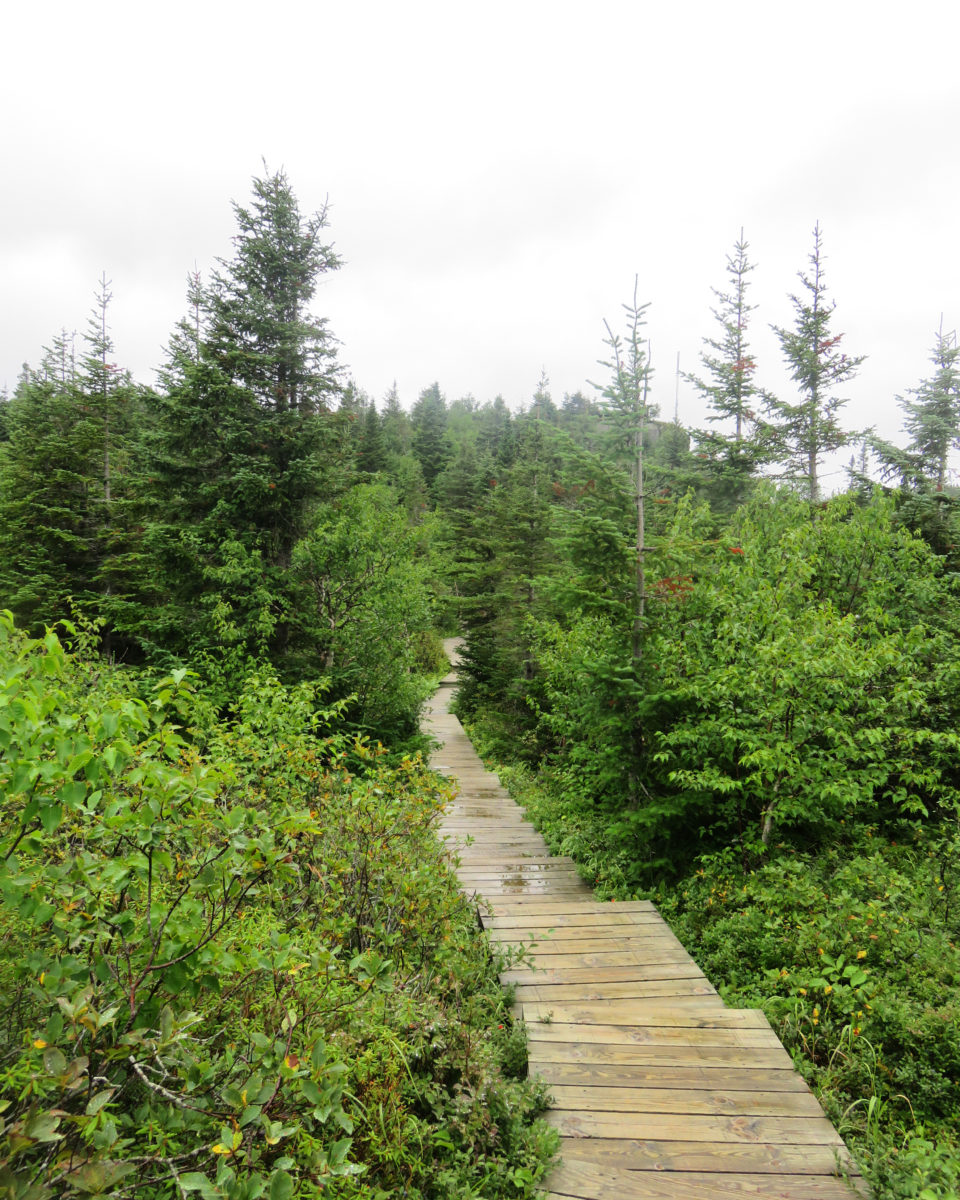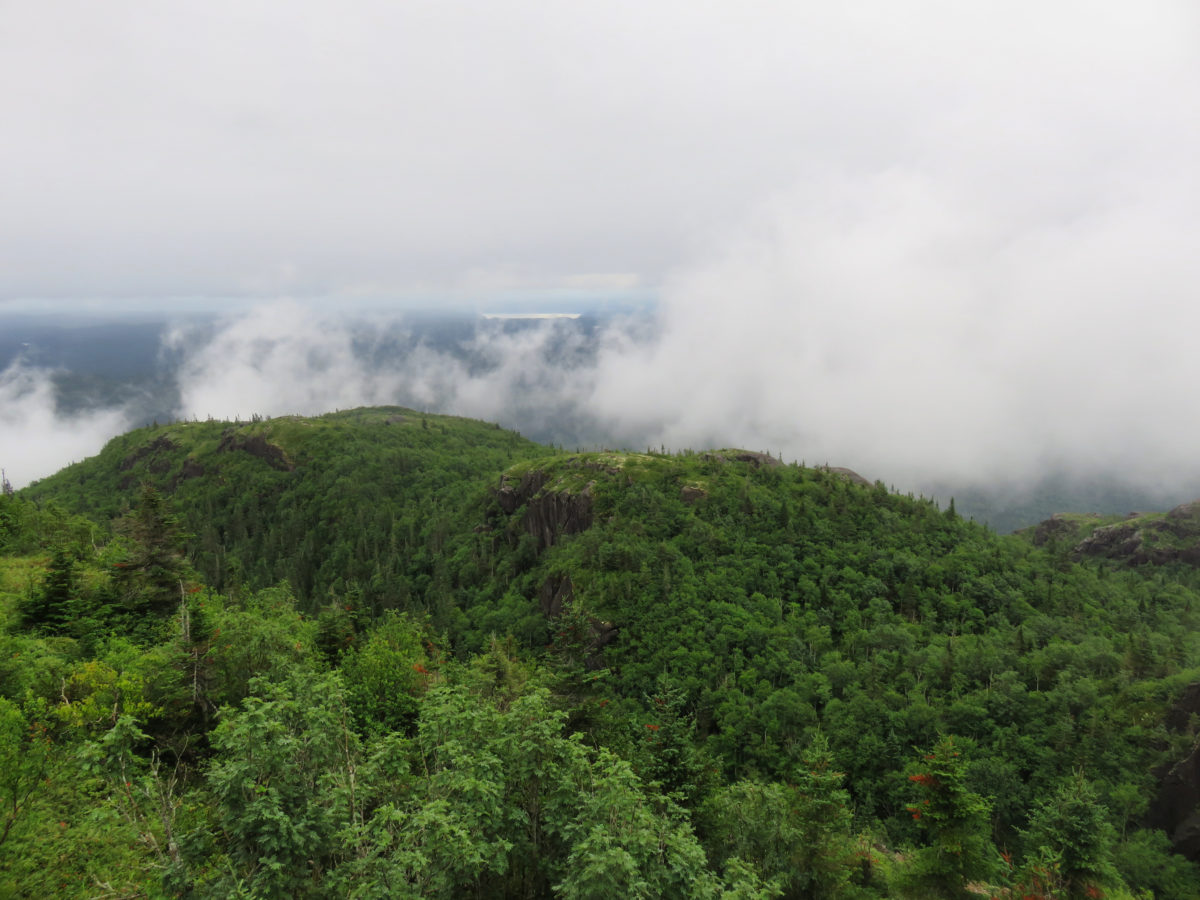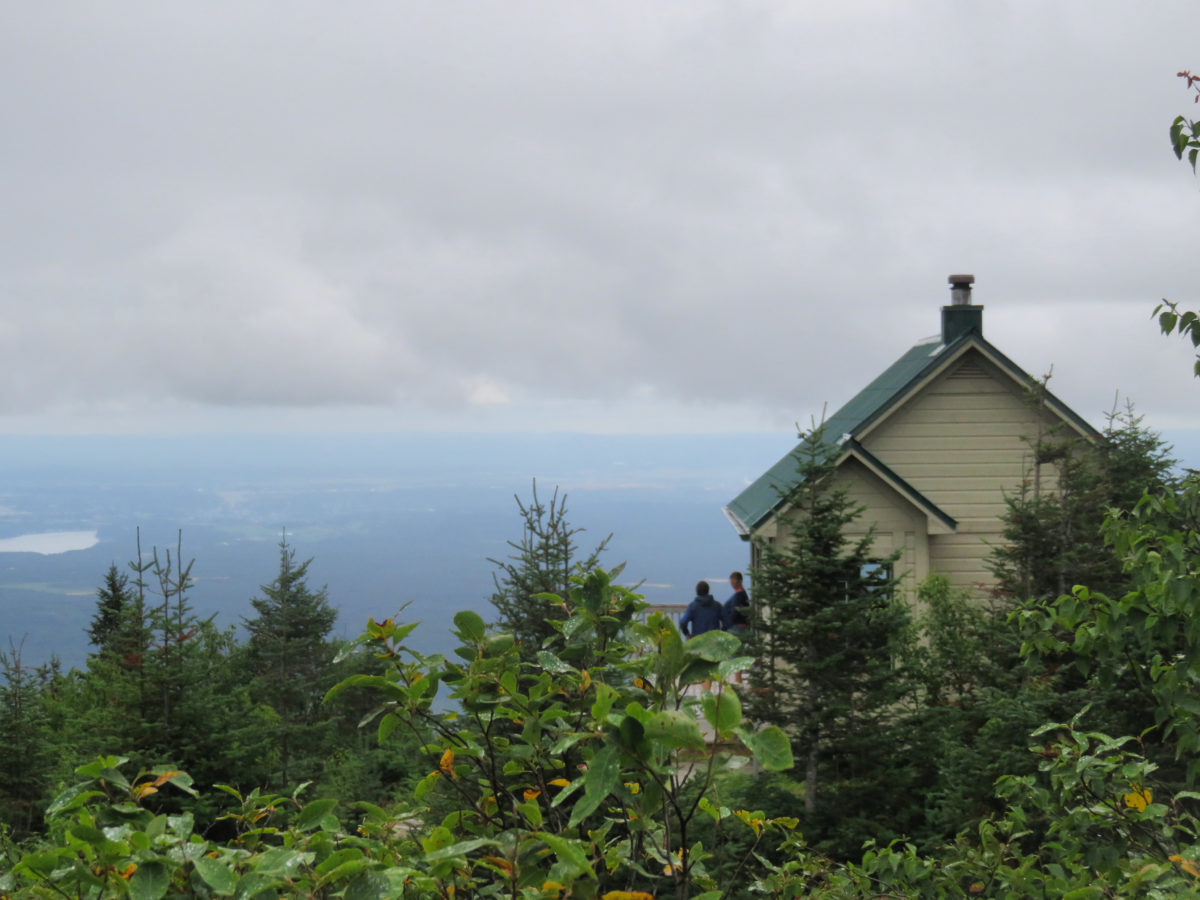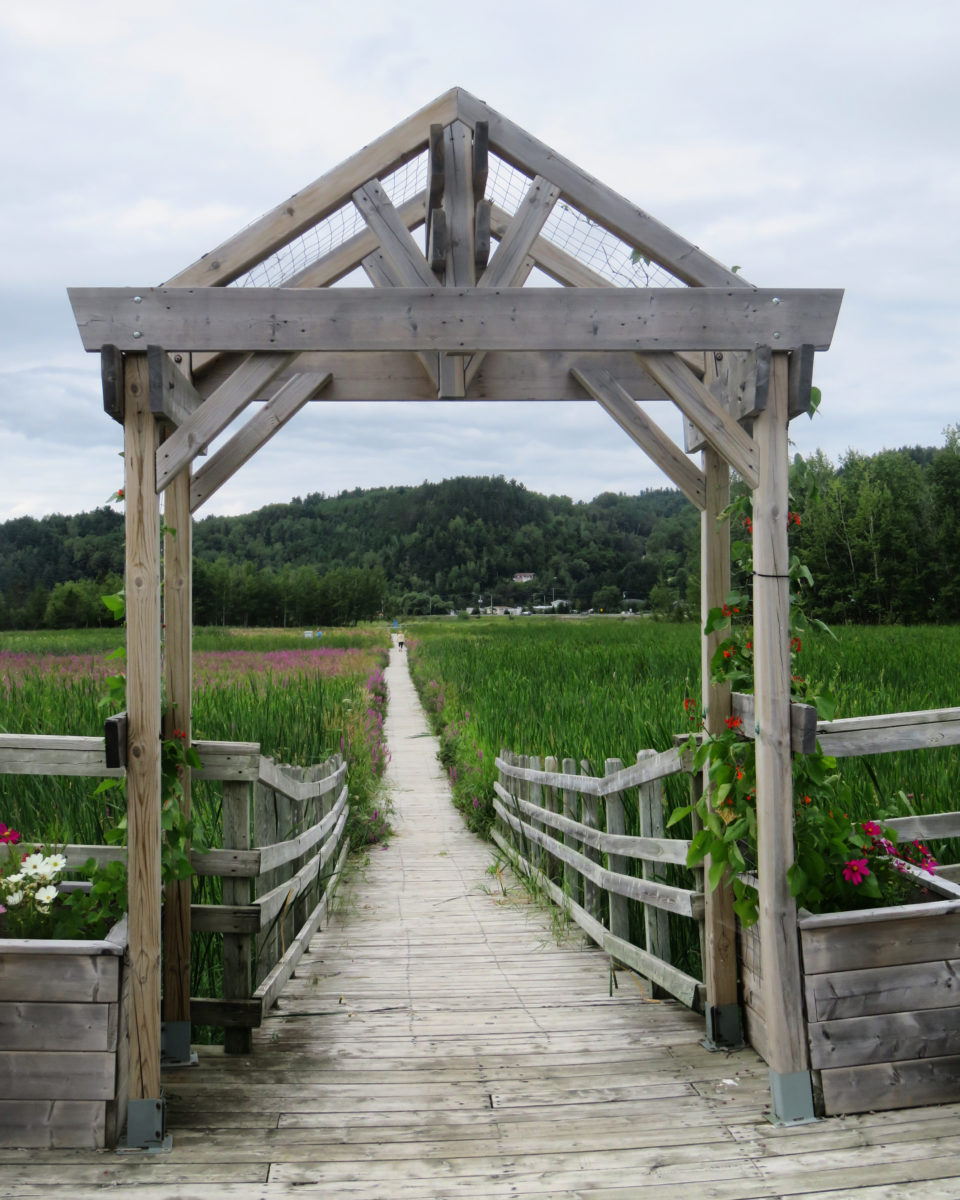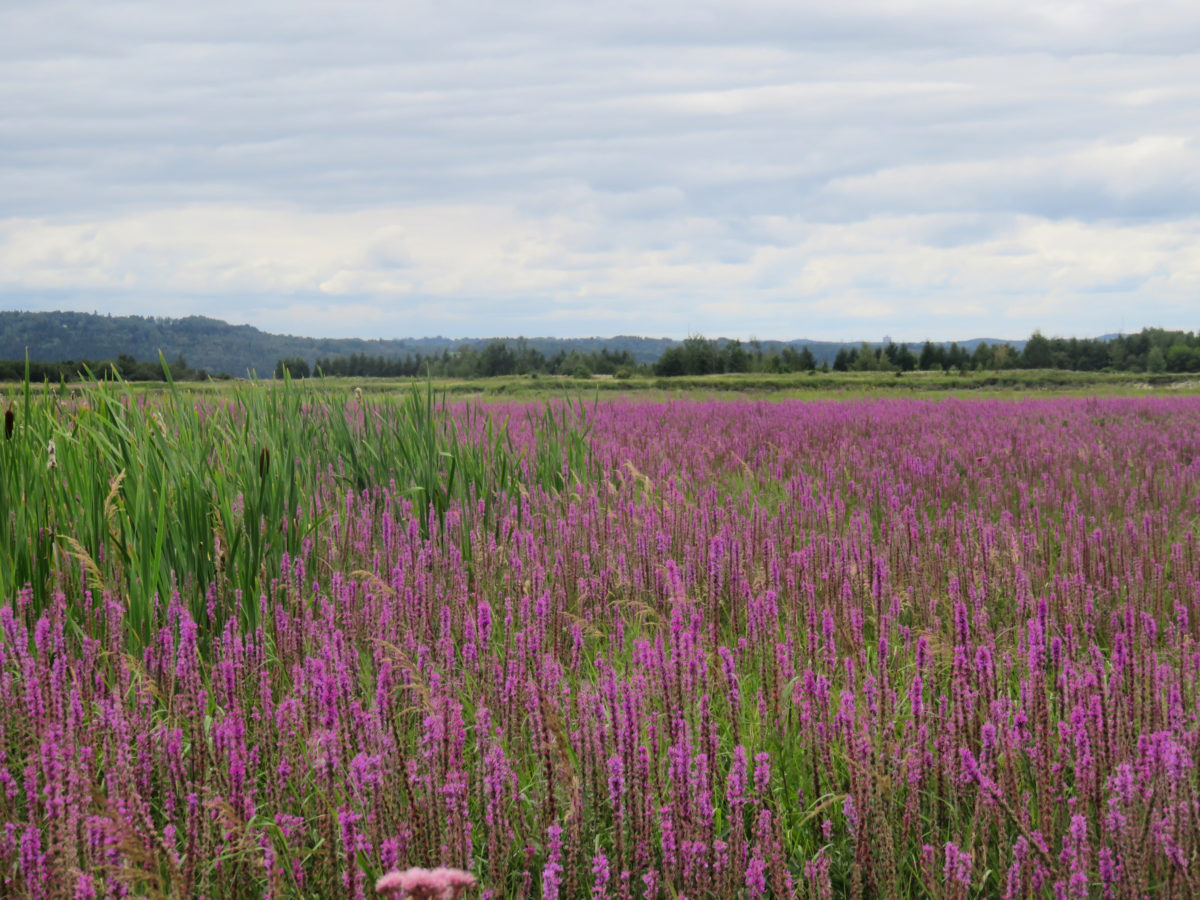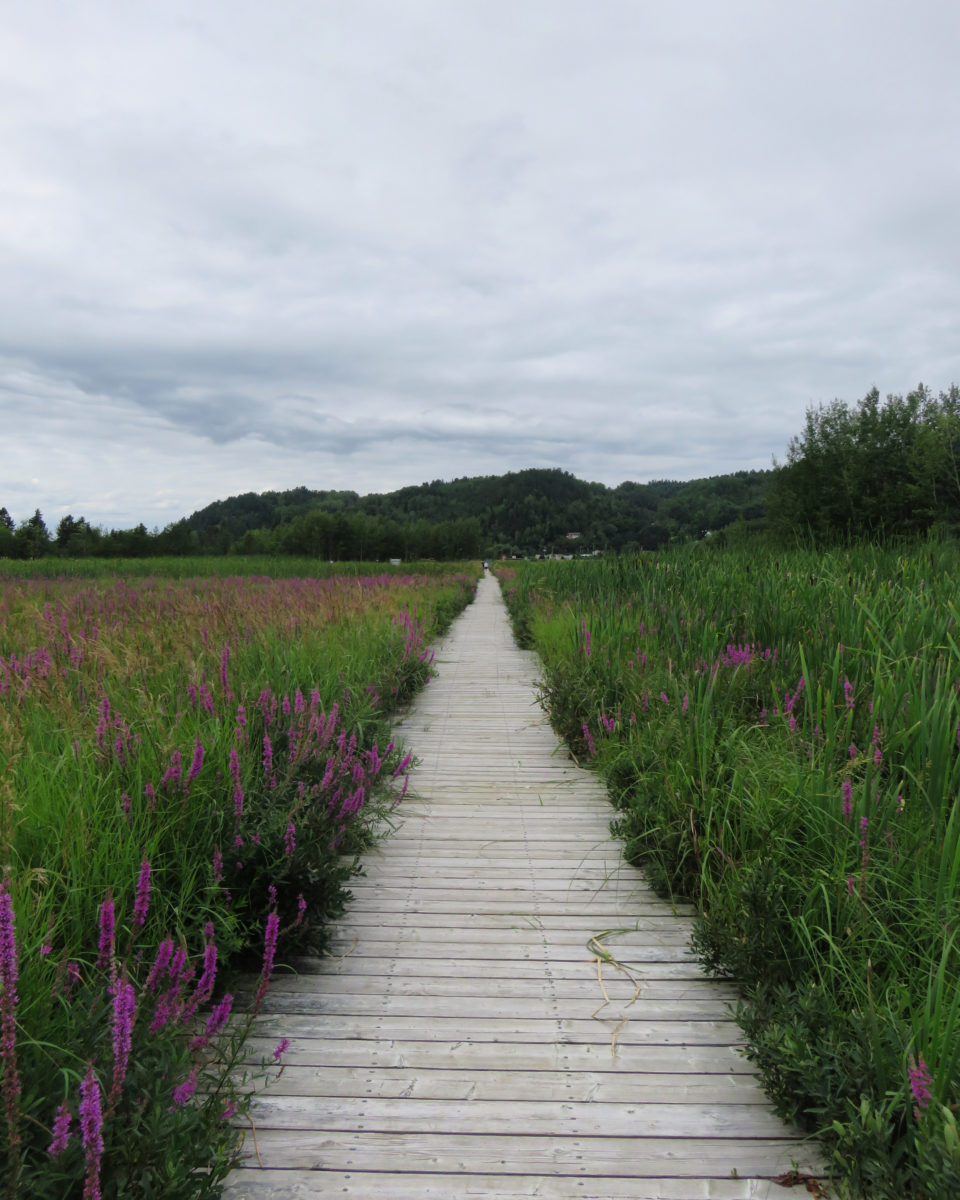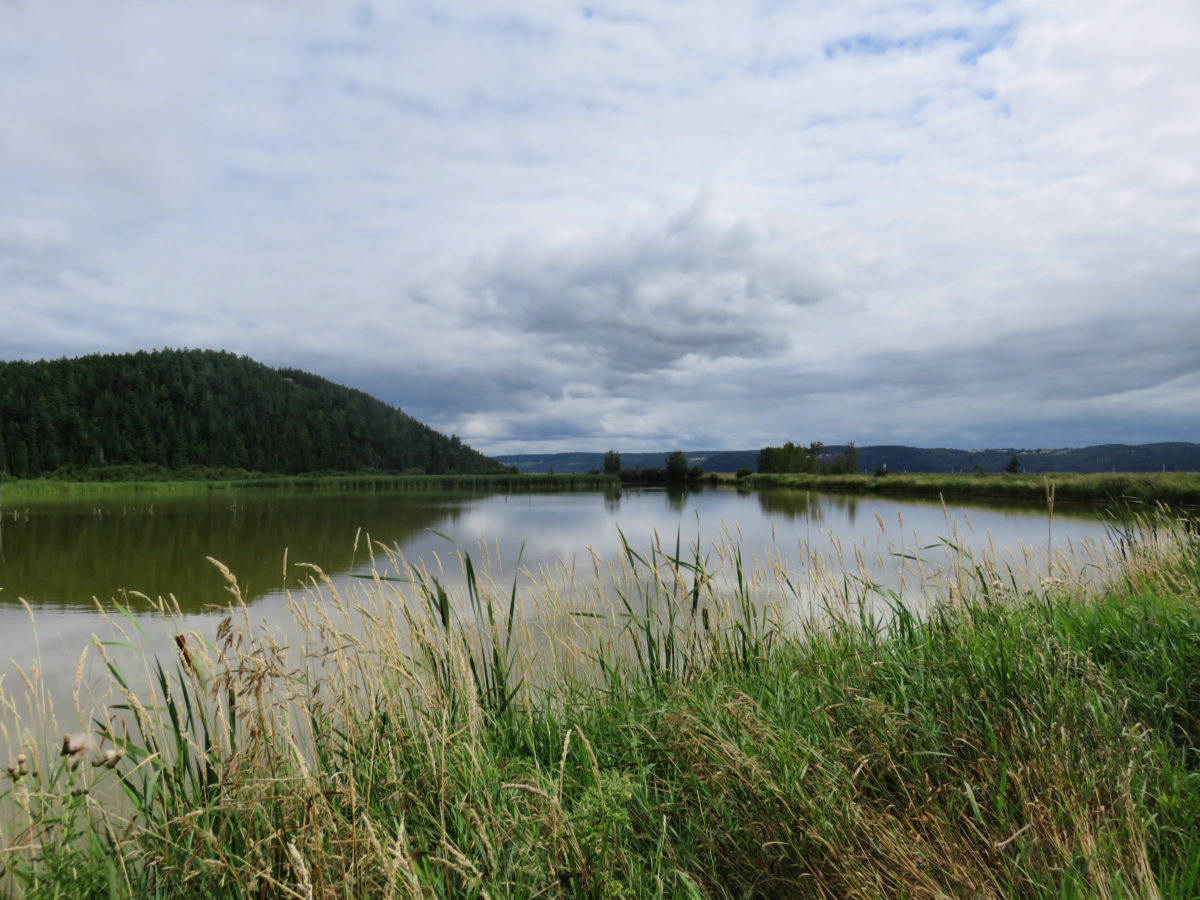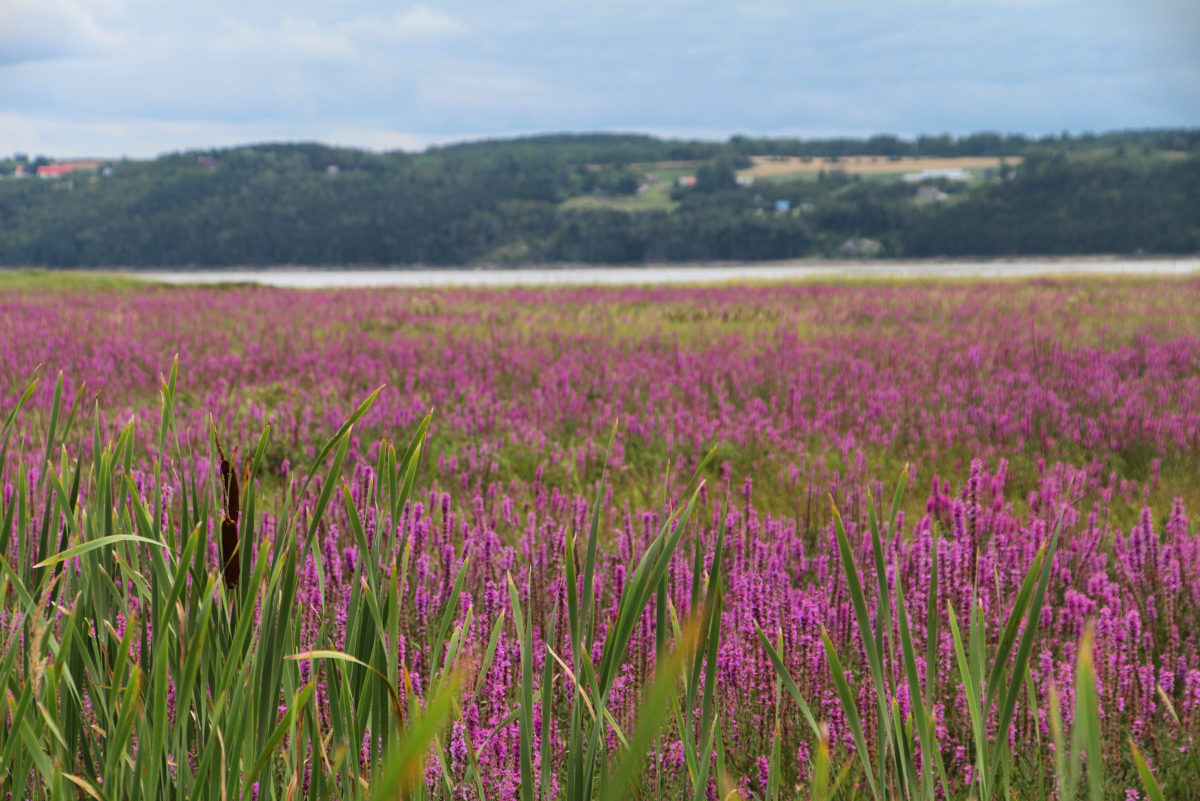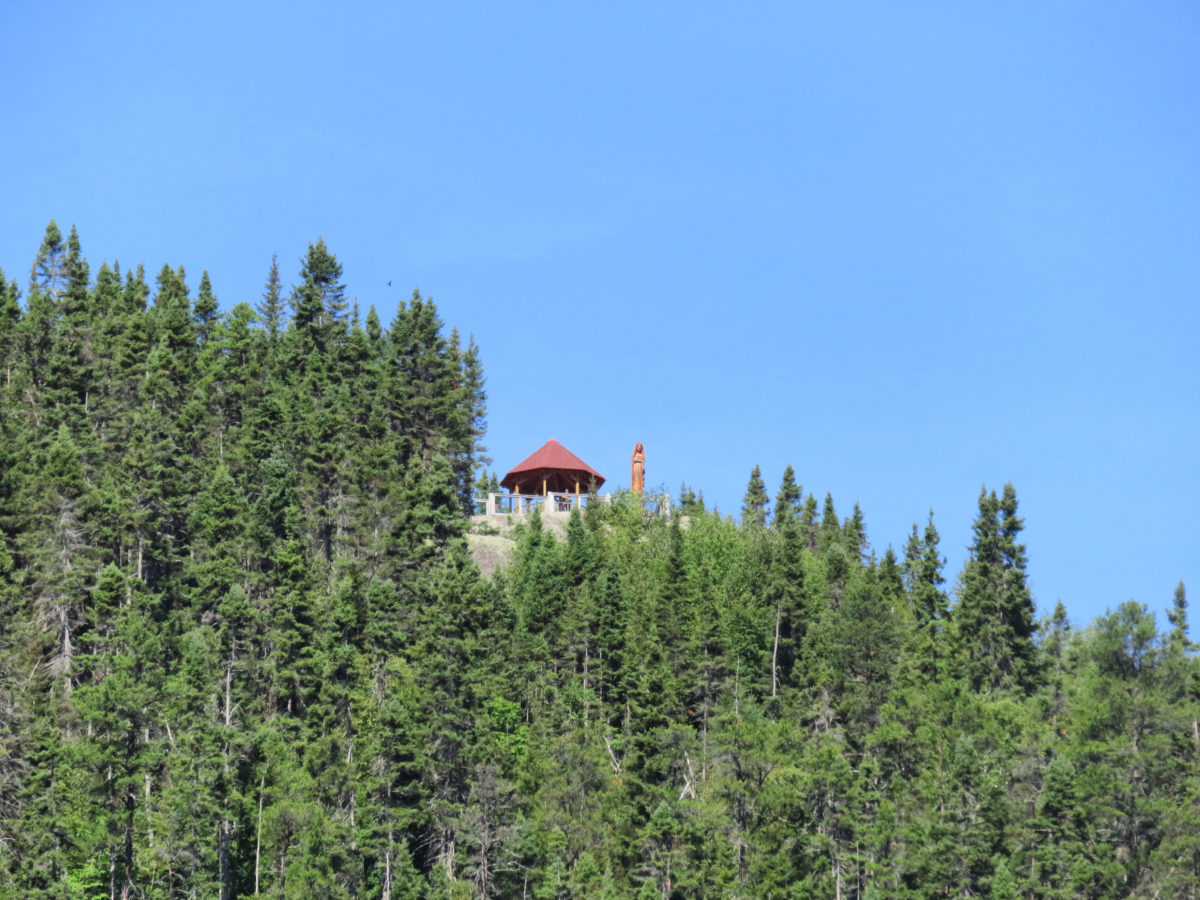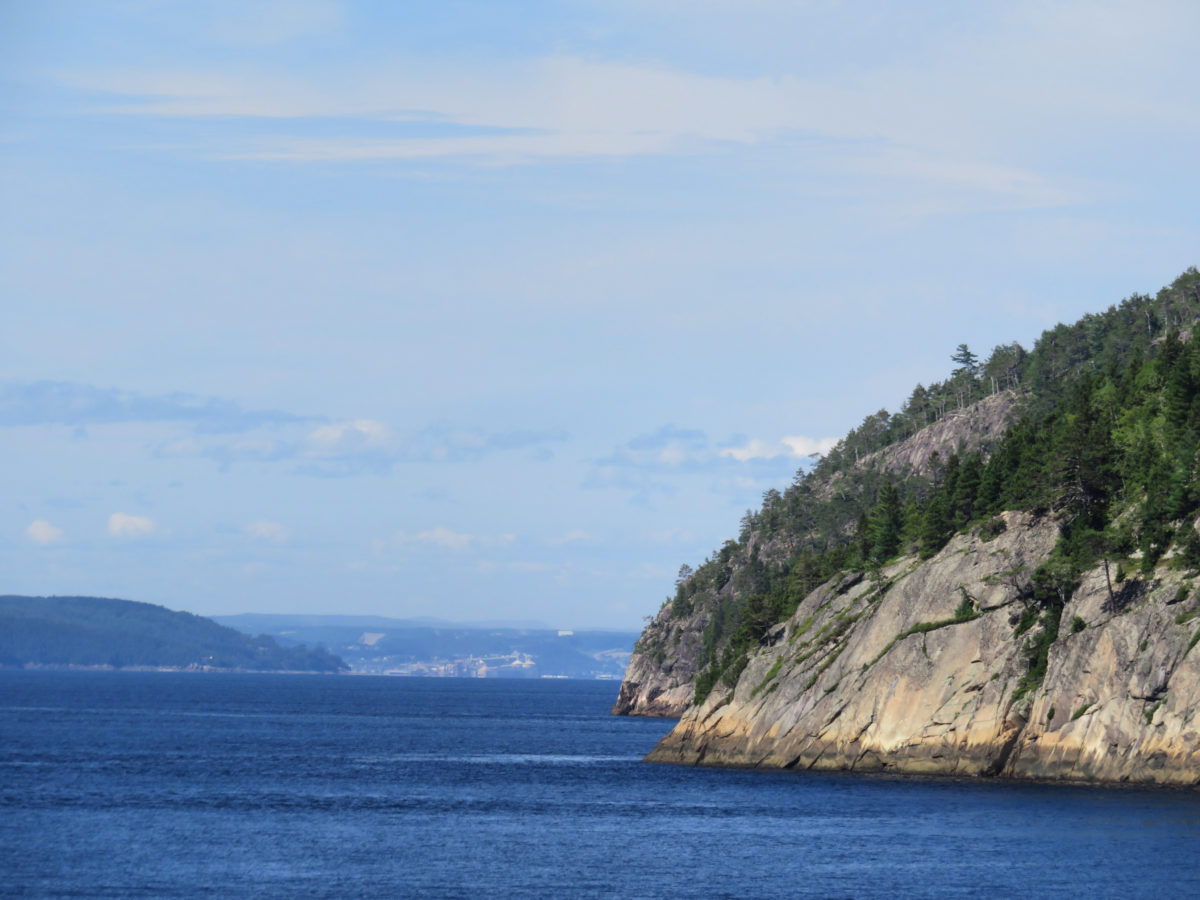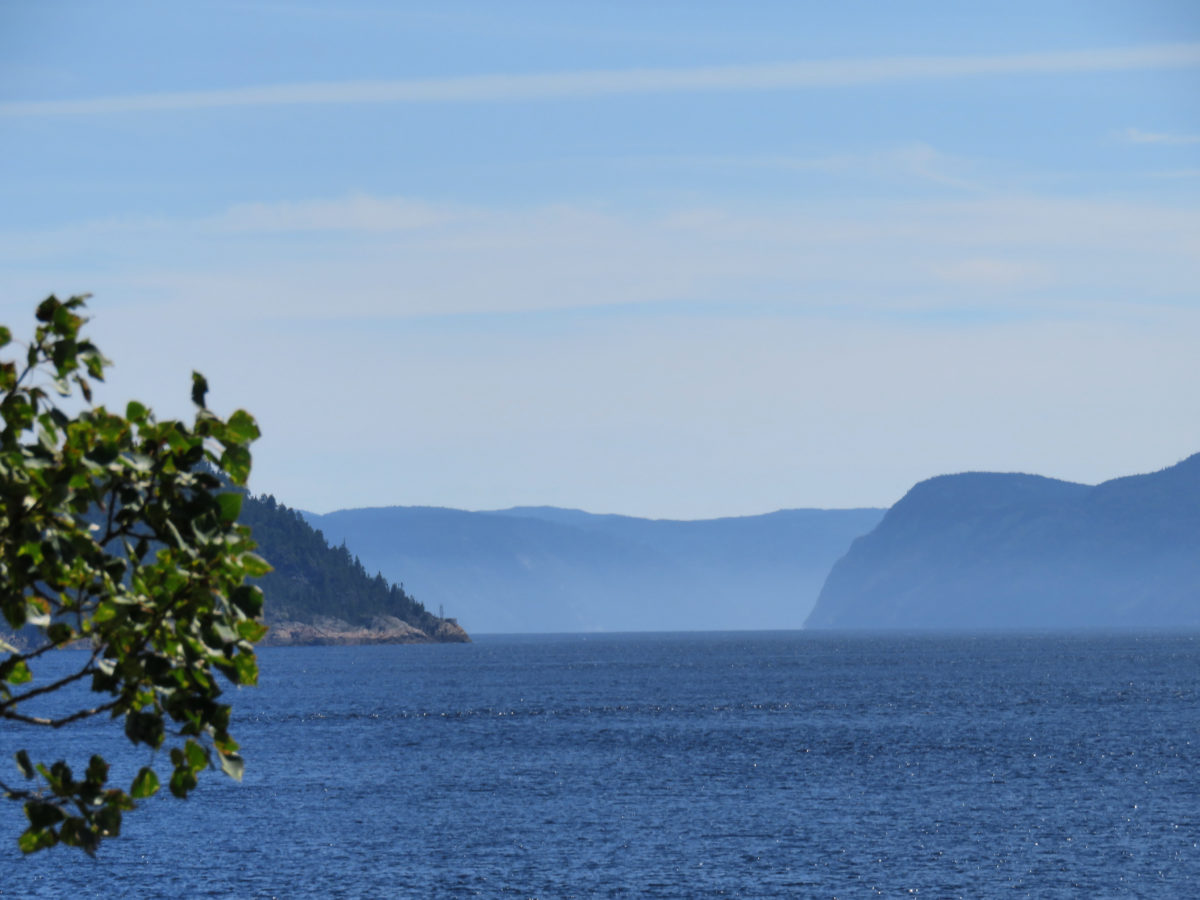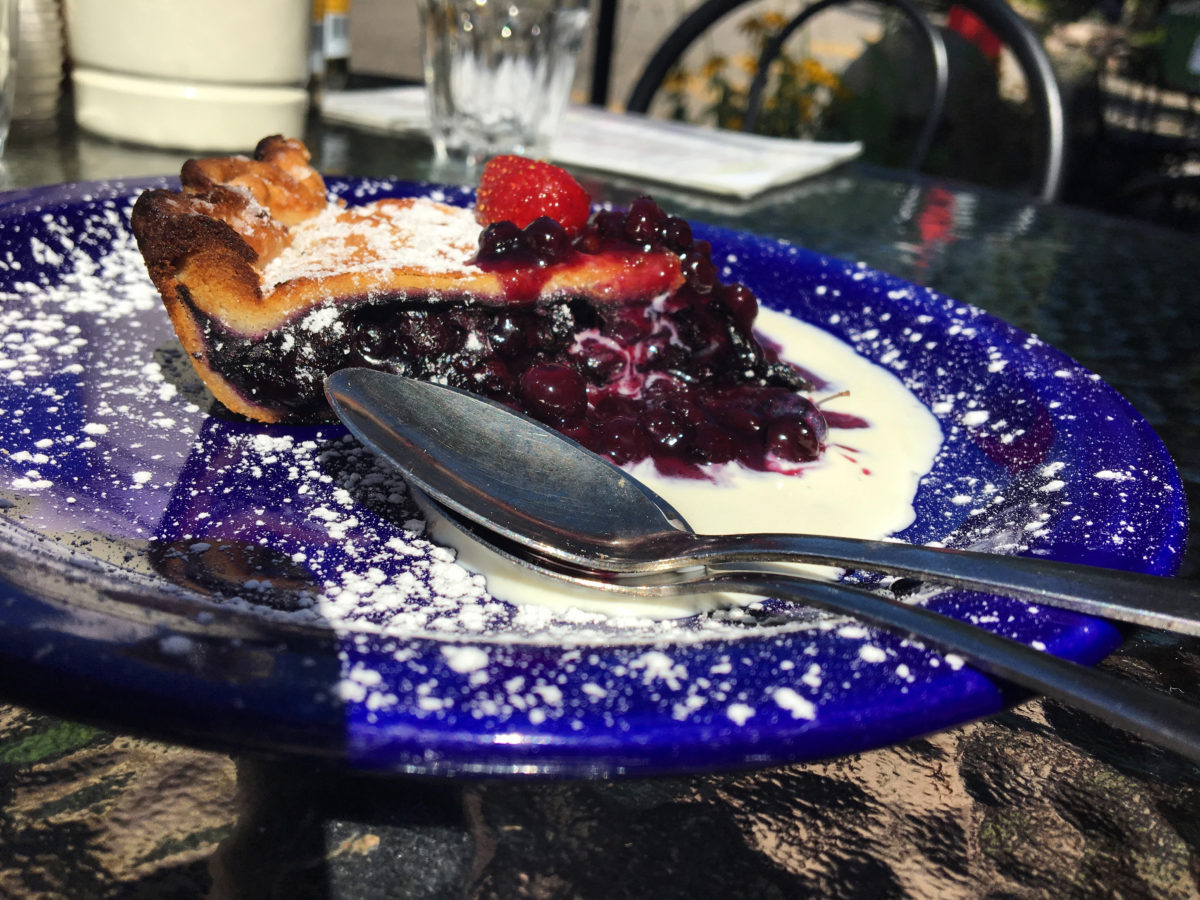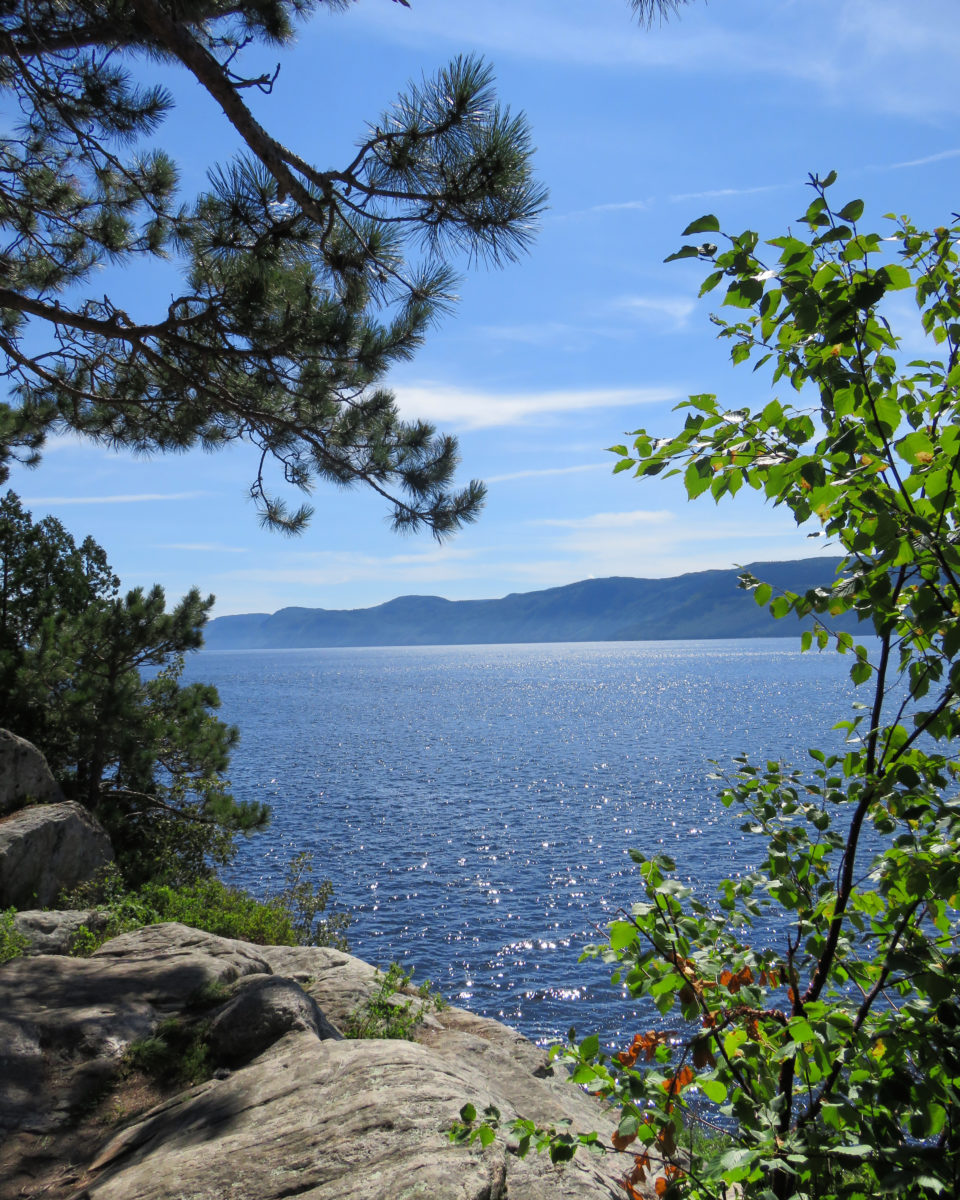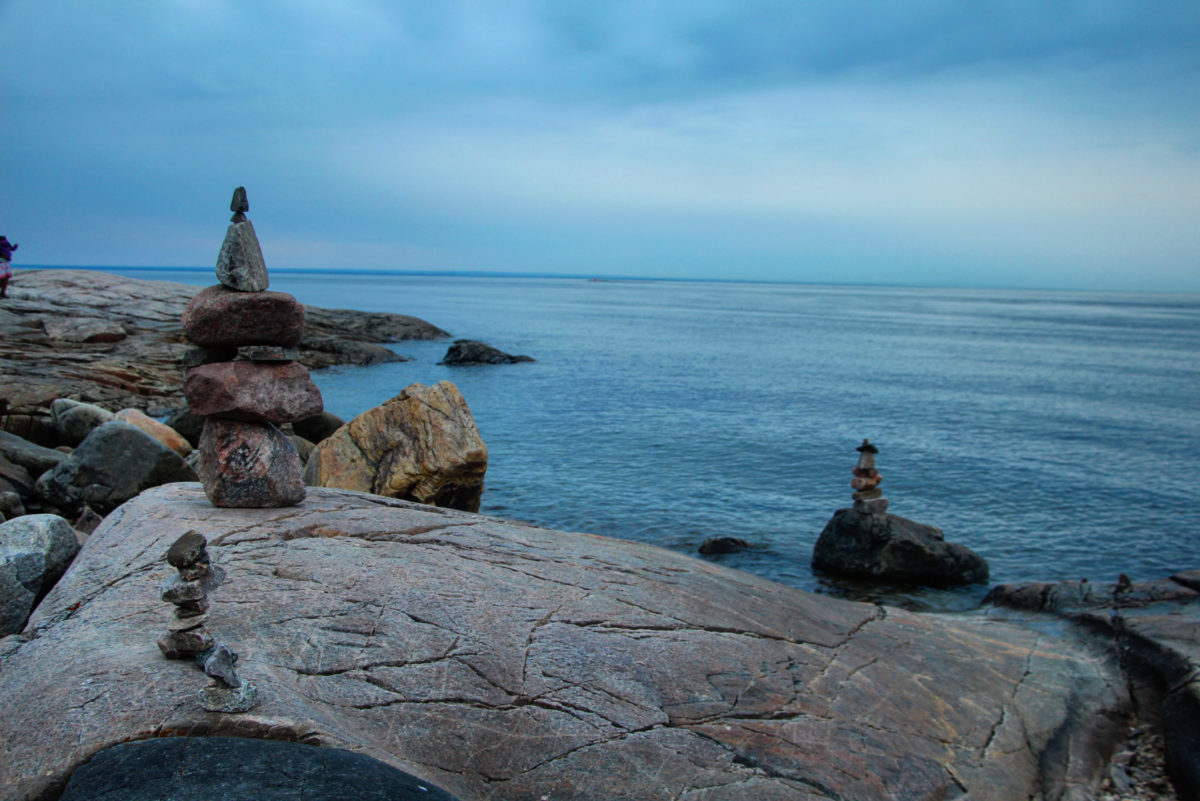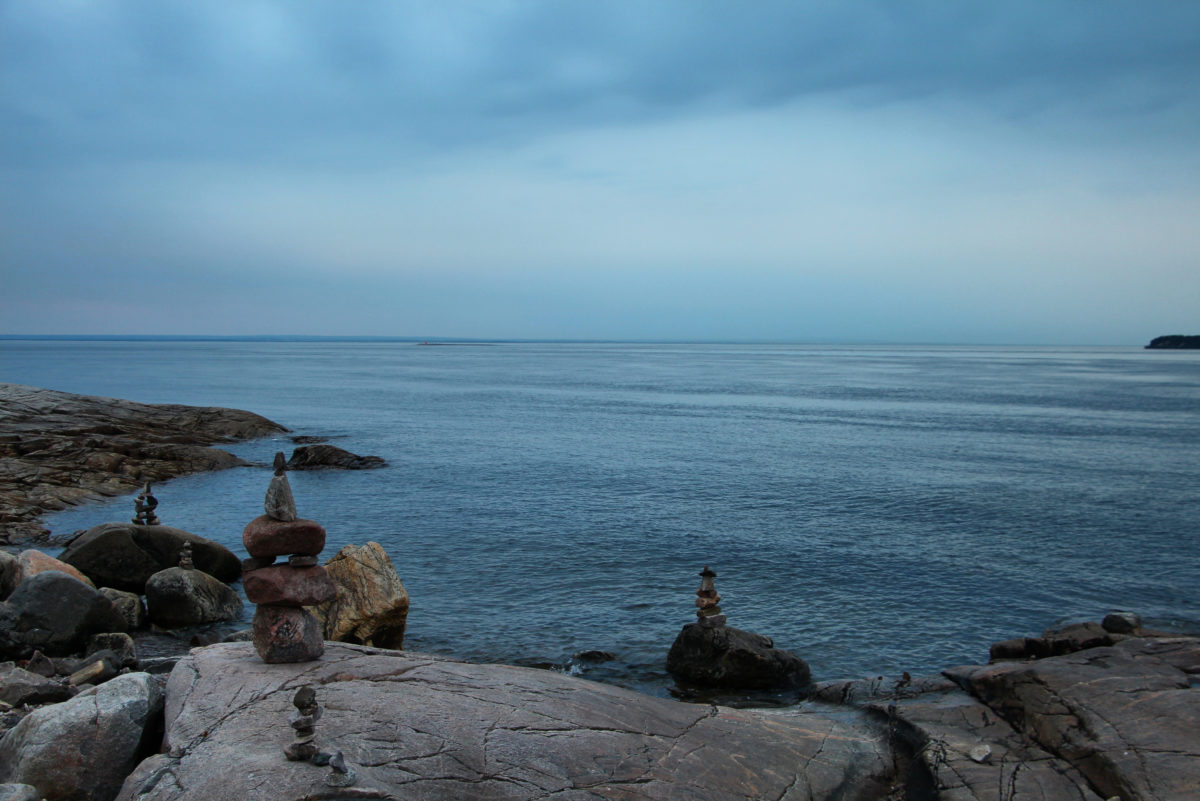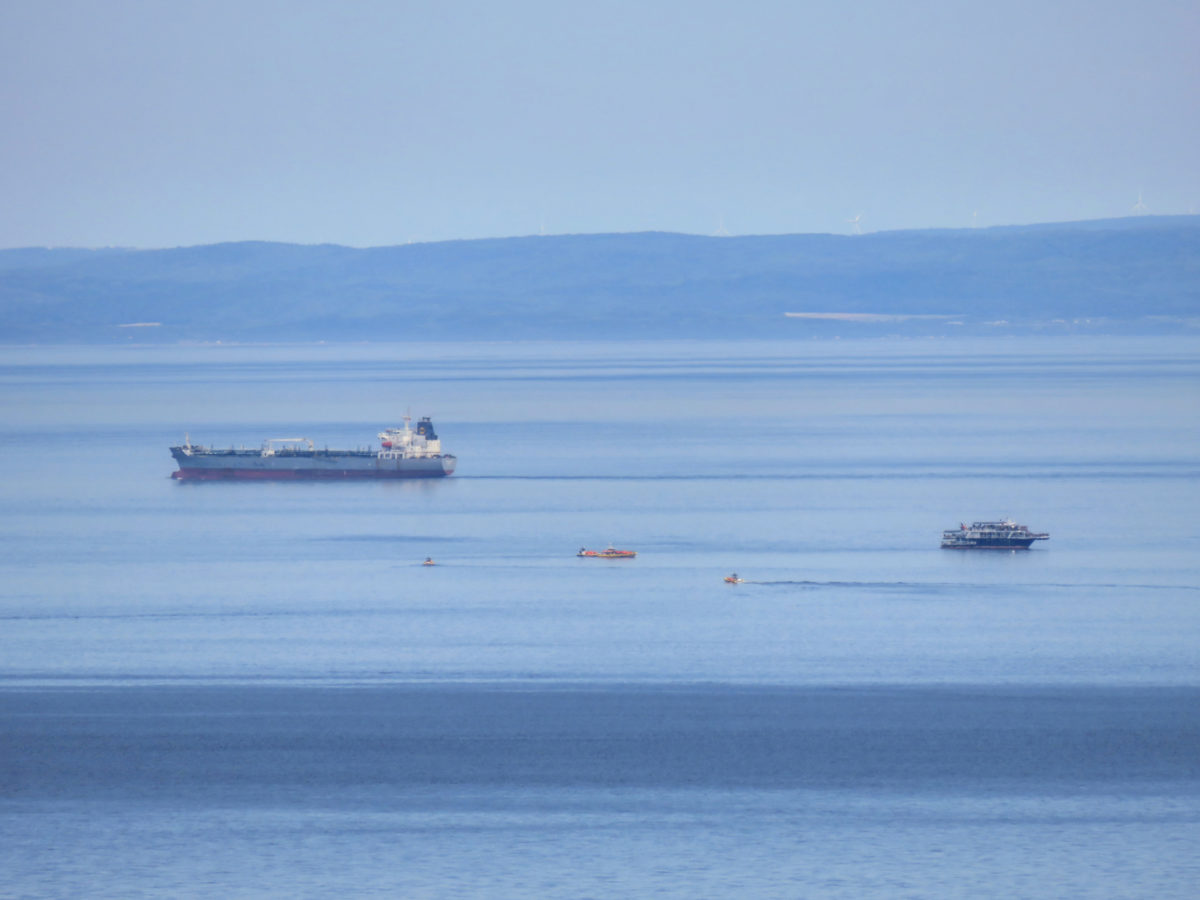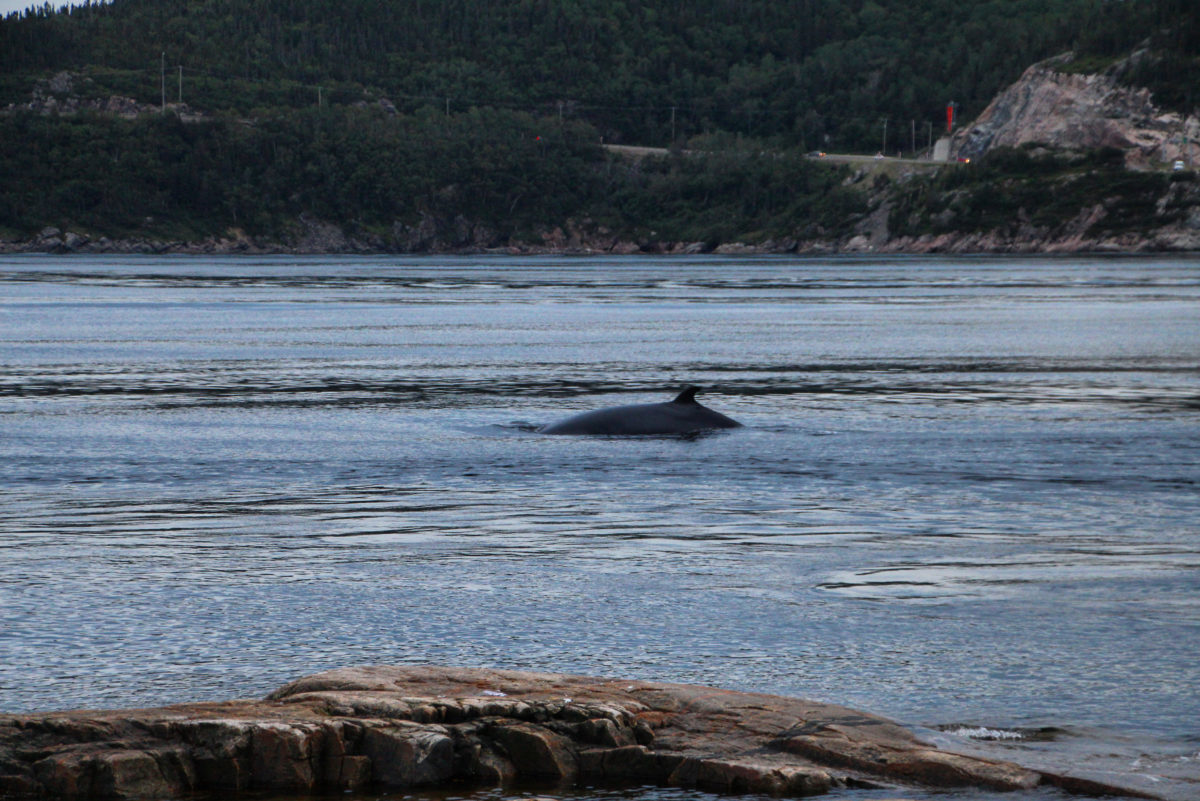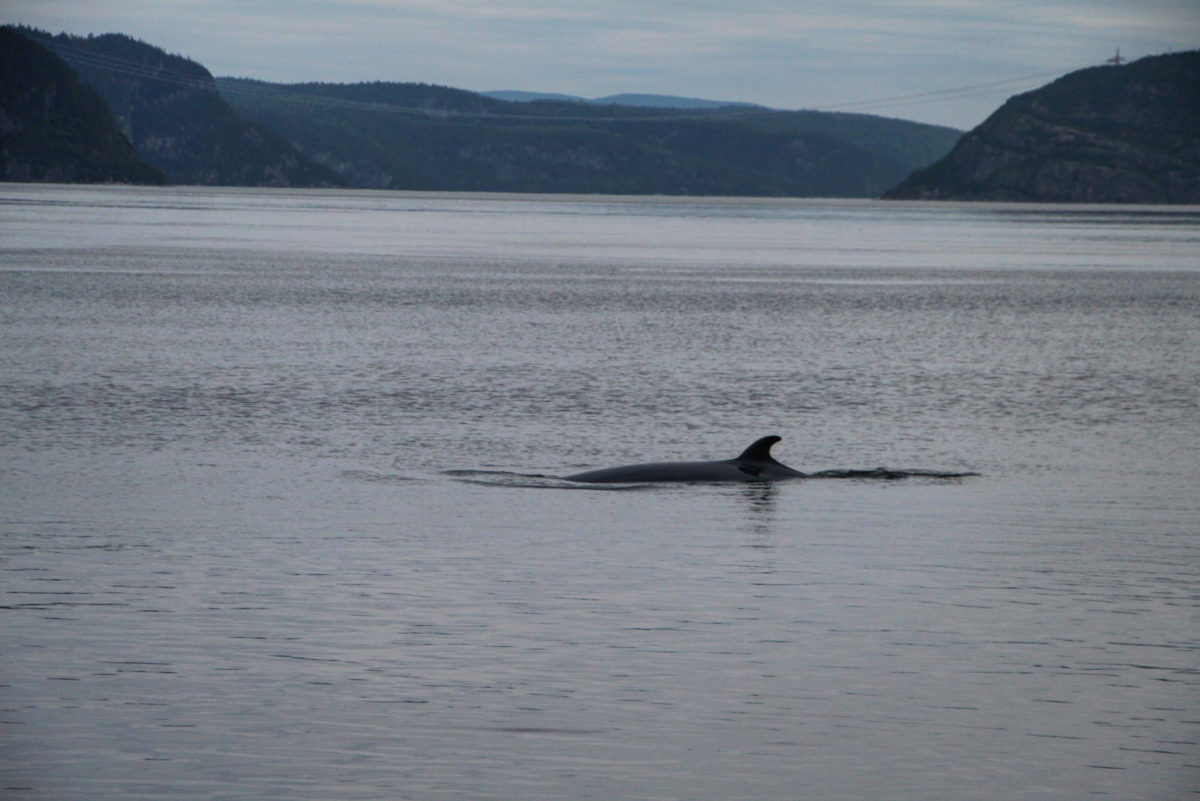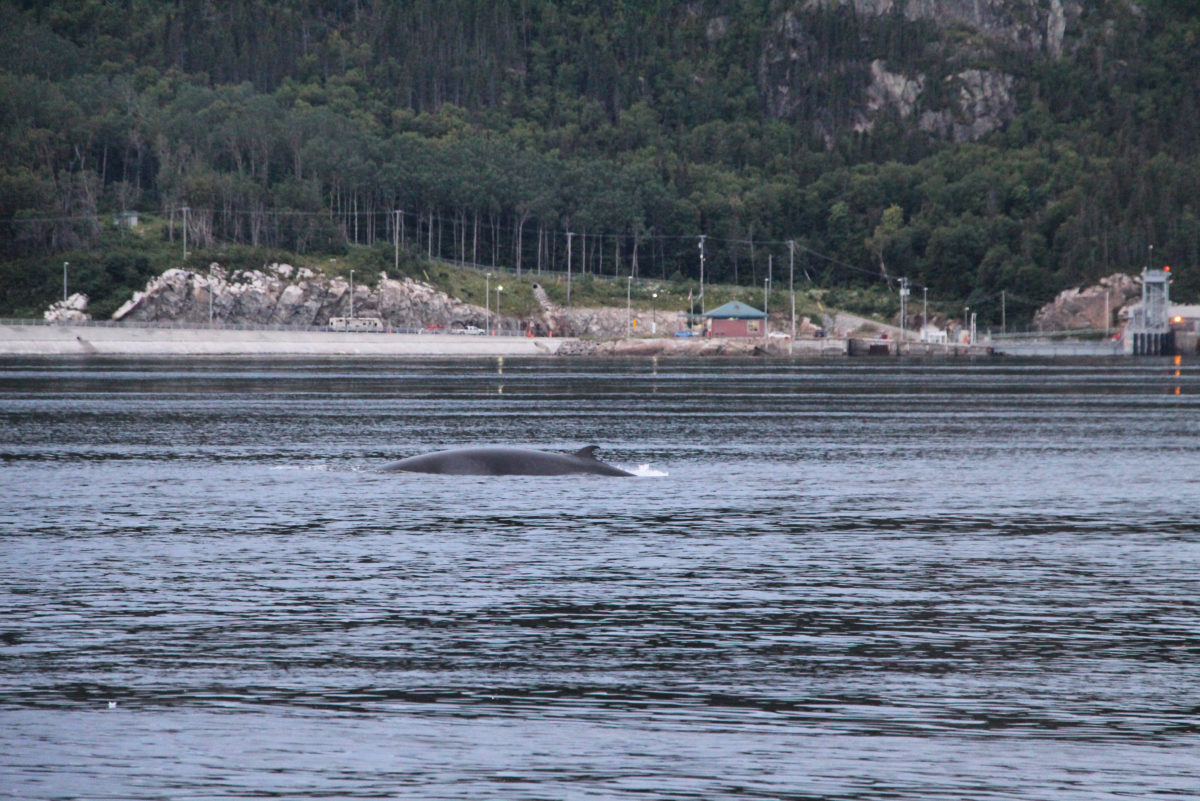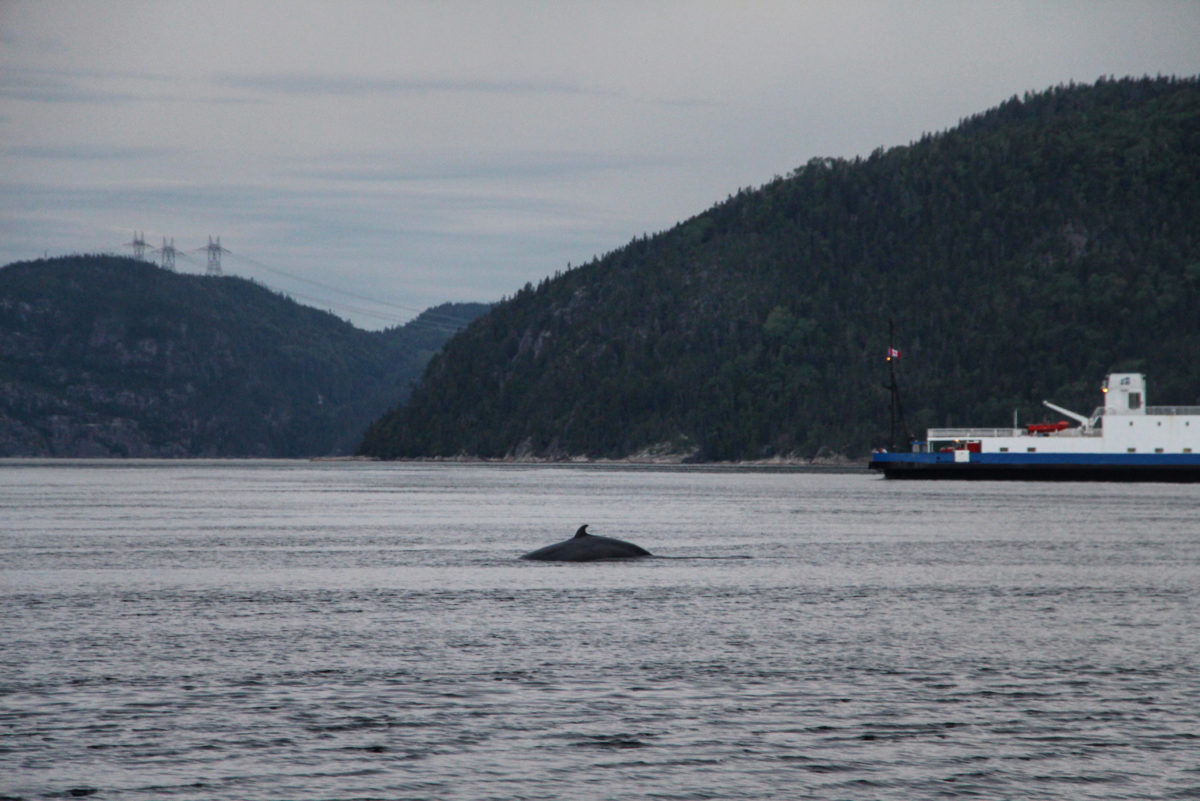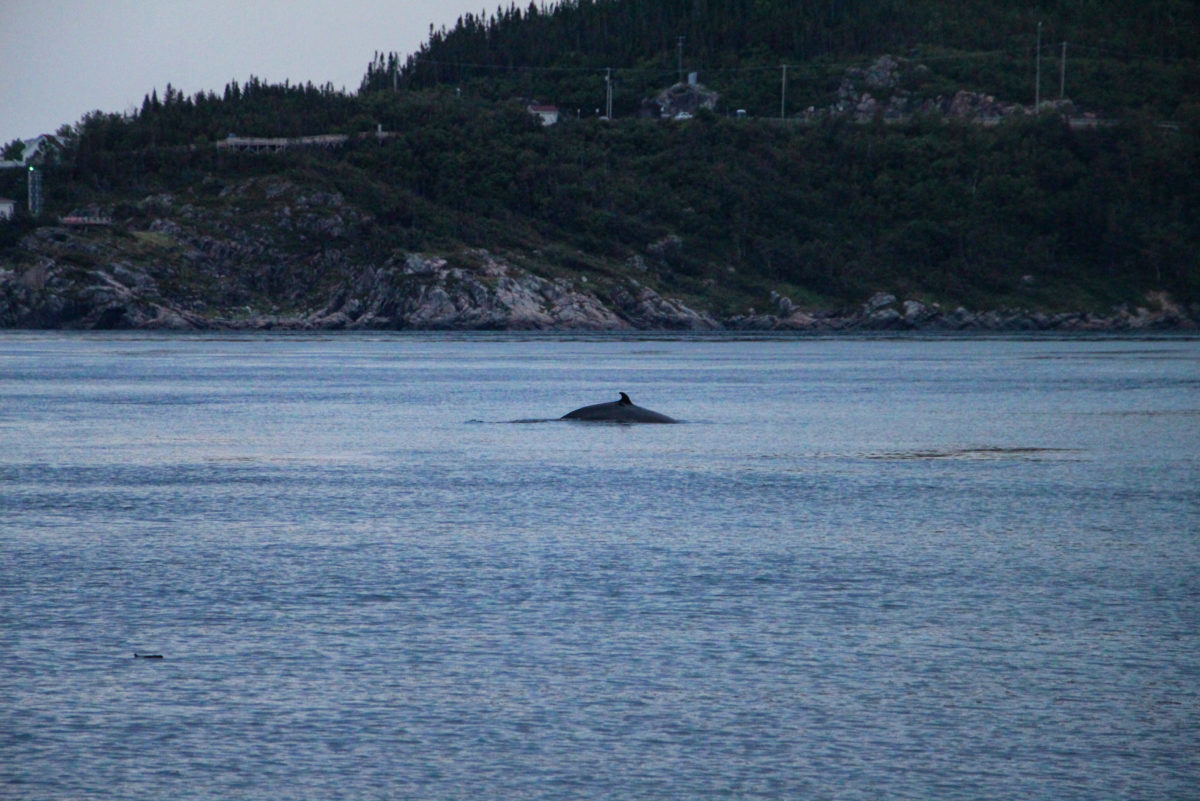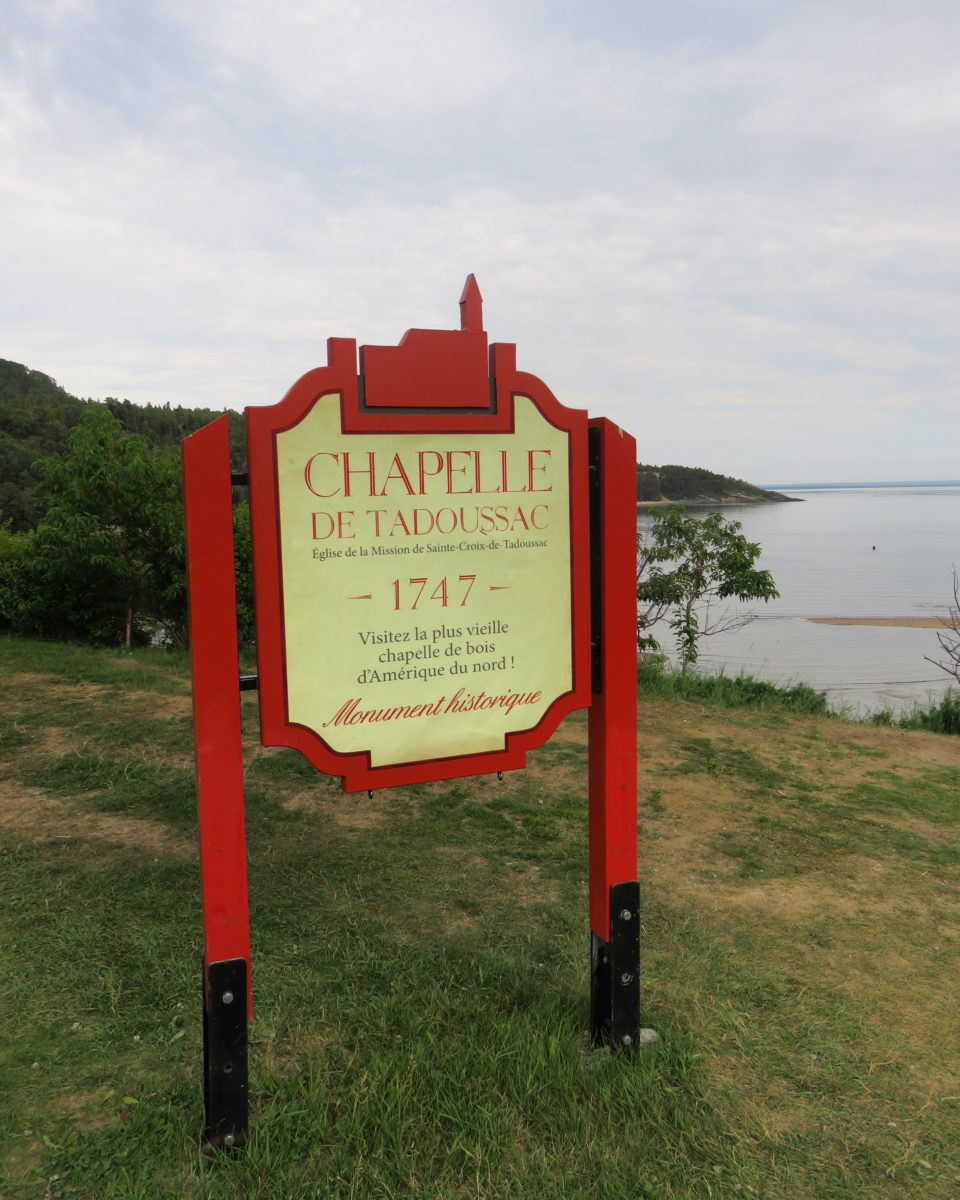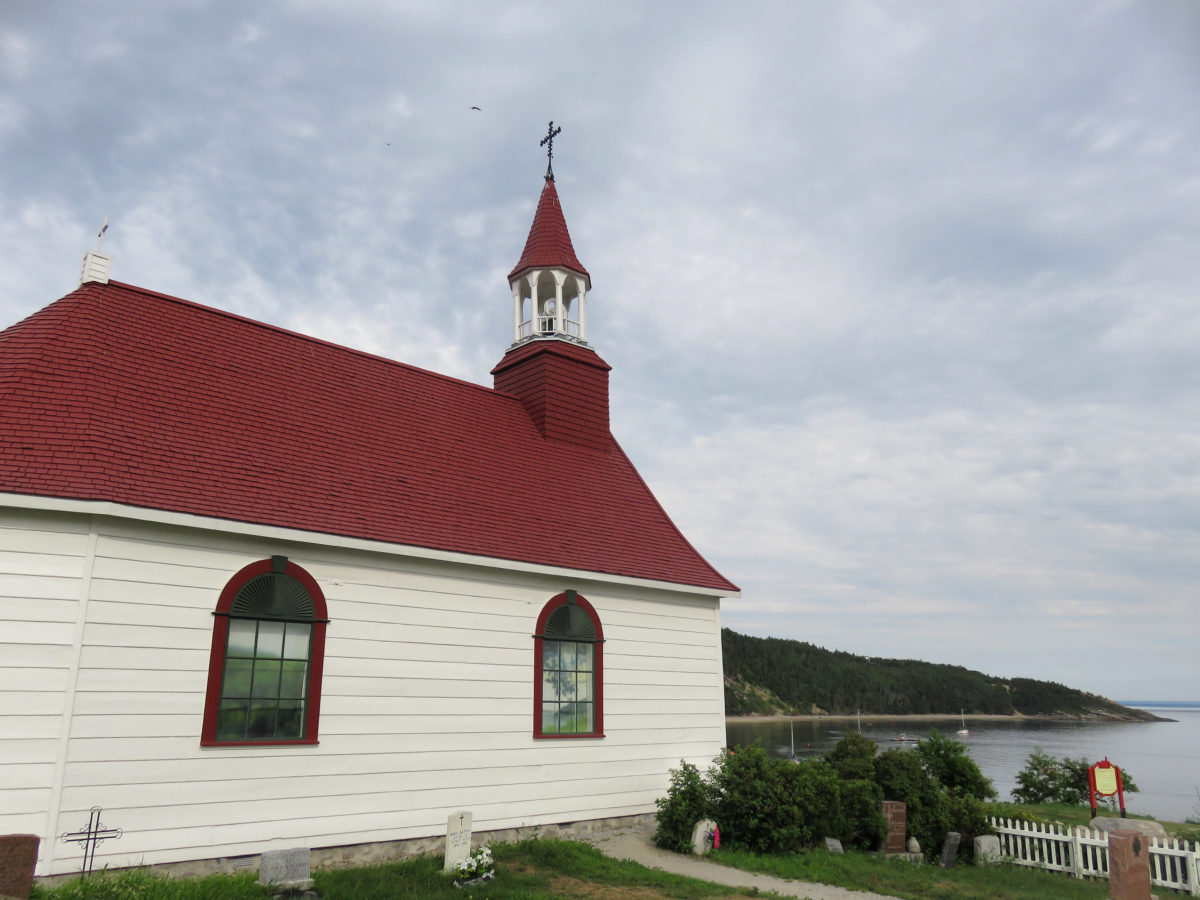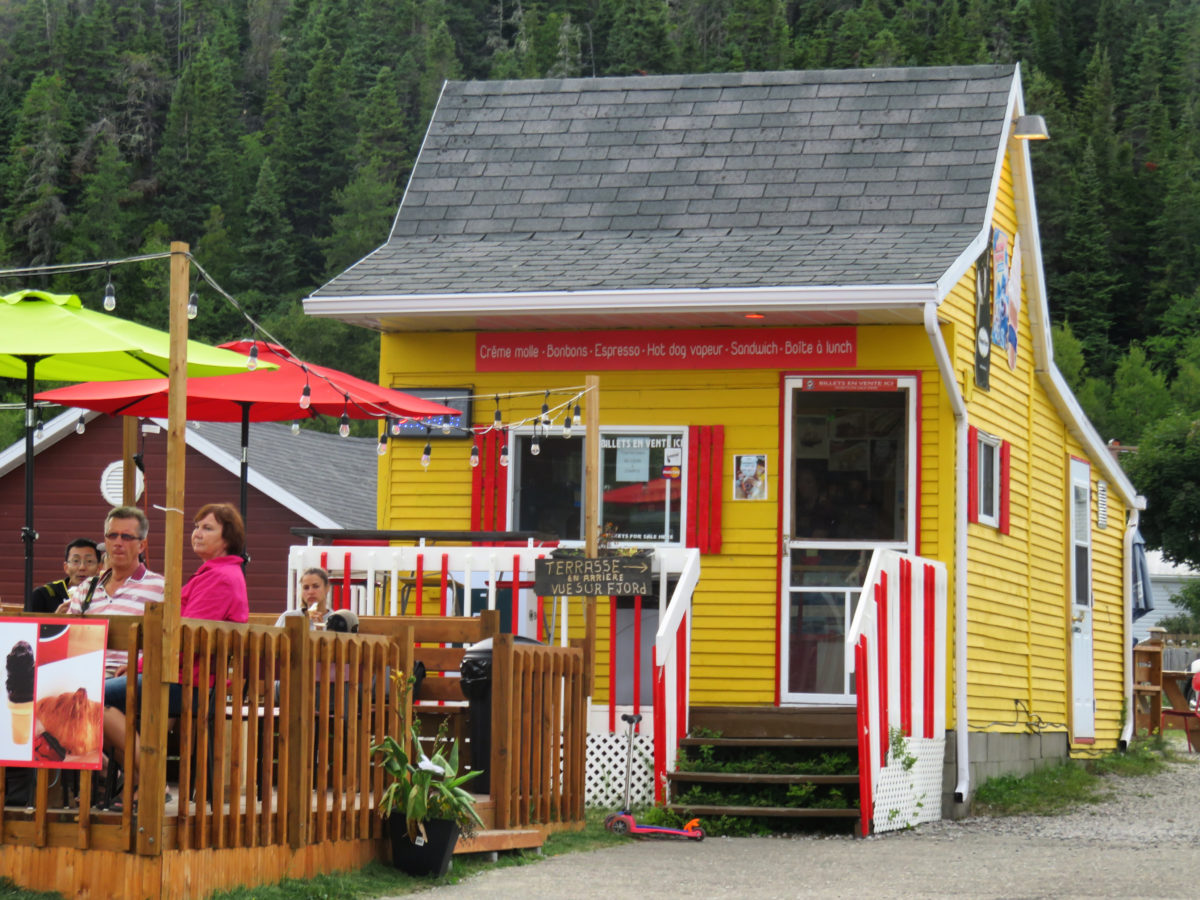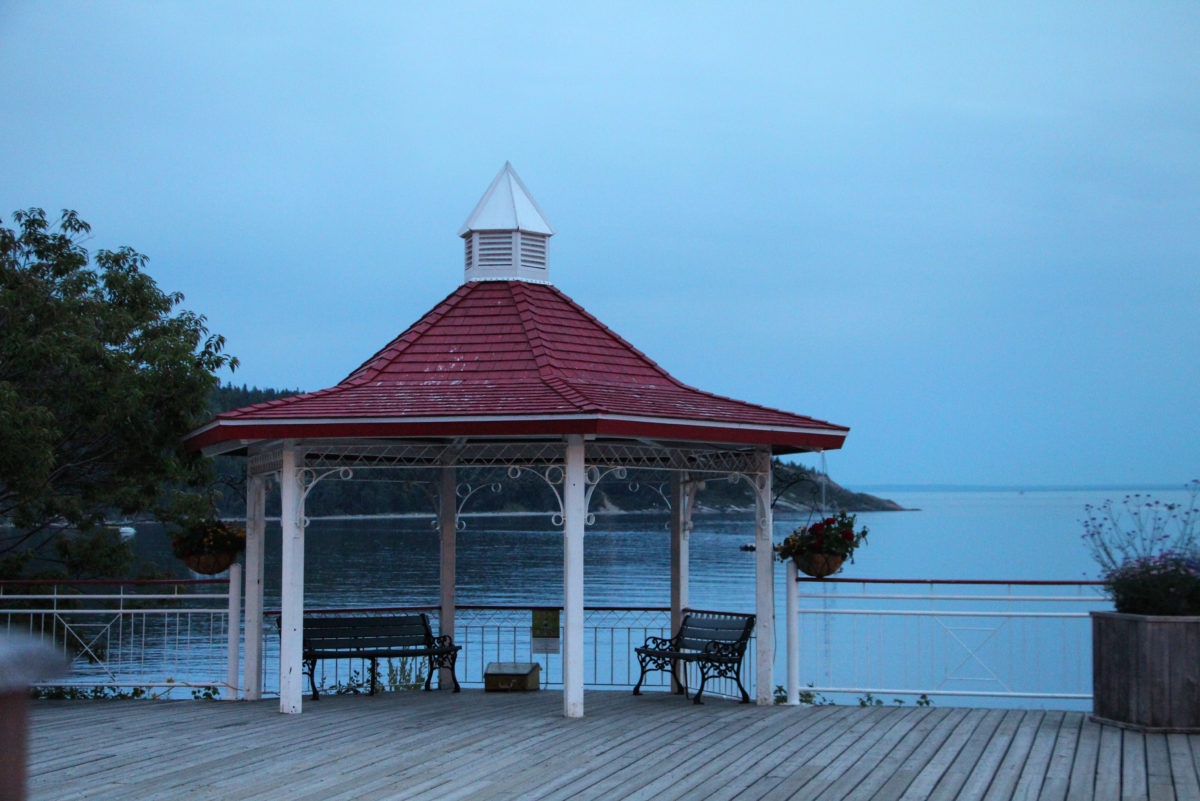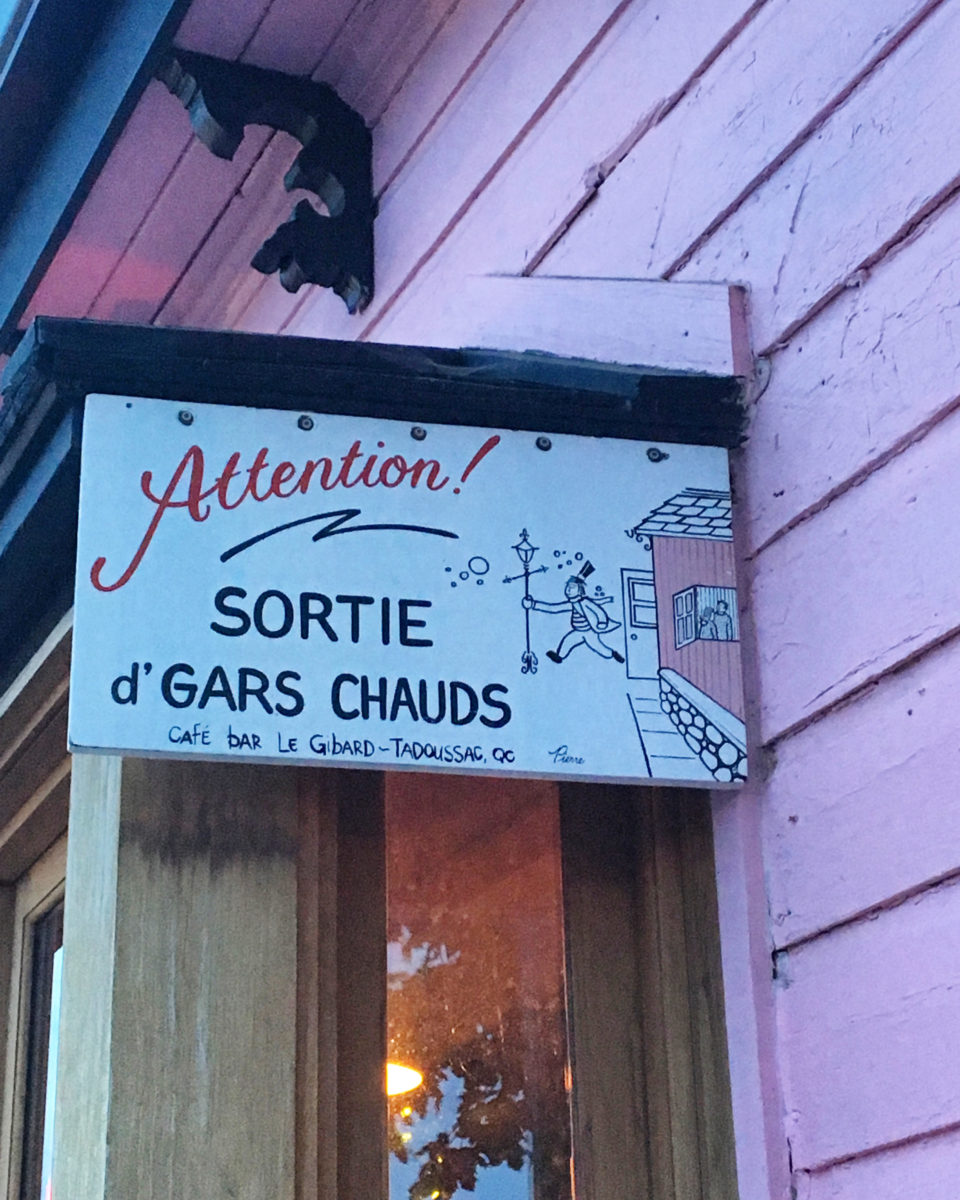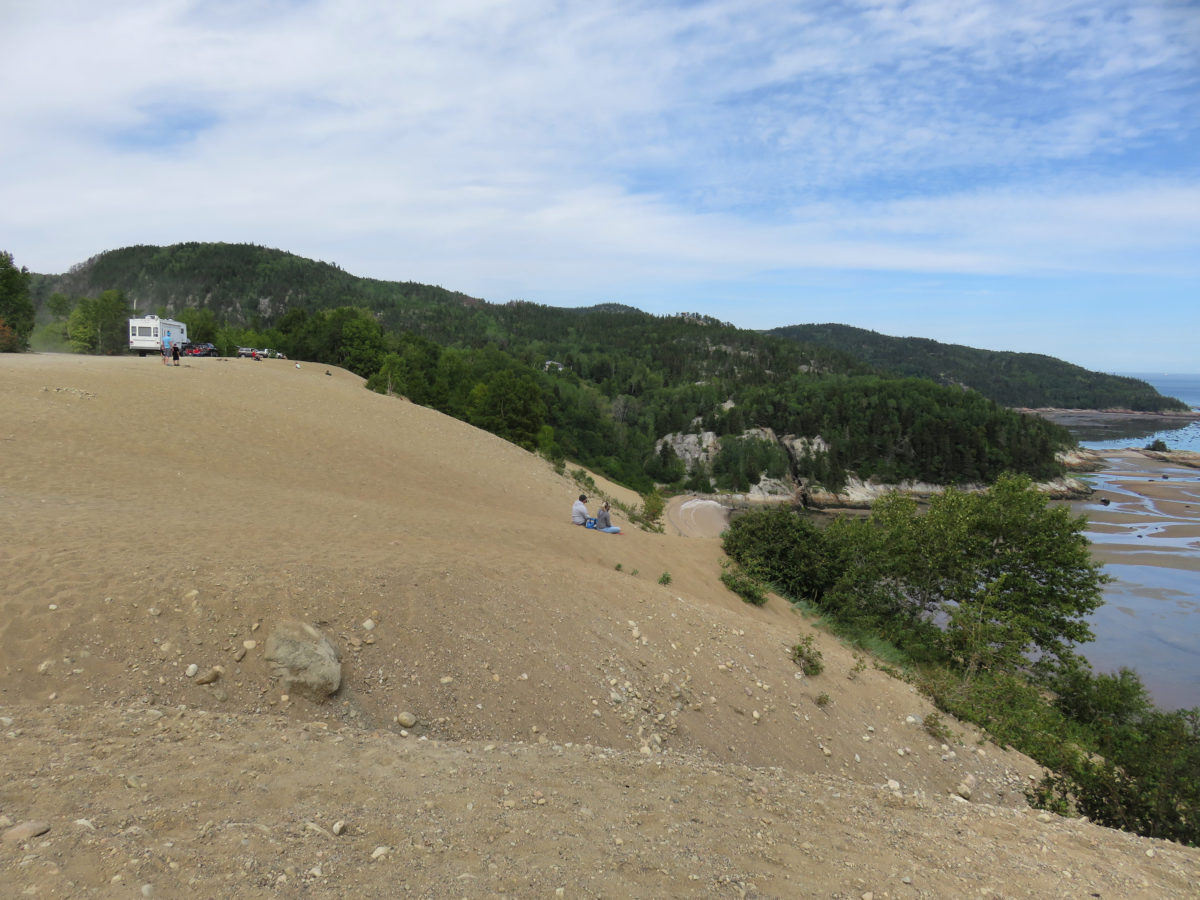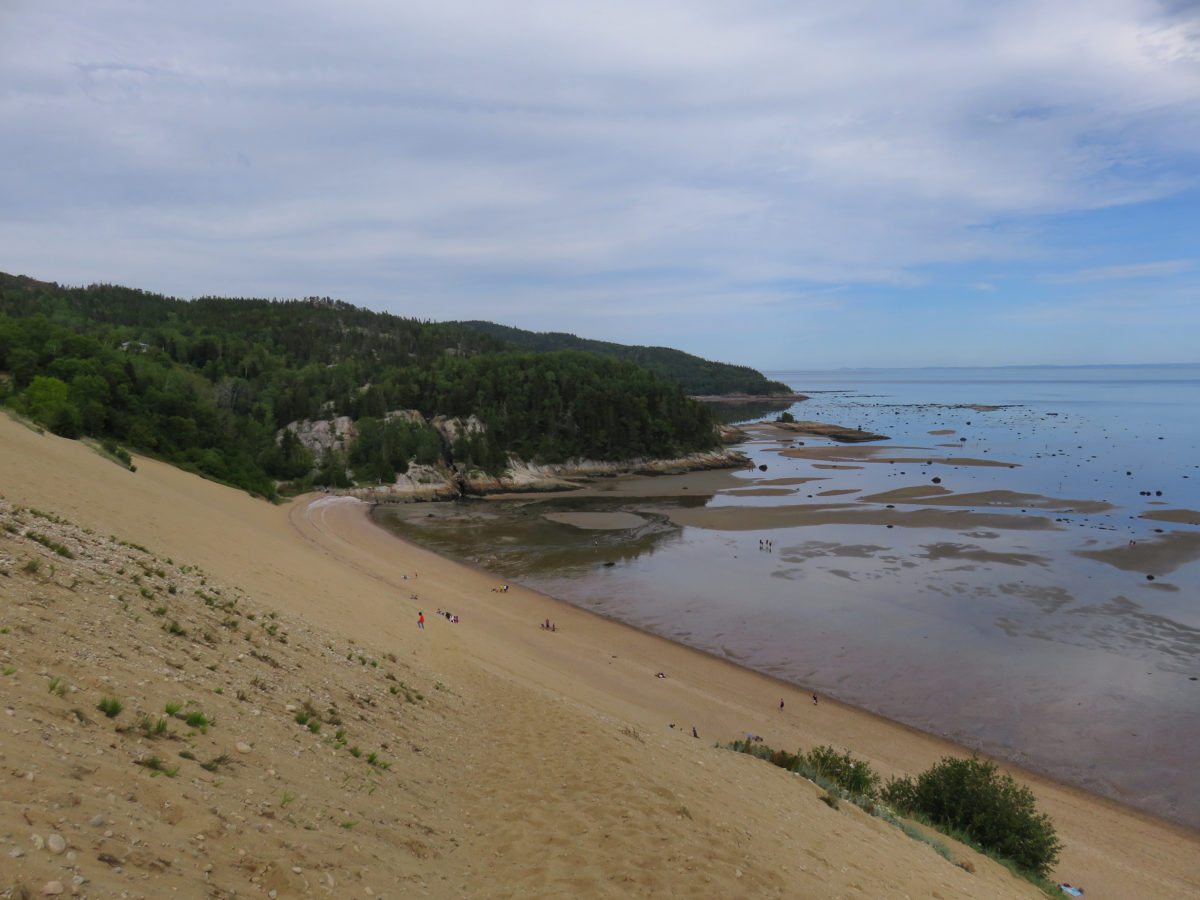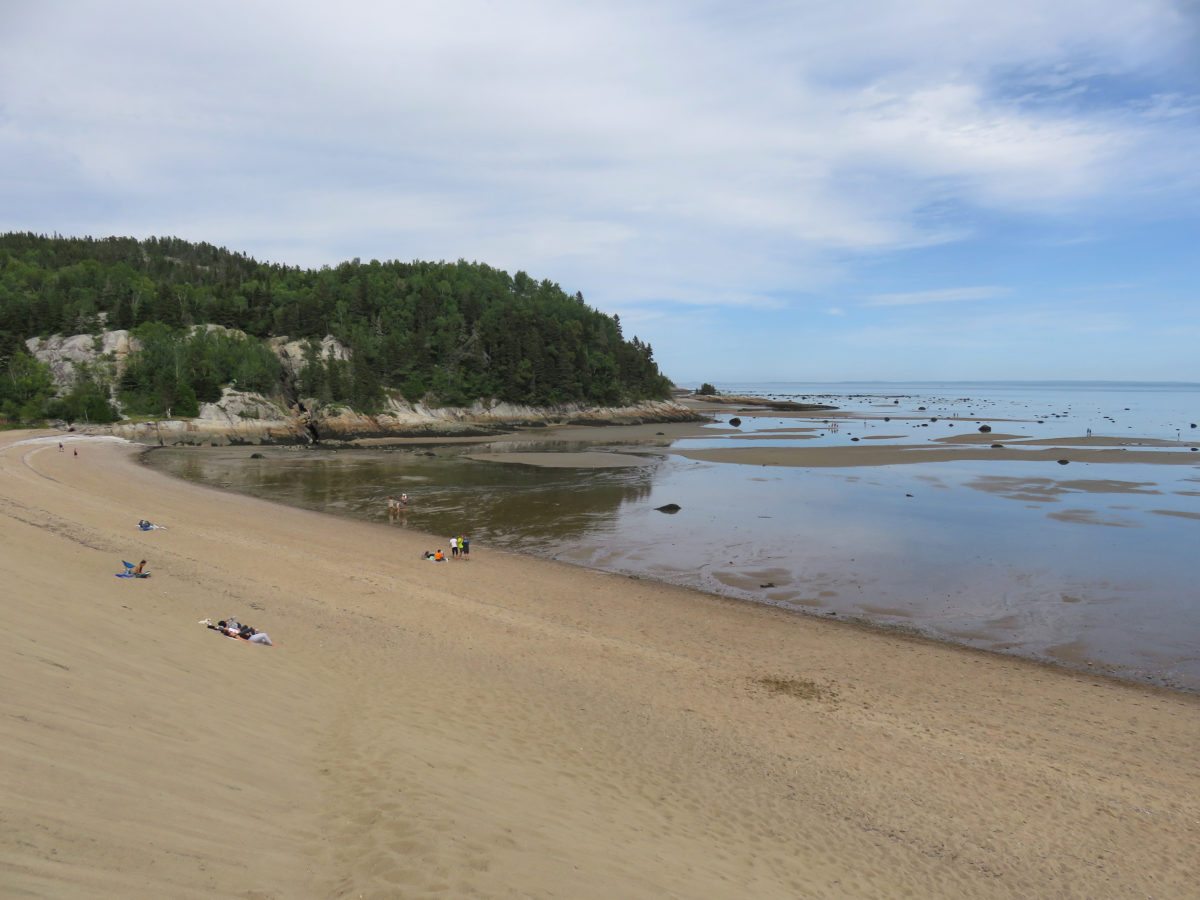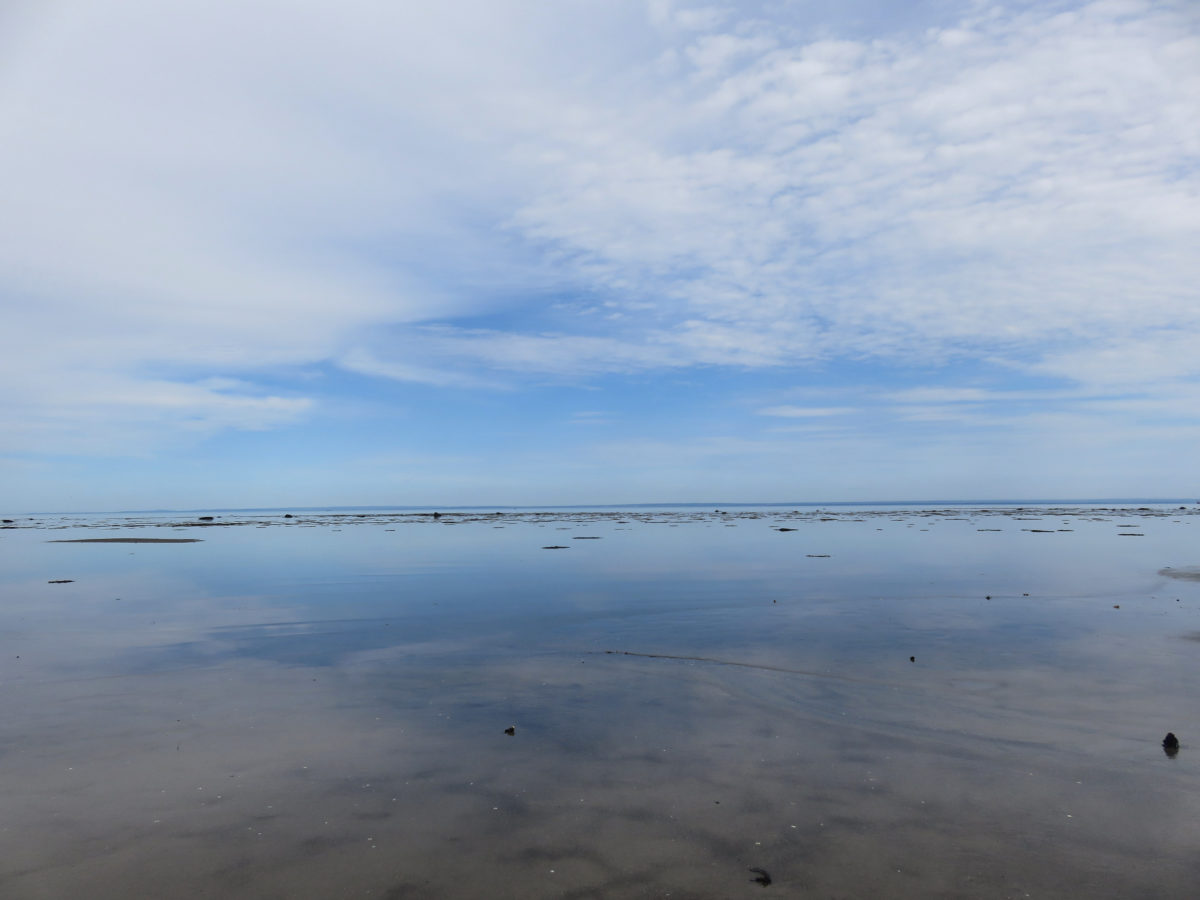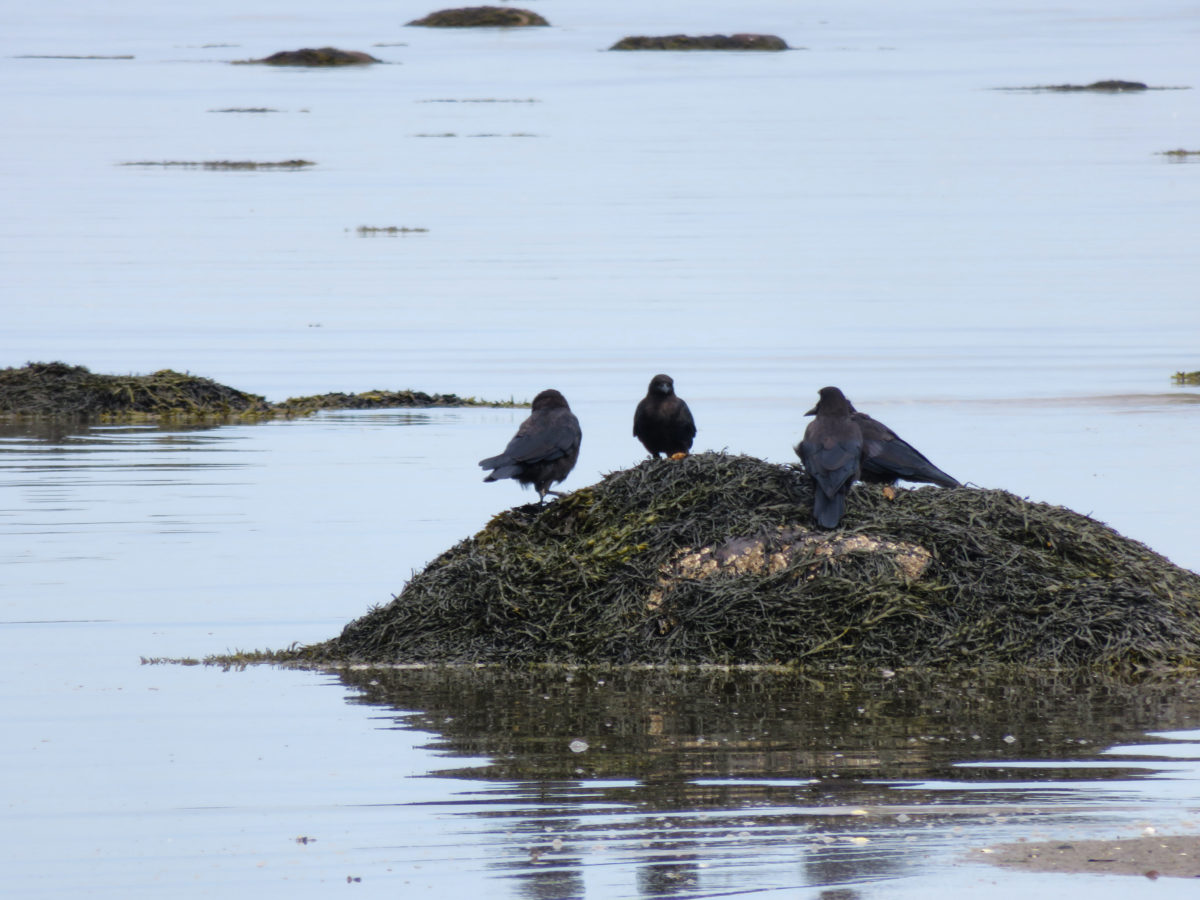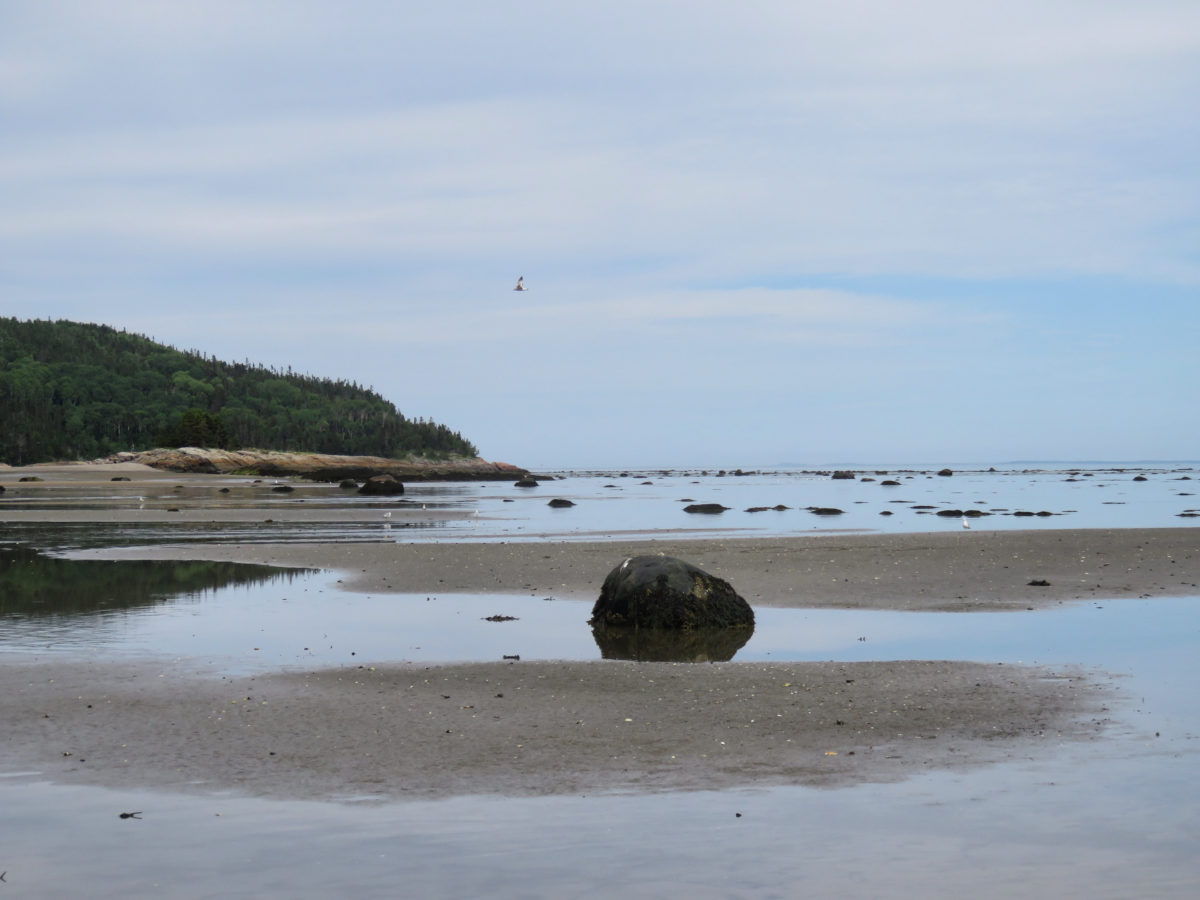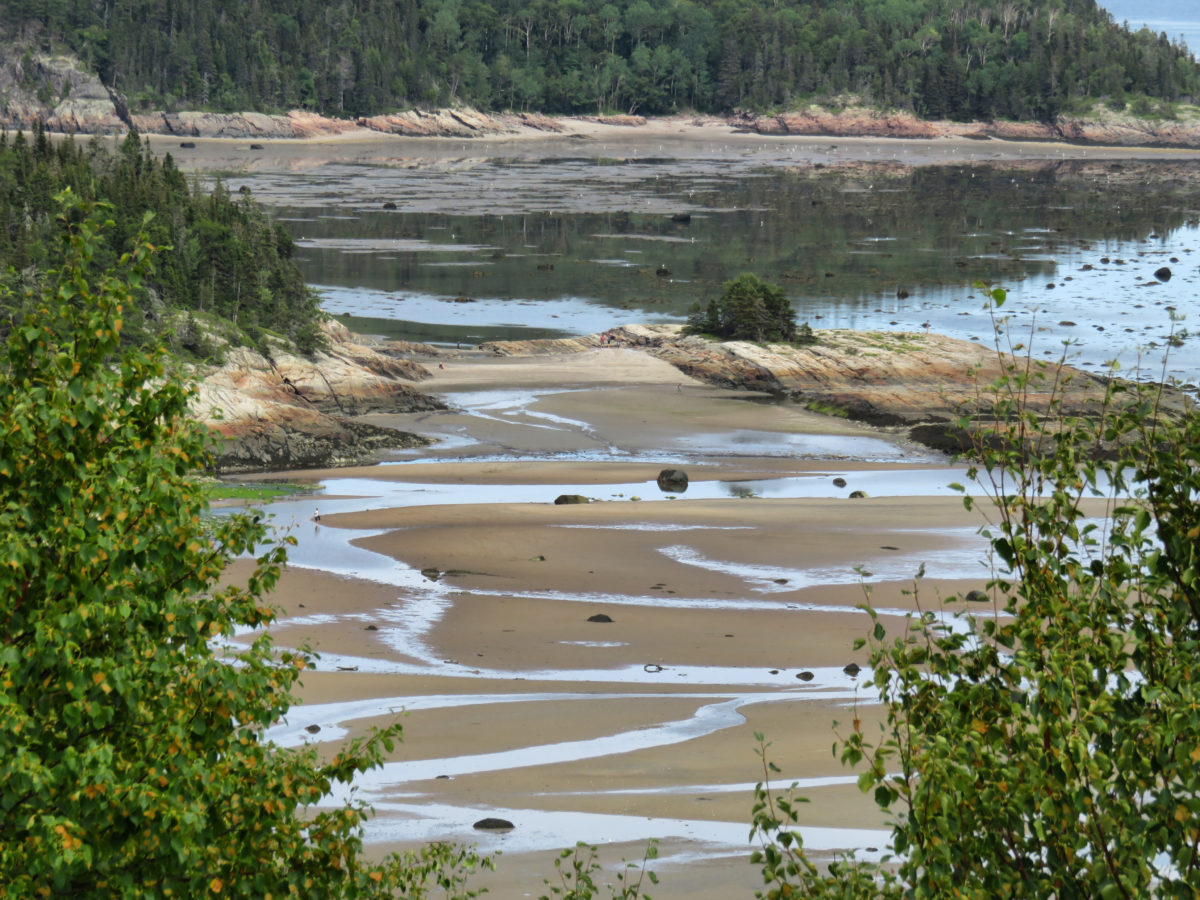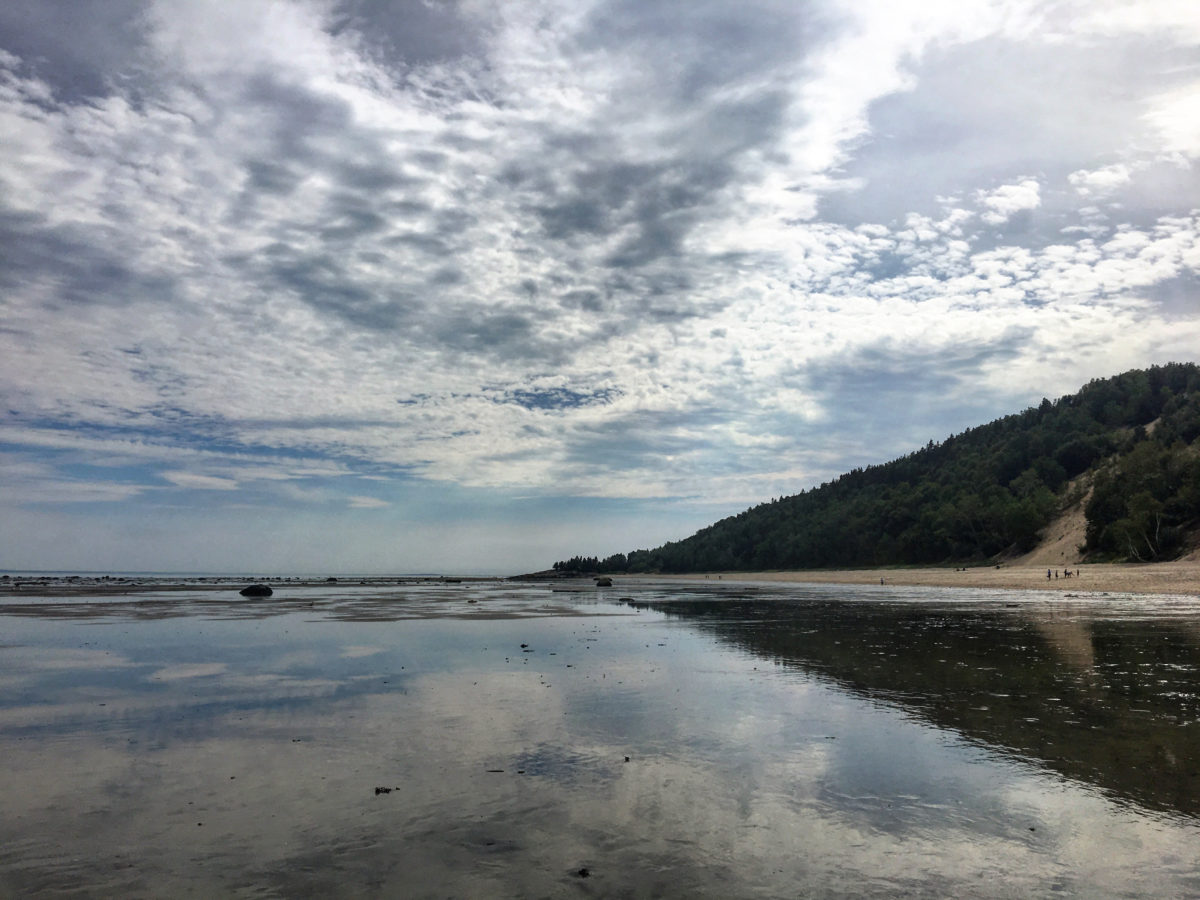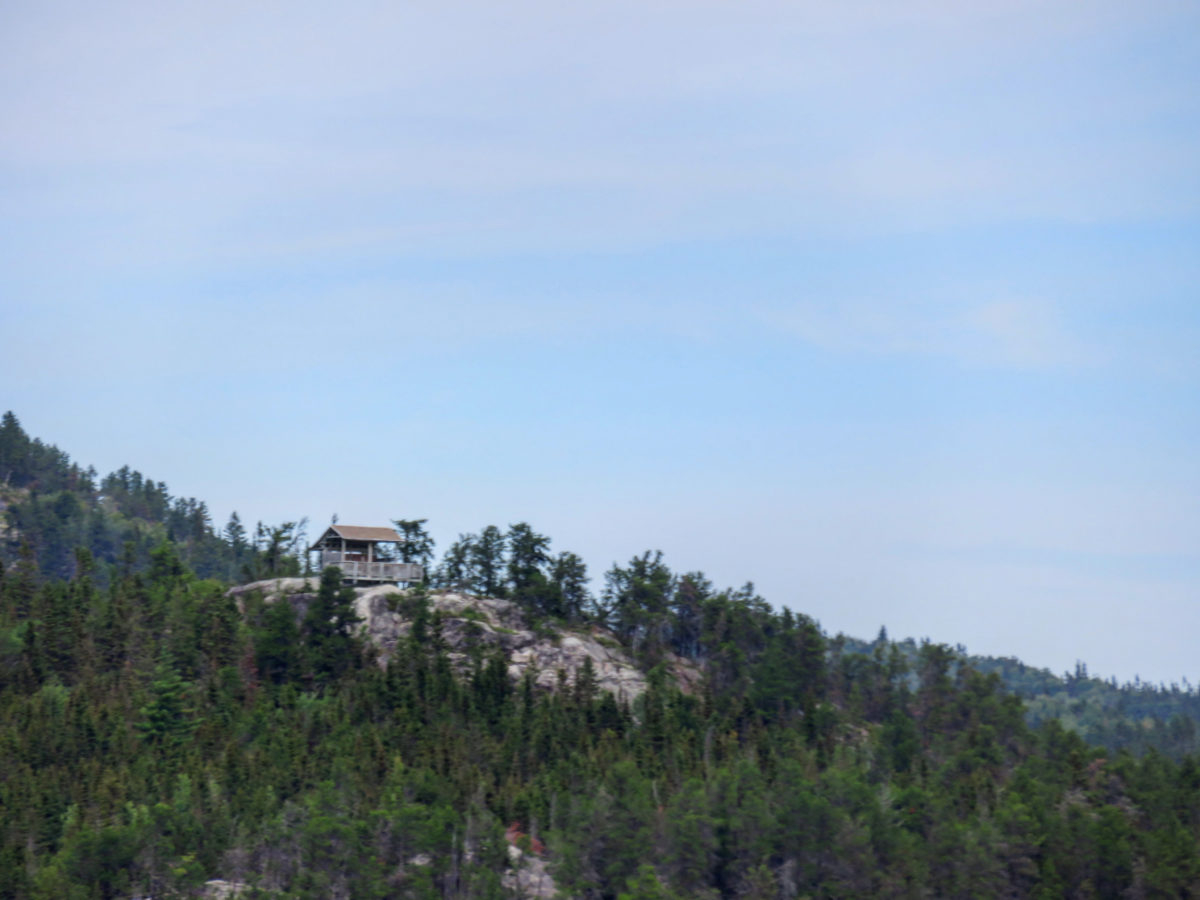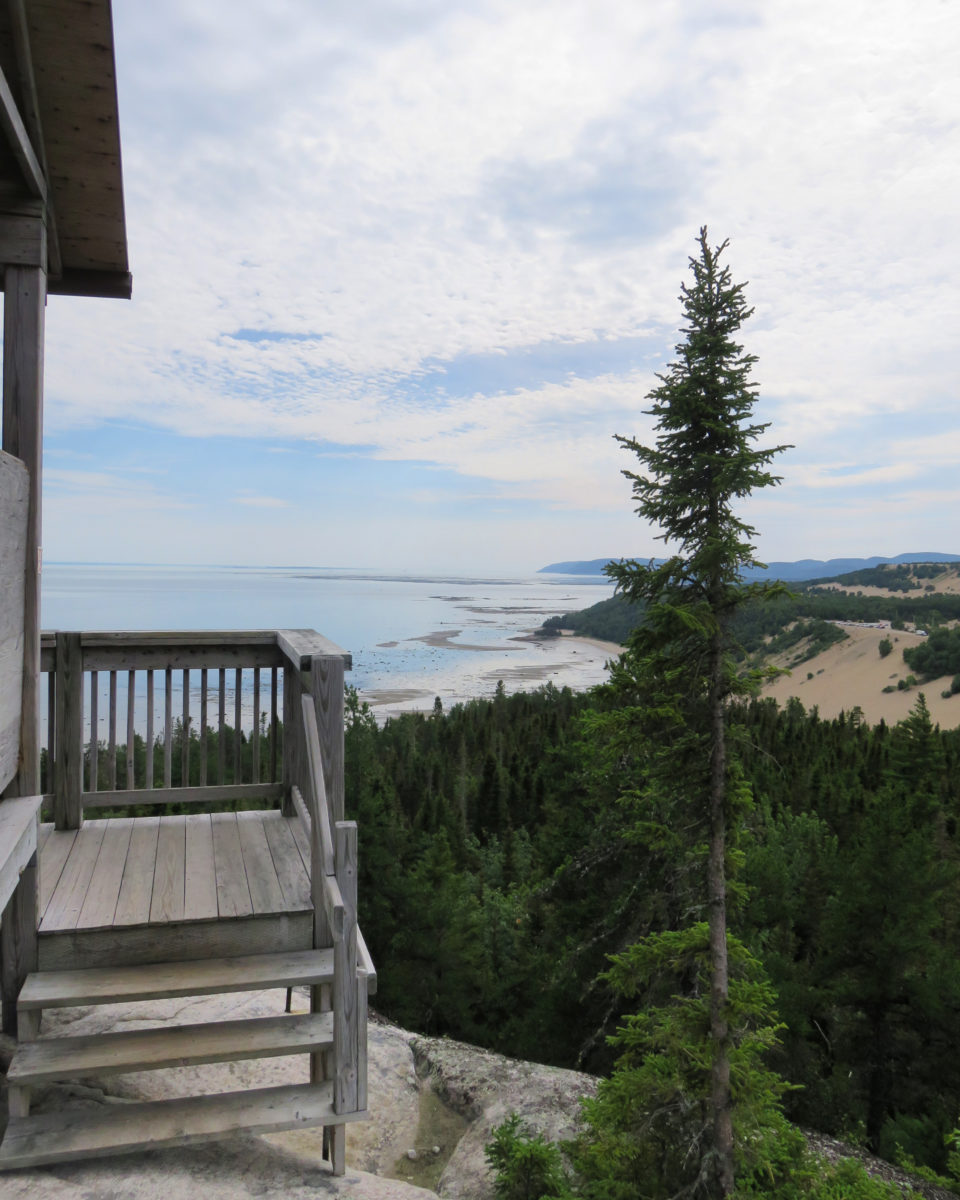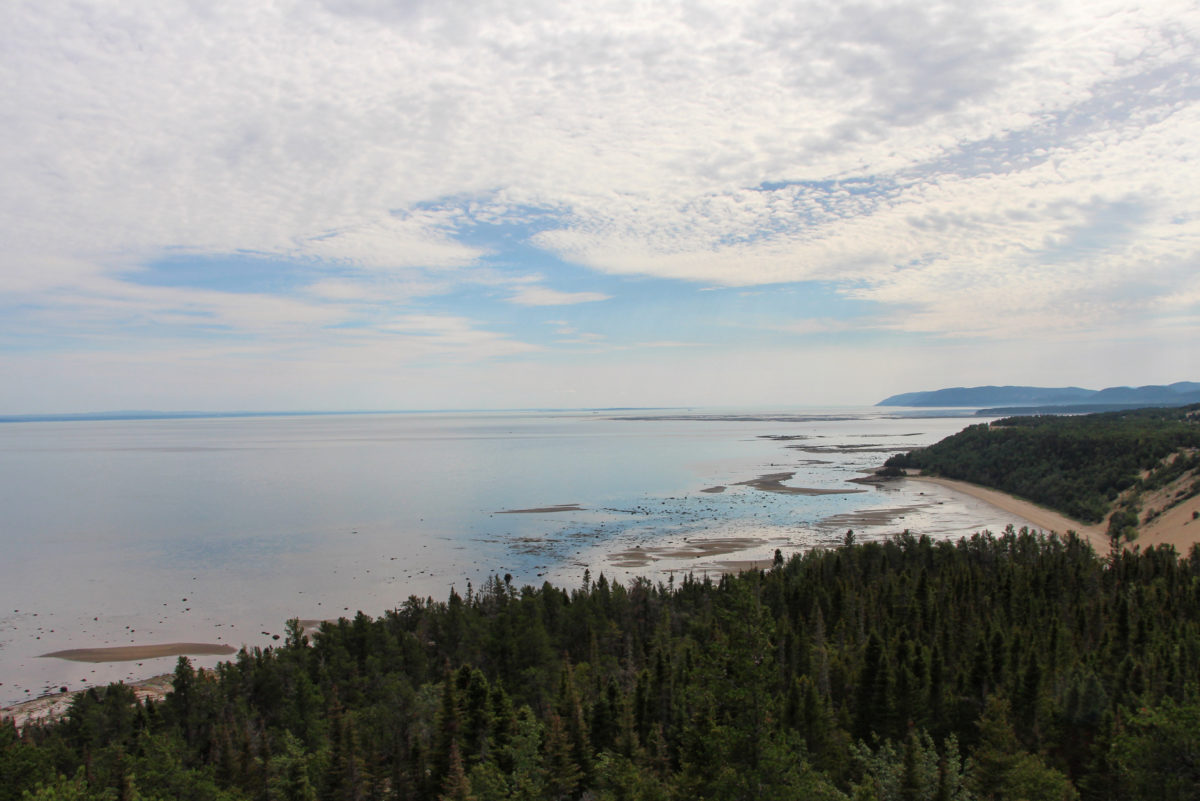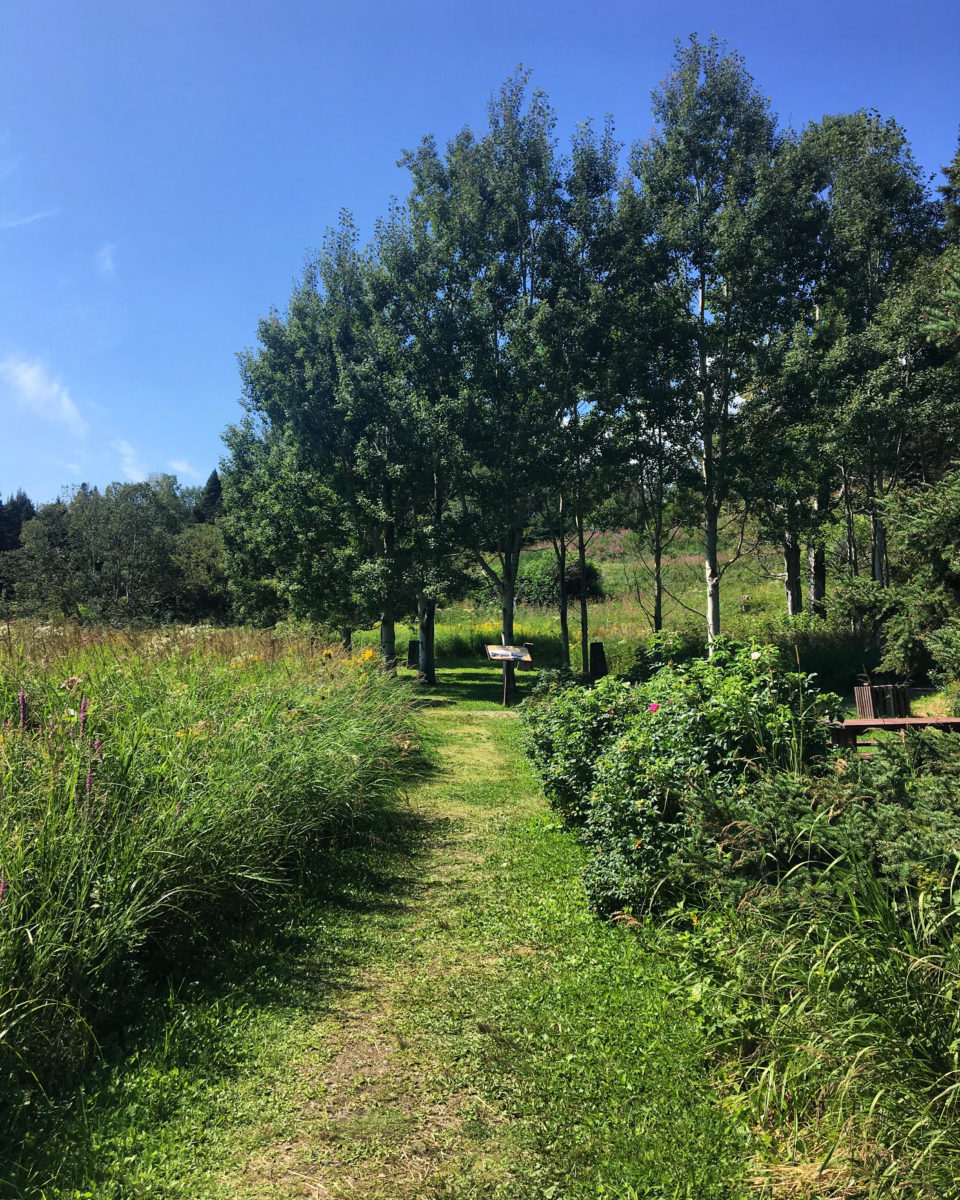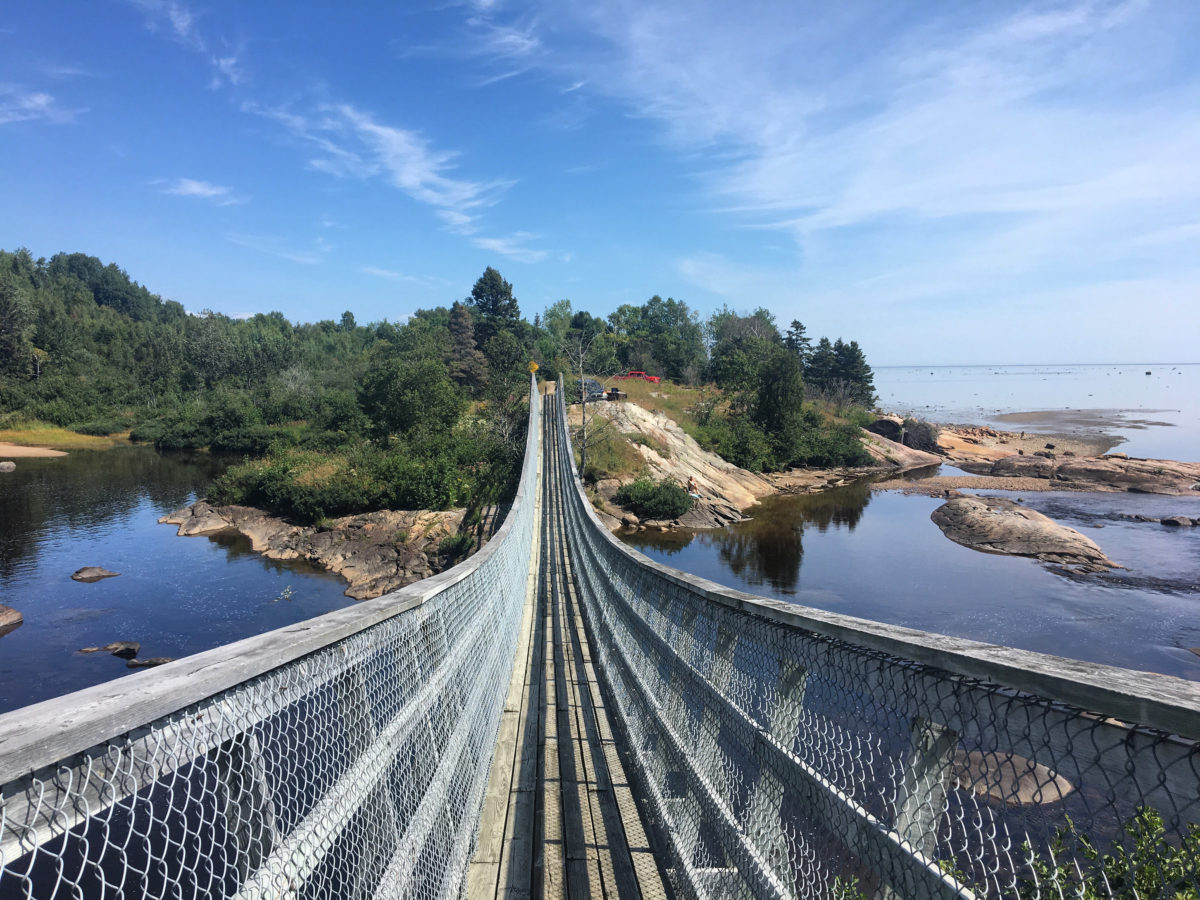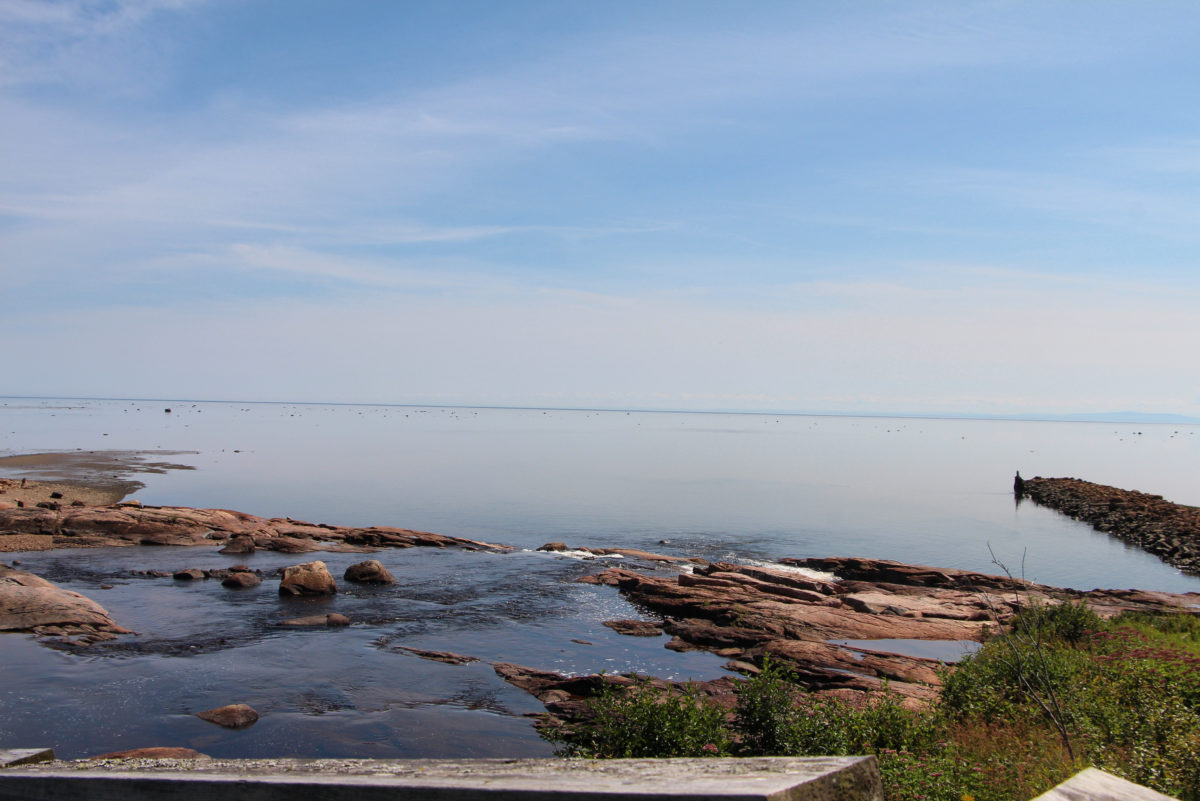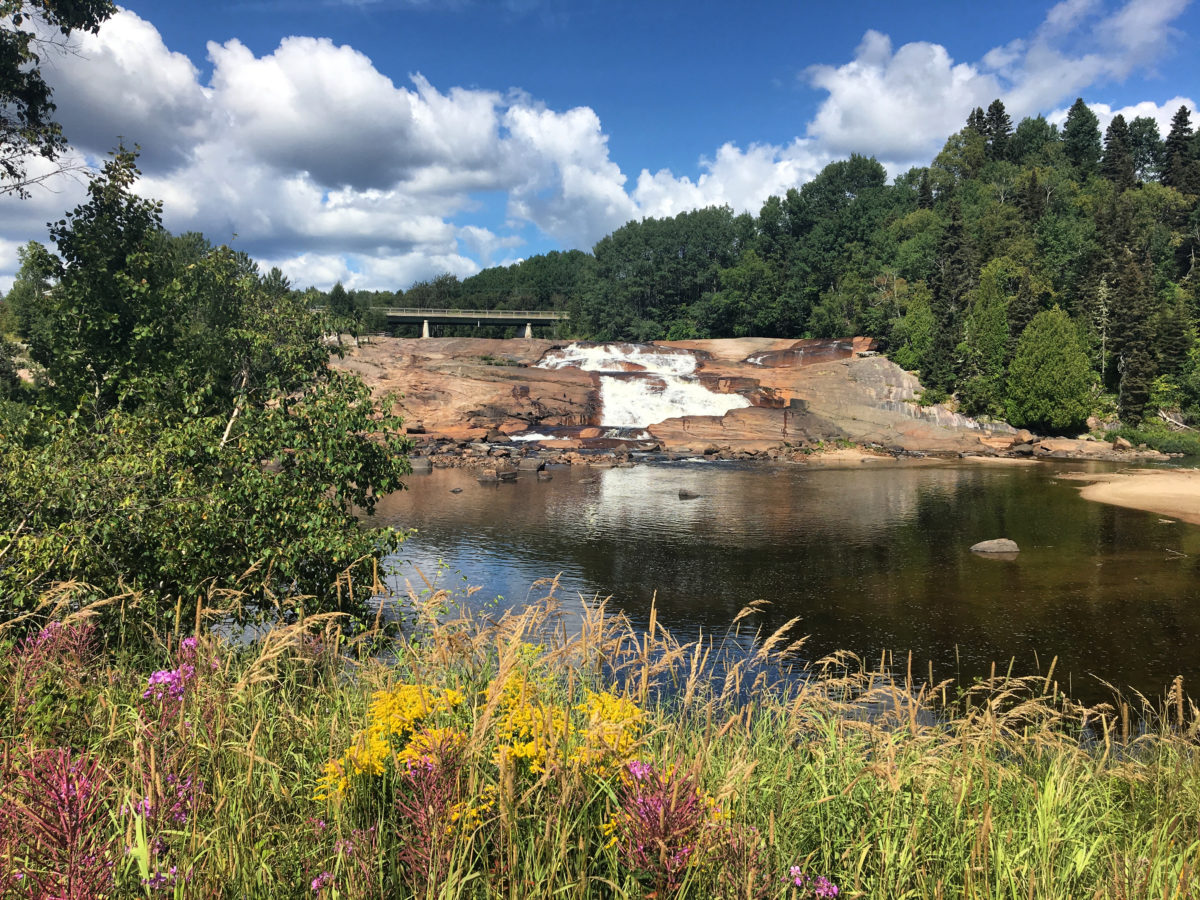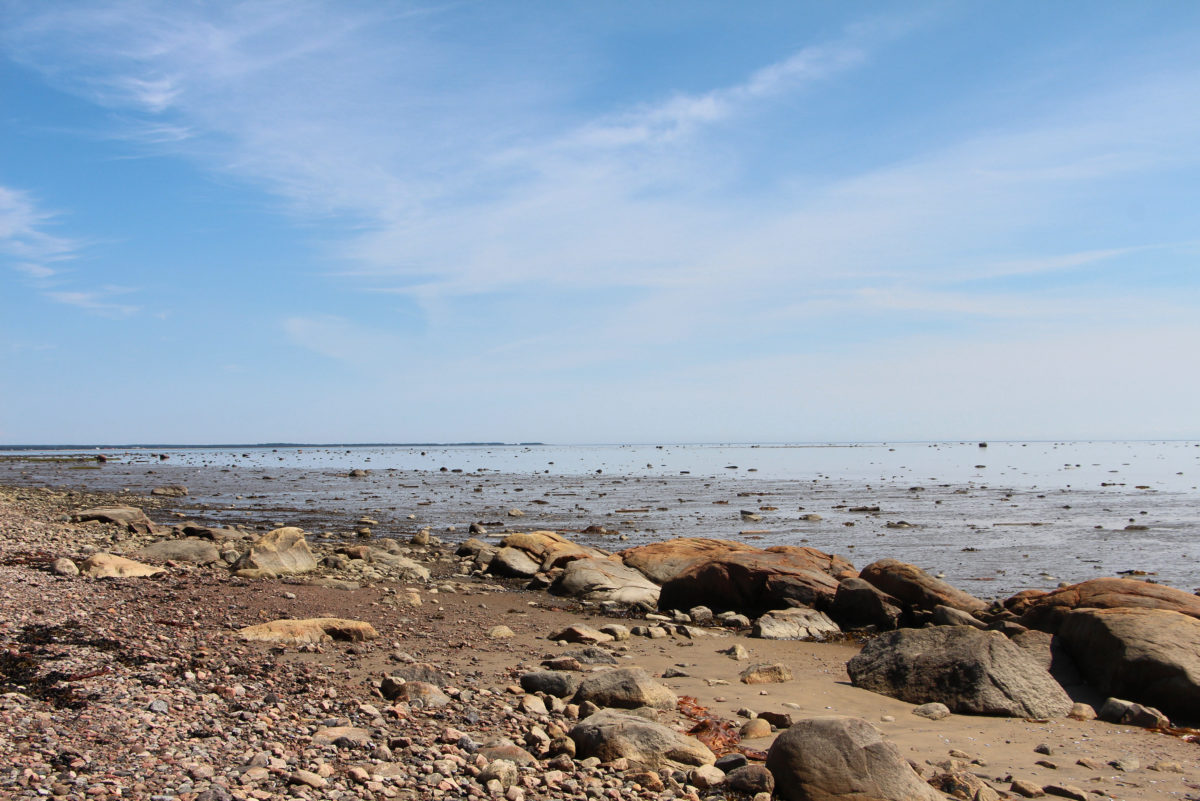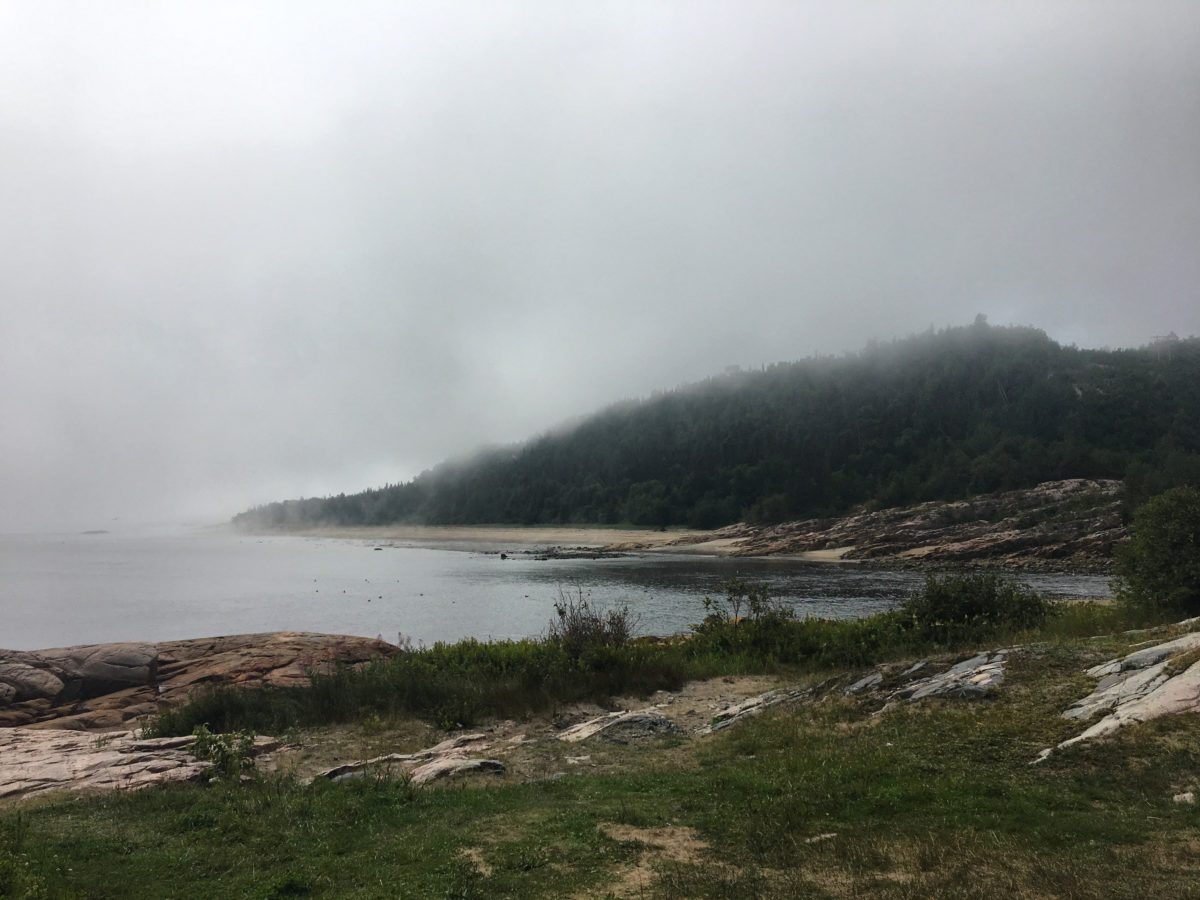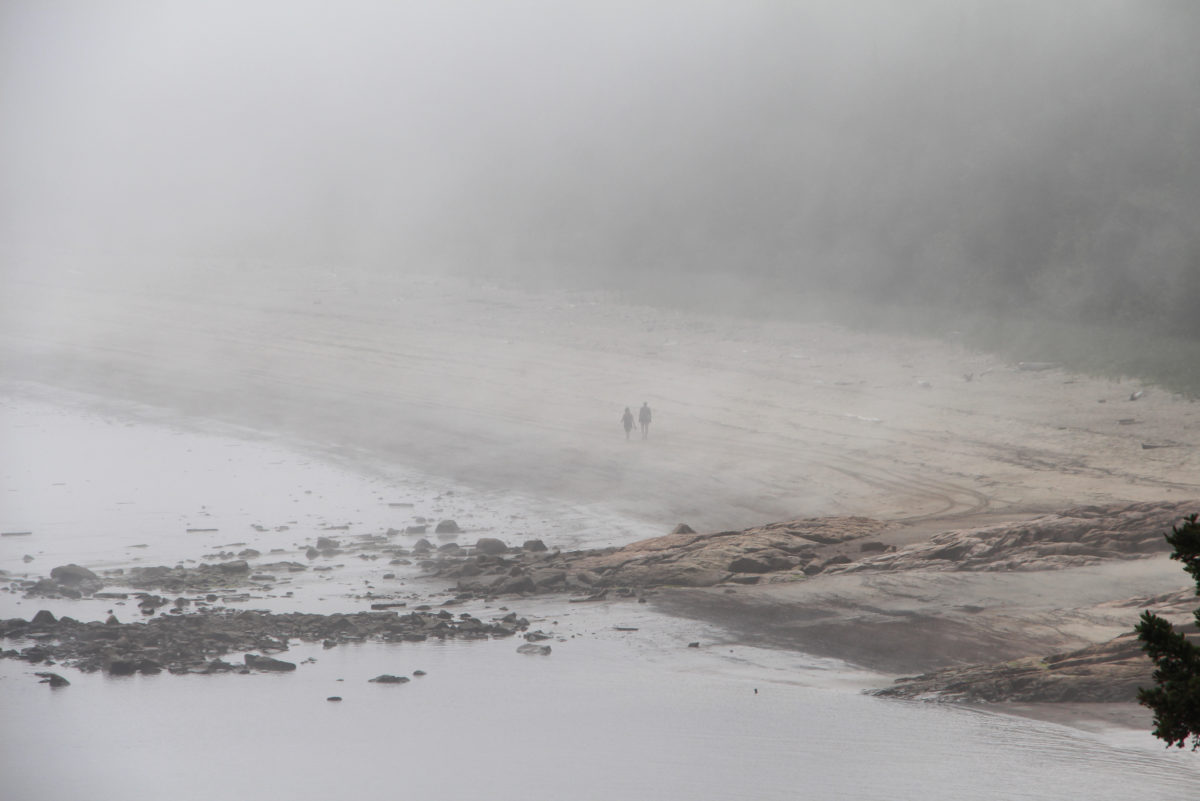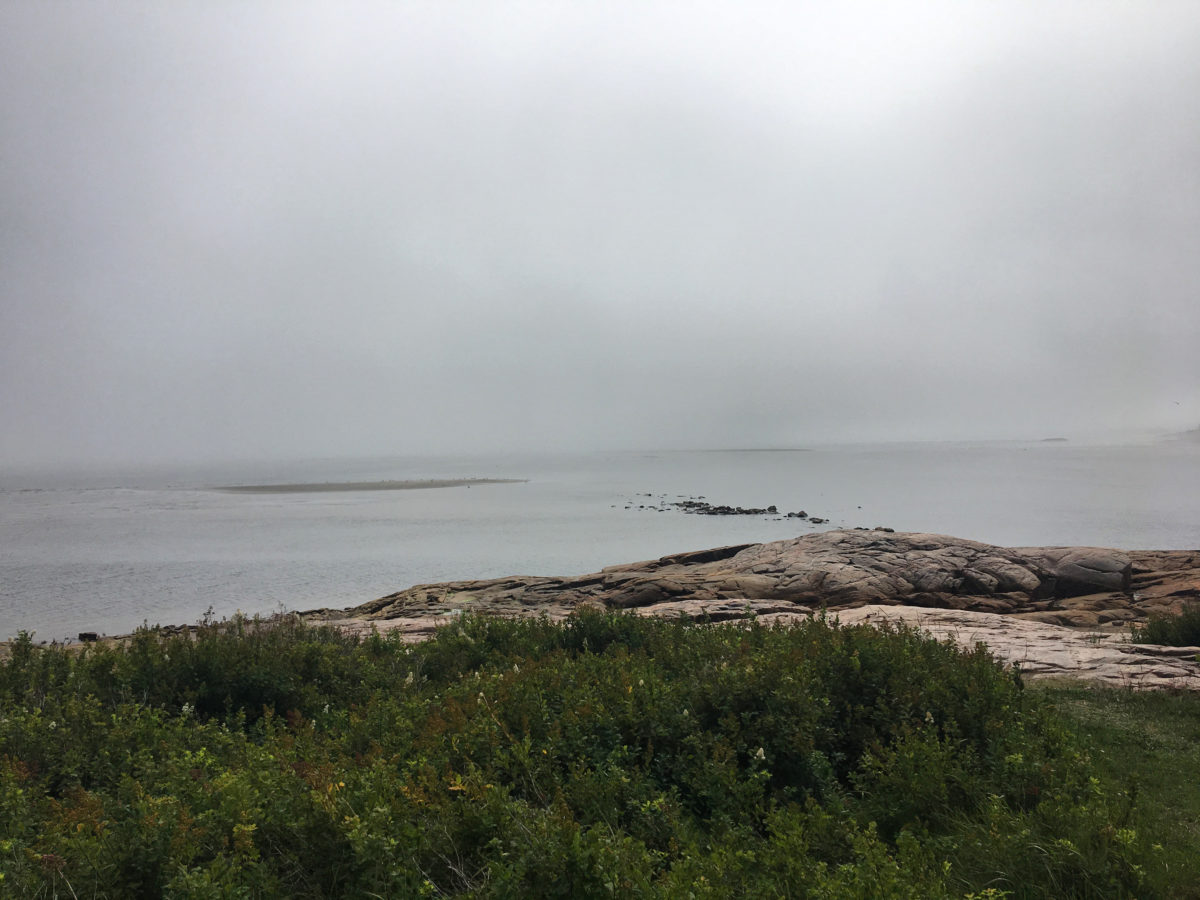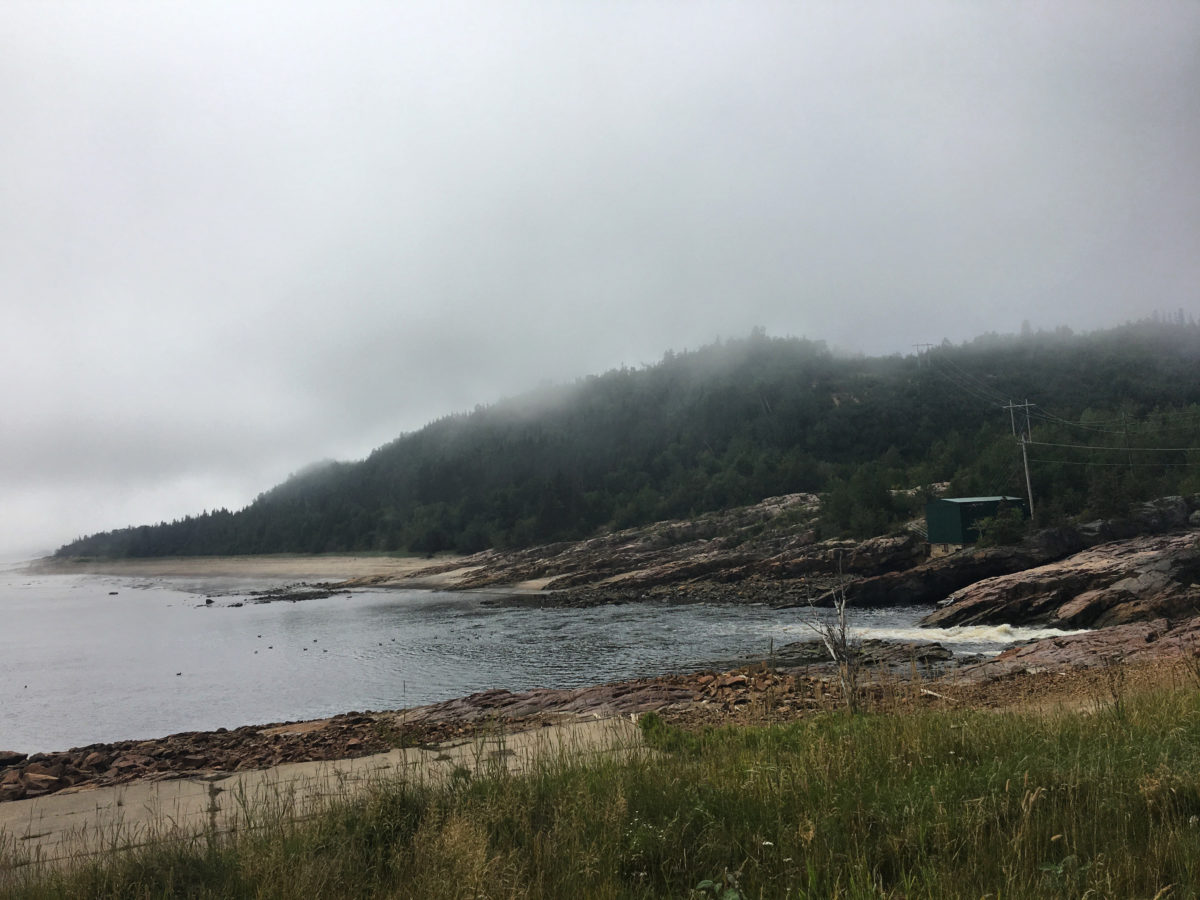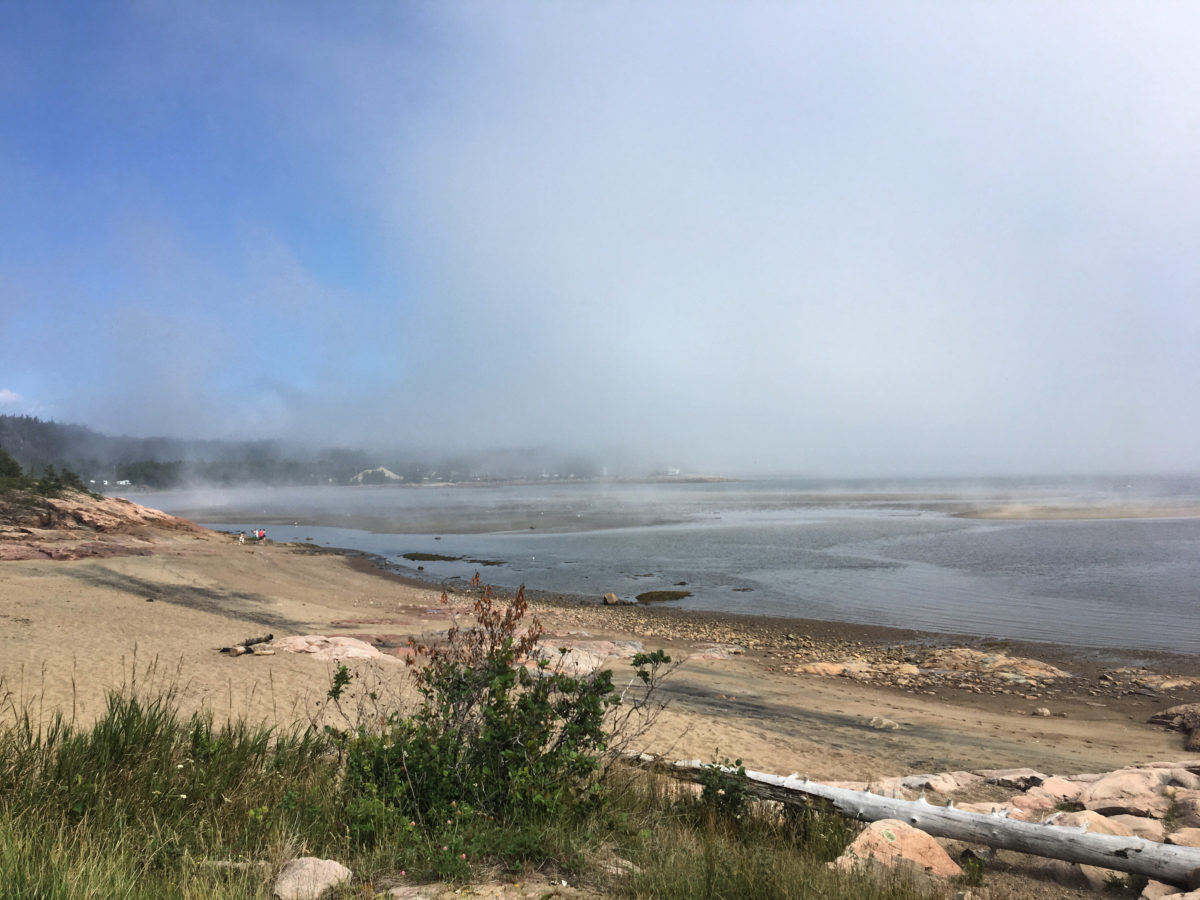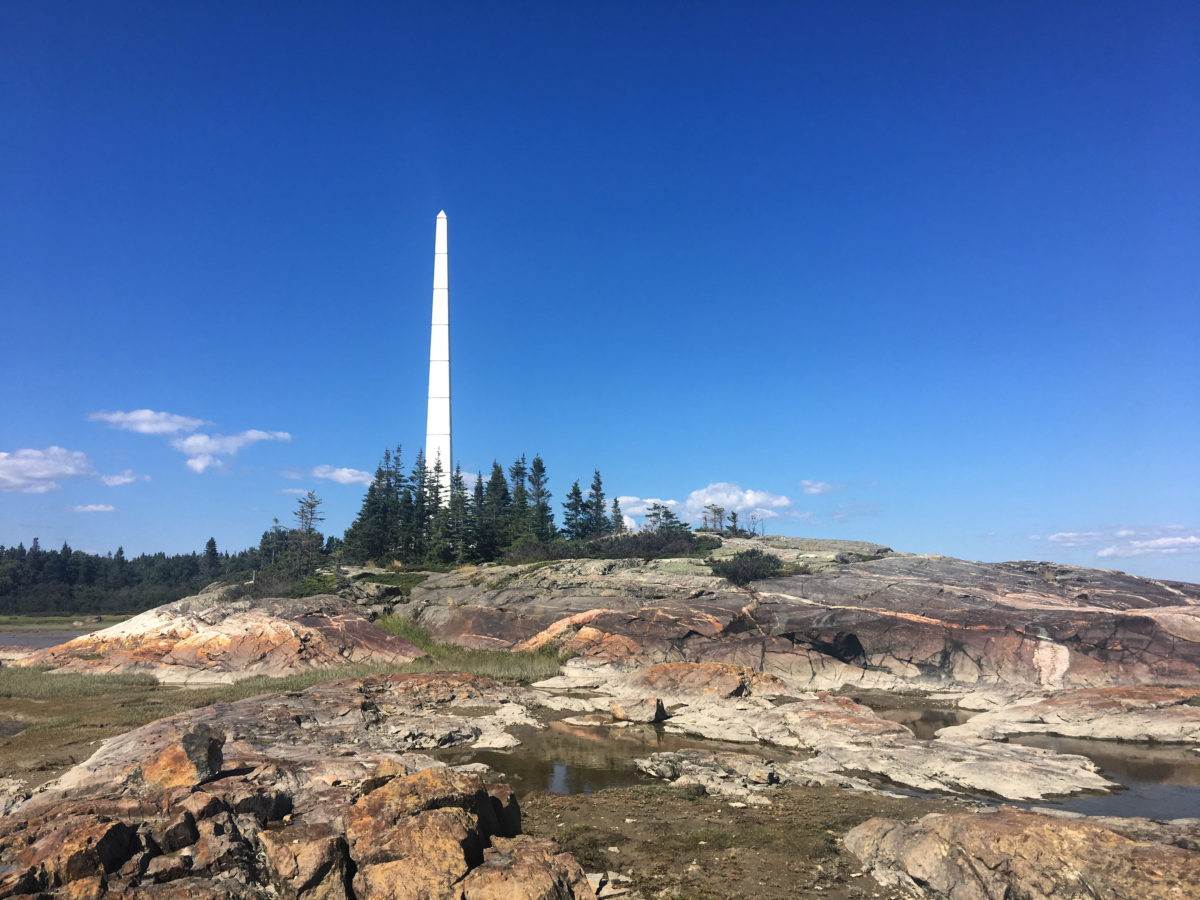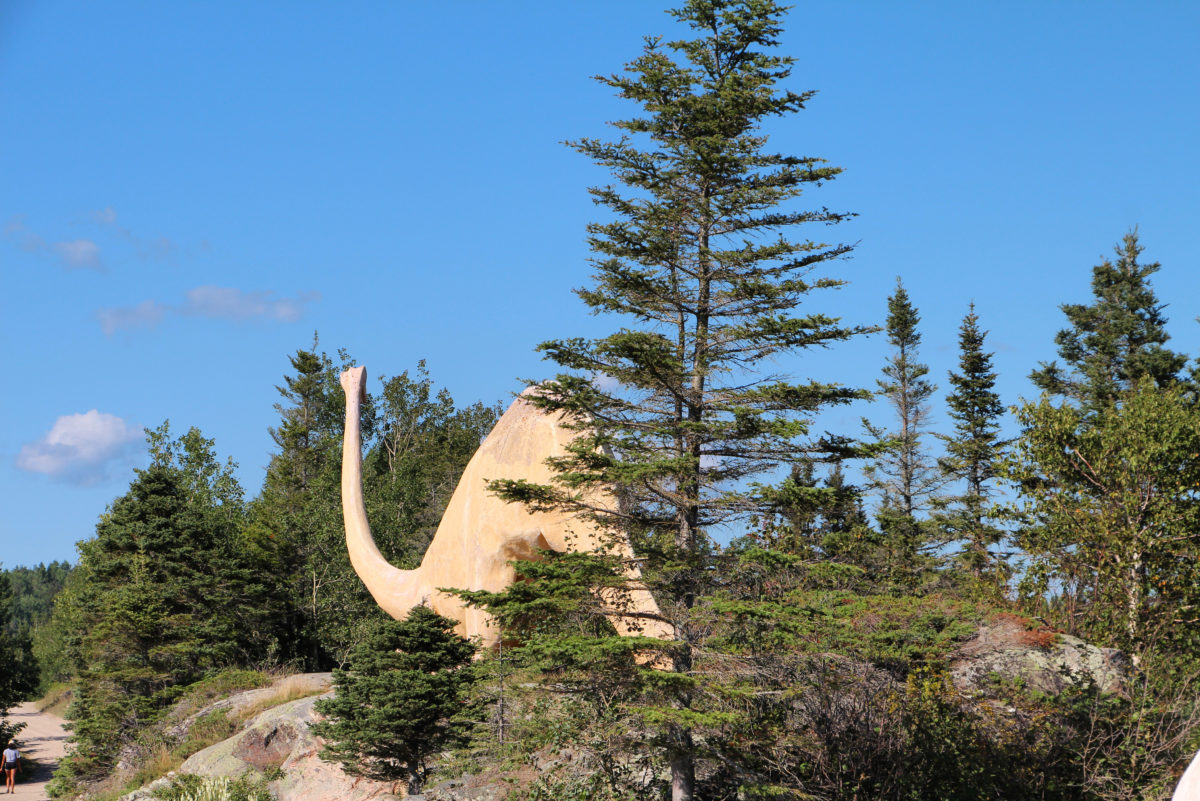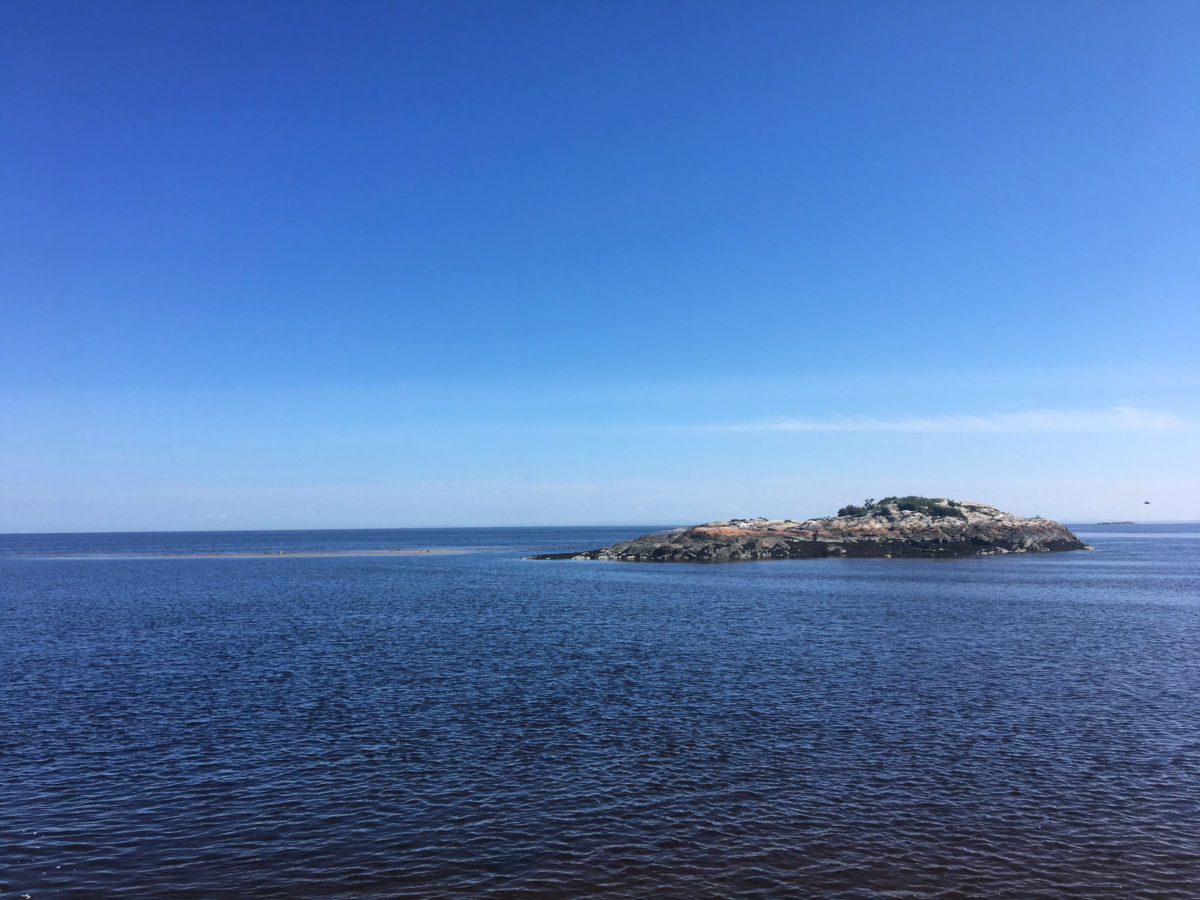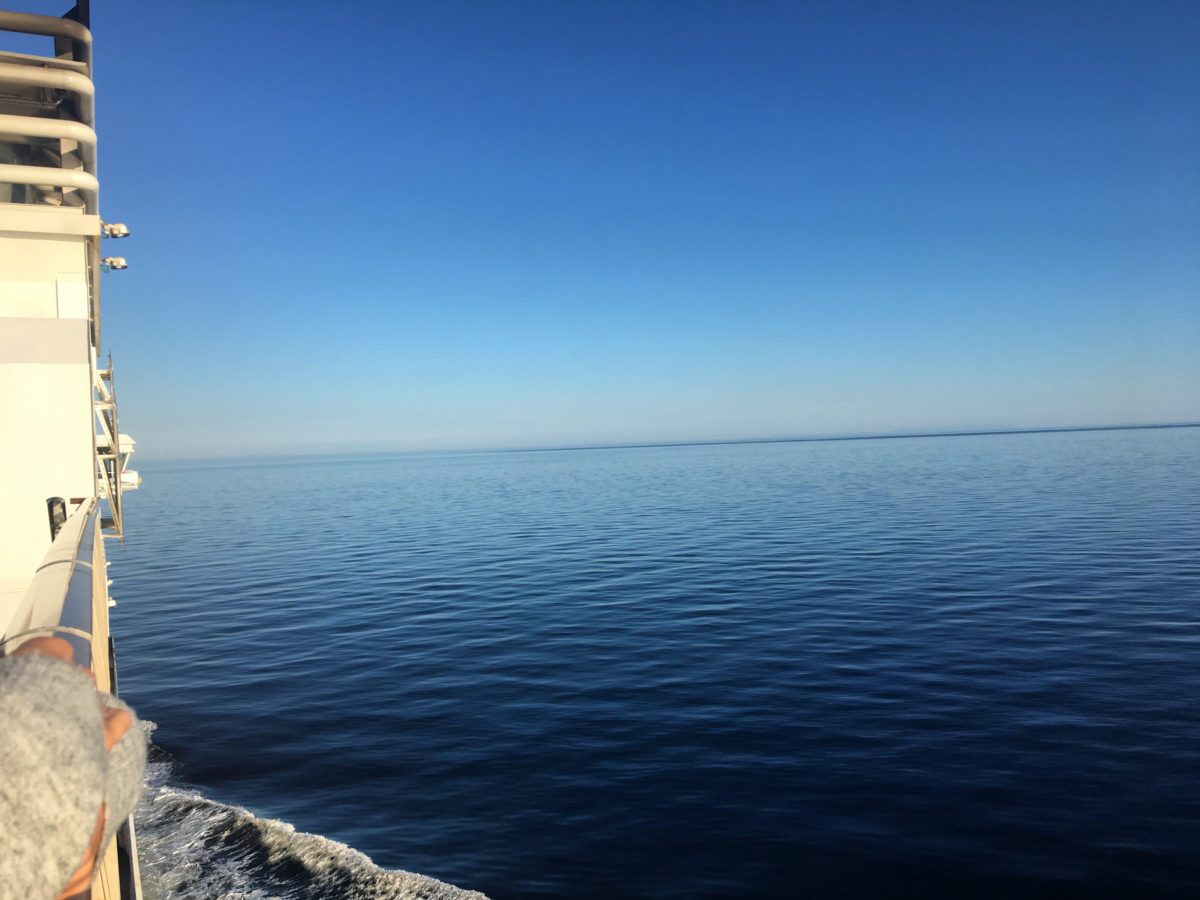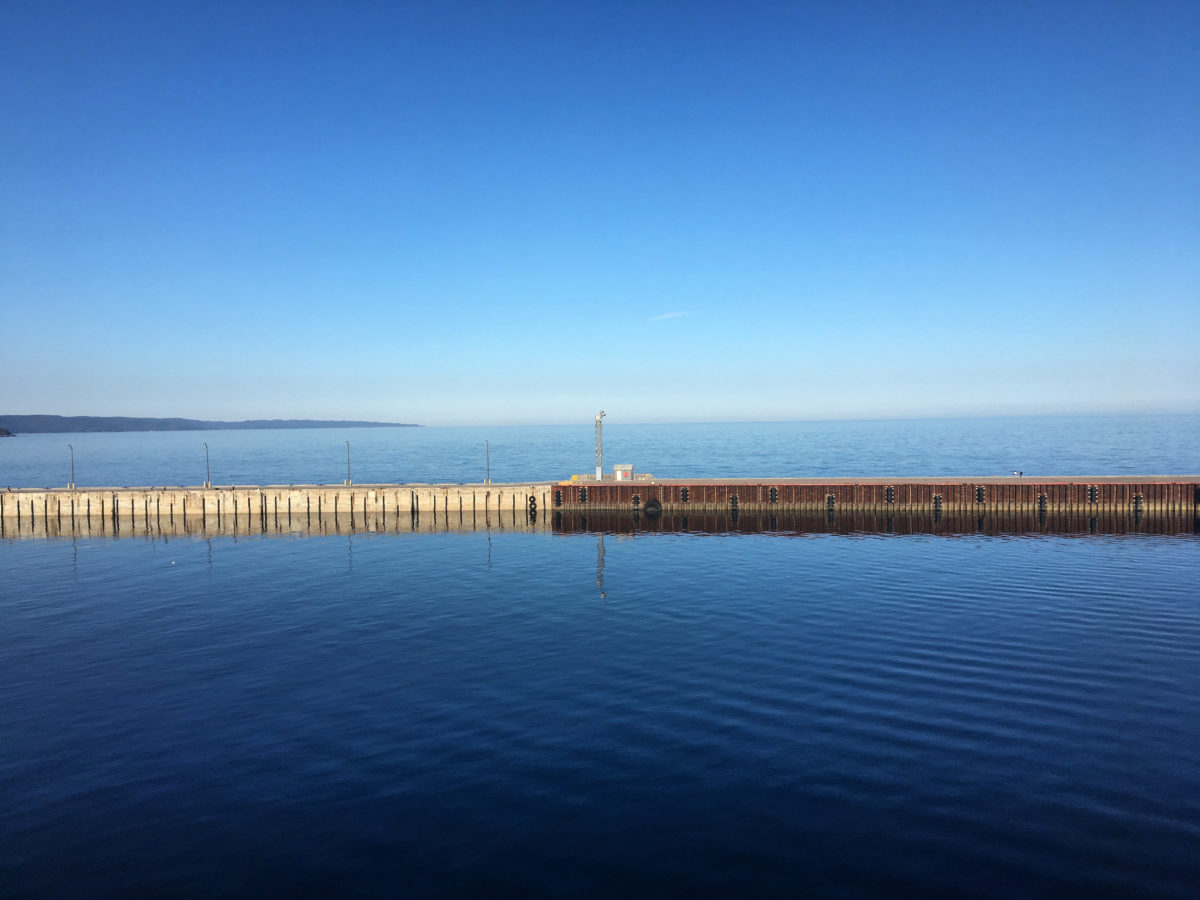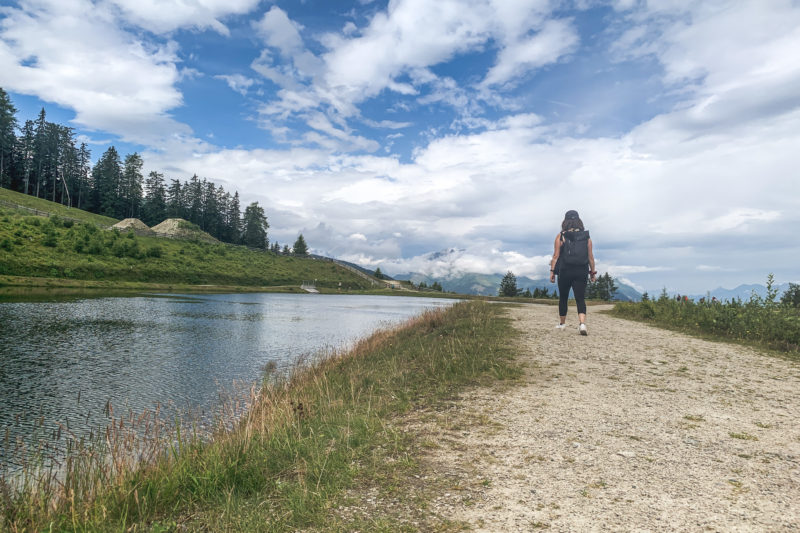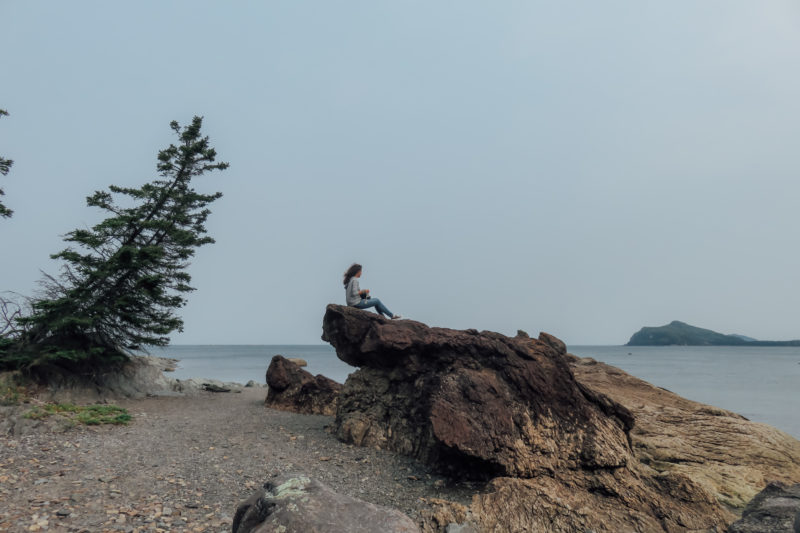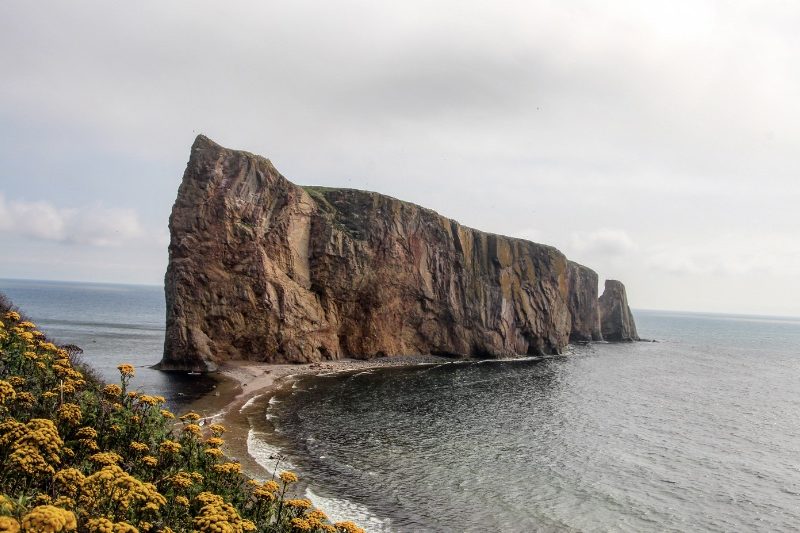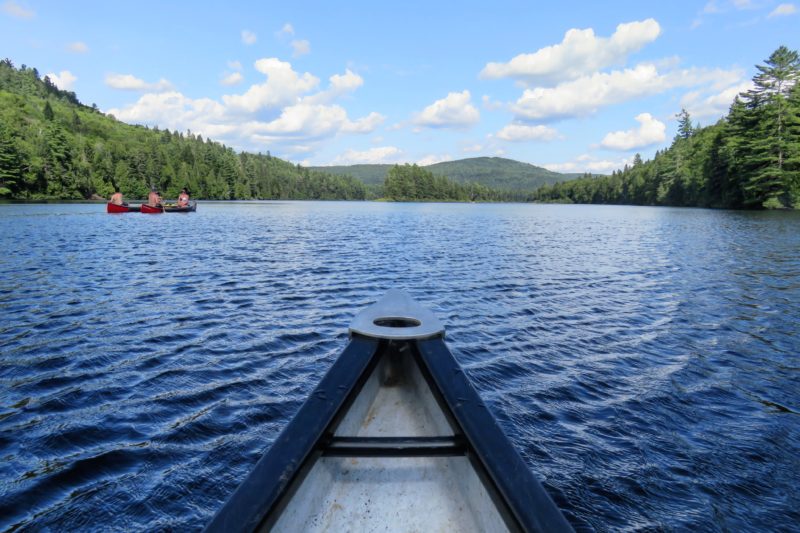This is our third step of our road trip after having spent some days at Lac Saint-Jean, which is famous for its microbreweries (I wasn’t expected Canadians to be so good at making beers). We are quietly heading towards Saguenay, a region well known for its fjord and its beautiful national park. While spending a few days in Saguenay, we had the opportunity to visit two national parks and then gently make our way to Tadoussac, a famous place in Quebec for observing whales. We were also able to discover a bit of the Côte-Nord region before boarding a ferry to reach the Gaspésie peninsula.
GUIDE TO THESE DESTINATIONS IN QUEBEC
FJORD-DU-SAGUENAY NATIONAL PARK
Our earth has more than 2,000 listed fjords, the best known of which are located in Scandinavia. So, imagine my surprise and then my desire to discover this national park when I knew that Canada was counting one of these fjords.
Rising majestically at the trough of mountainous areas, the Saguenay Fjord flows for more than 100 km before finishing its journey in the St. Lawrence Estuary. That only fjord in southern Quebec is, according to its official prospectus, “the longest fjord in the world at such a low altitude.” Thus, “this notch is the result of a fault excavated by the passage of glaciers, then invaded by seawater”.
The park is divided into three sectors, the Baie-Éternité, Baie Sainte-Marguerite and Baie de Tadoussac. The park is located on both sides of the fjord, so it is utterly important to identify the activities or points of view you would like to do/see beforehand, as there is no possible passage (except by kayak or boat tours) between the two shores. The park is located over a hundred kilometres between the cities of Saguenay and Tadoussac on the banks of the fjord.

DAILY RATE:
Adult 8,60 $
Young (17 years and under) Free
ACTIVITIES
Many activities can be planned in the park, including the renowned via Ferrata during the summer period on the rocky walls of Cape Trinity. A great diversity of fauna and flora can be found in this natural refuge since the coves and bays are precisely proper refuges for animals but also for human beings.
Observation of wildlife is more convenient in summer, even if during the winter season, the park also offers snowshoeing and backcountry skiing activities. As with all the parks visited, we opted for hiking, because we didn’t want to spend all our money on appealing but high-priced water activities.
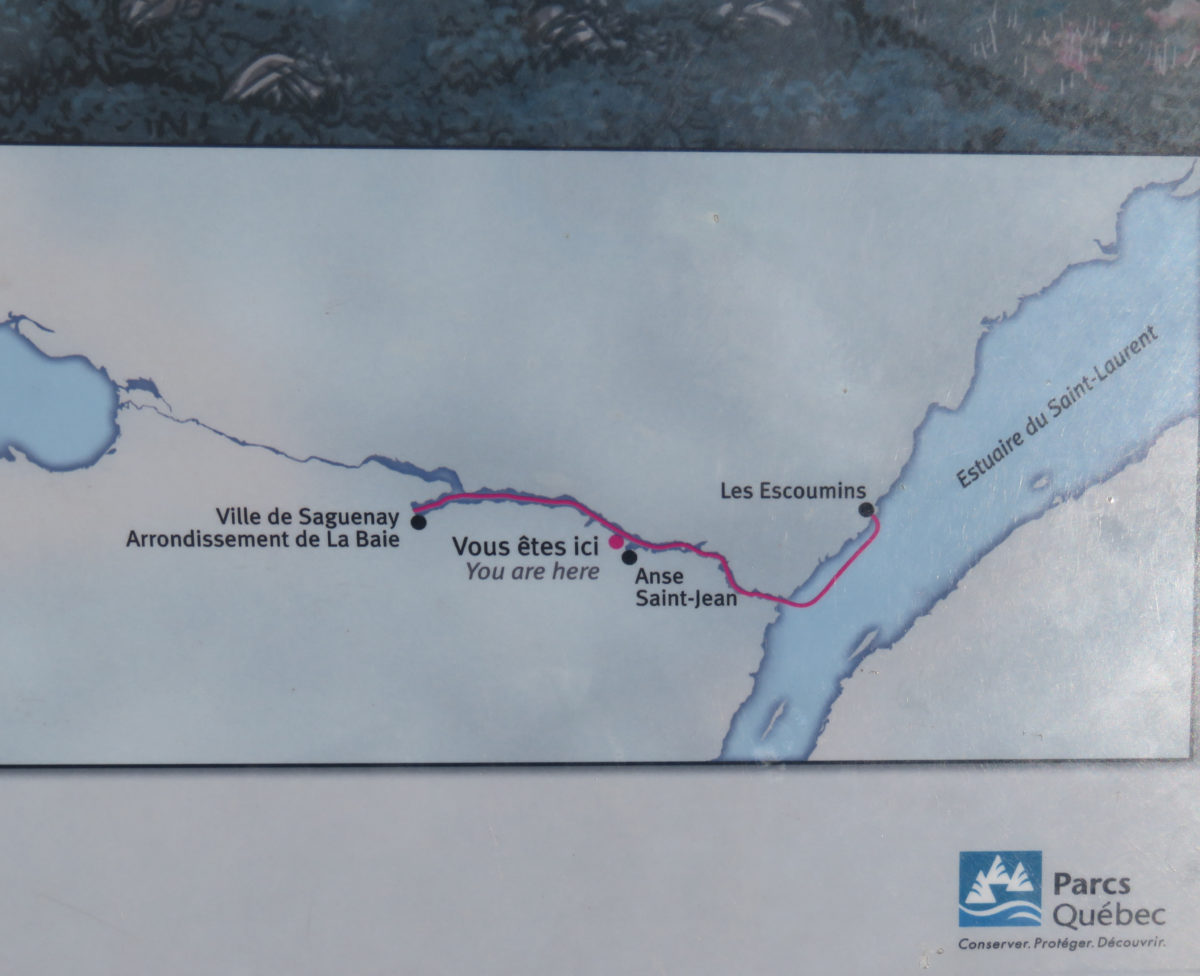
We started our journey by going to Anse-de-Tabatière, the only belvedere on the fjord that is accessible by car. To reach it, you must pass through the famous village of L’Anse-Saint-Jean. This municipality is part of the “Association des plus beaux villages du Québec” (an association for the loveliest villages of Quebec), however we did not find any charm in this place.
Well, the small café and the surrounding houses of the city’s port are worth a visit, especially if you are interested in taking a trip by kayak or boat on the fjord. The village is not part of the park, so you can go there without having to pay the admission fee.
We took the road to Anse-de-Tabatière and we crossed the covered bridge of the city to end up to a small parking lot, after driving a few minutes following the cove. We paid the tax at the entrance of the parking. The charming ranger who watches the reception explained us that we absolutely had to do the popular Statue hike afterwards. Alright, we had our next step.
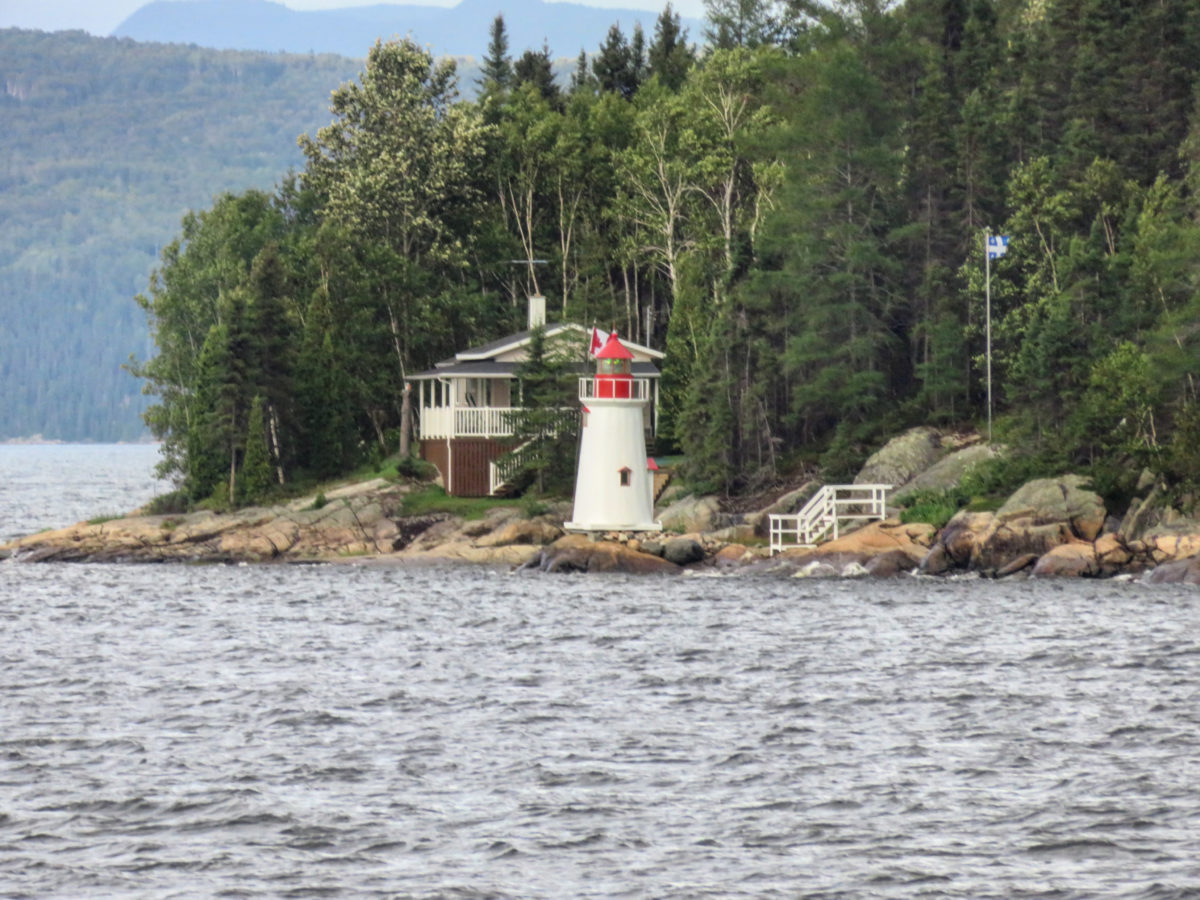
L’Anse-de-Tabatière offers a striking impression of the fjord from the scattered viewpoints along a 200 meters trail. Without effort, we discovered the magnificent colour of the water and the bright green of the surrounding vegetation. Revived by this beautiful show, we then headed to Rivière-Éternité to begin the Statue hike.

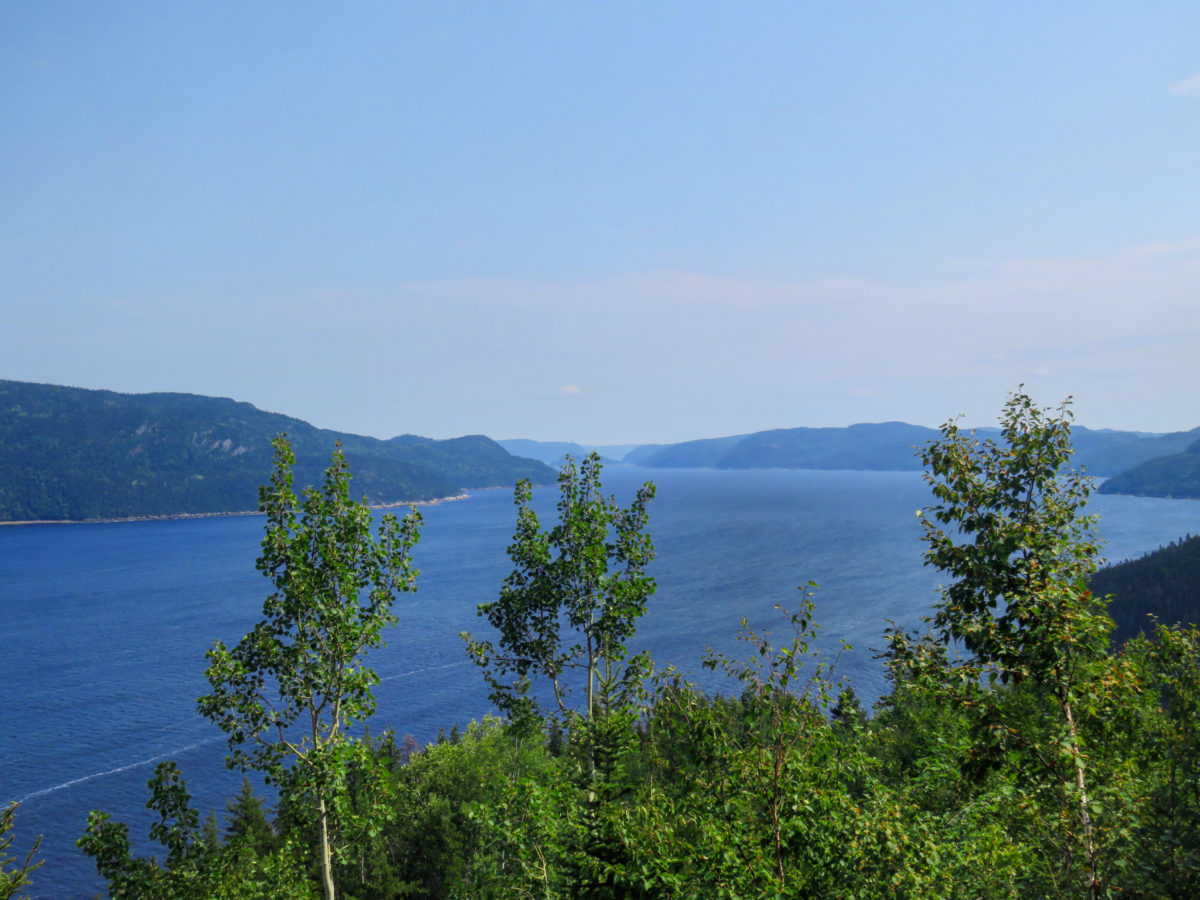
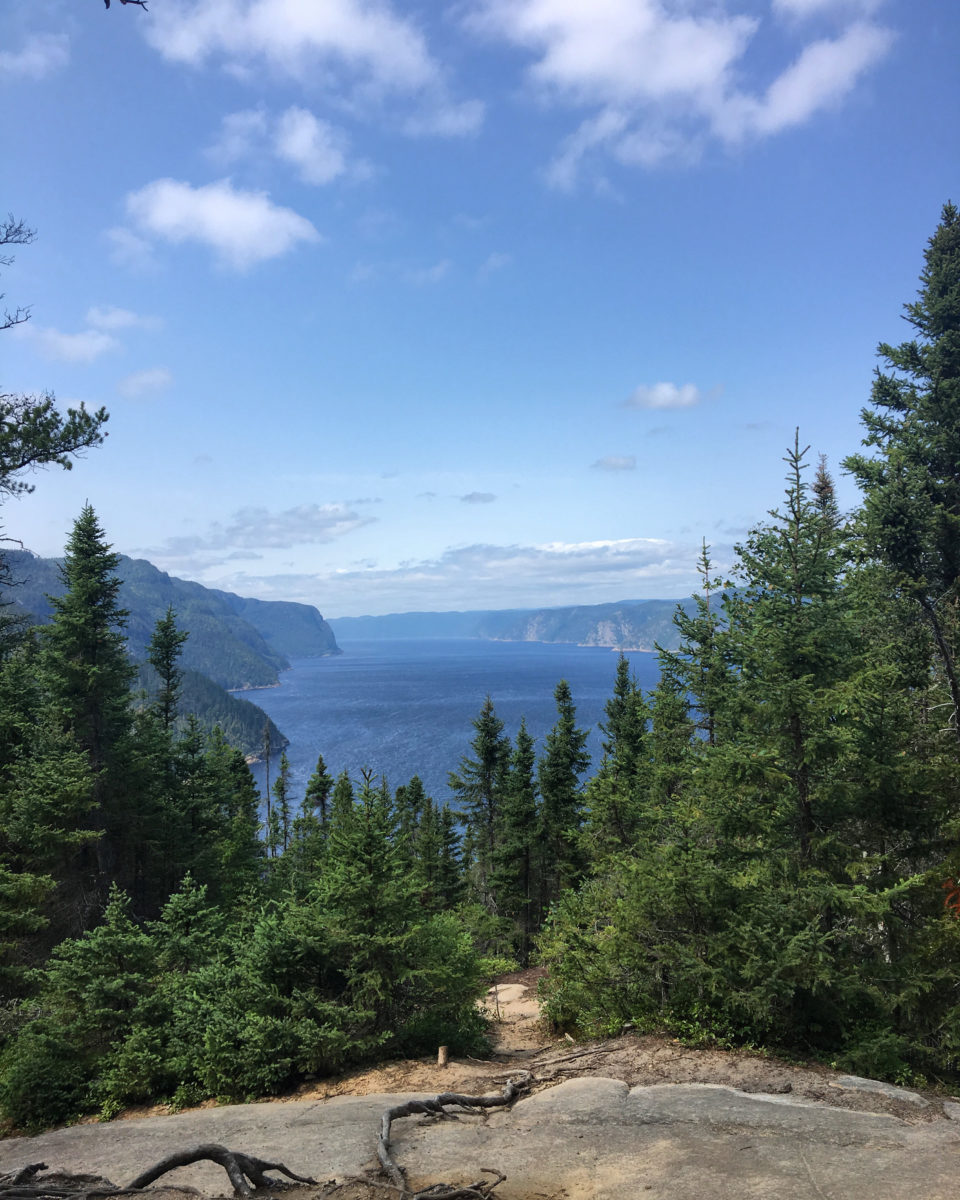
We drove to the “Le Fjord du Saguenay Discovery and Service Centre”, which is the starting and finishing point of the hike. In the beginning, we had decided to do half the route to the Bellevue stop (3.6 km round trip), however, following our disappointment with the view from the stop, we decided to continue to the Statue, which gives a route of 7.6 km A/R with a degree of difficulty from intermediate to difficult according to the park’s forecasts.
Thus, we began the popular hike by climbing Cape Trinity where the Bellevue stopover (km 1.6) marks the end of the climb which allows pretty views of the bay, especially when the sea retreats and reveals a sandy estuary.
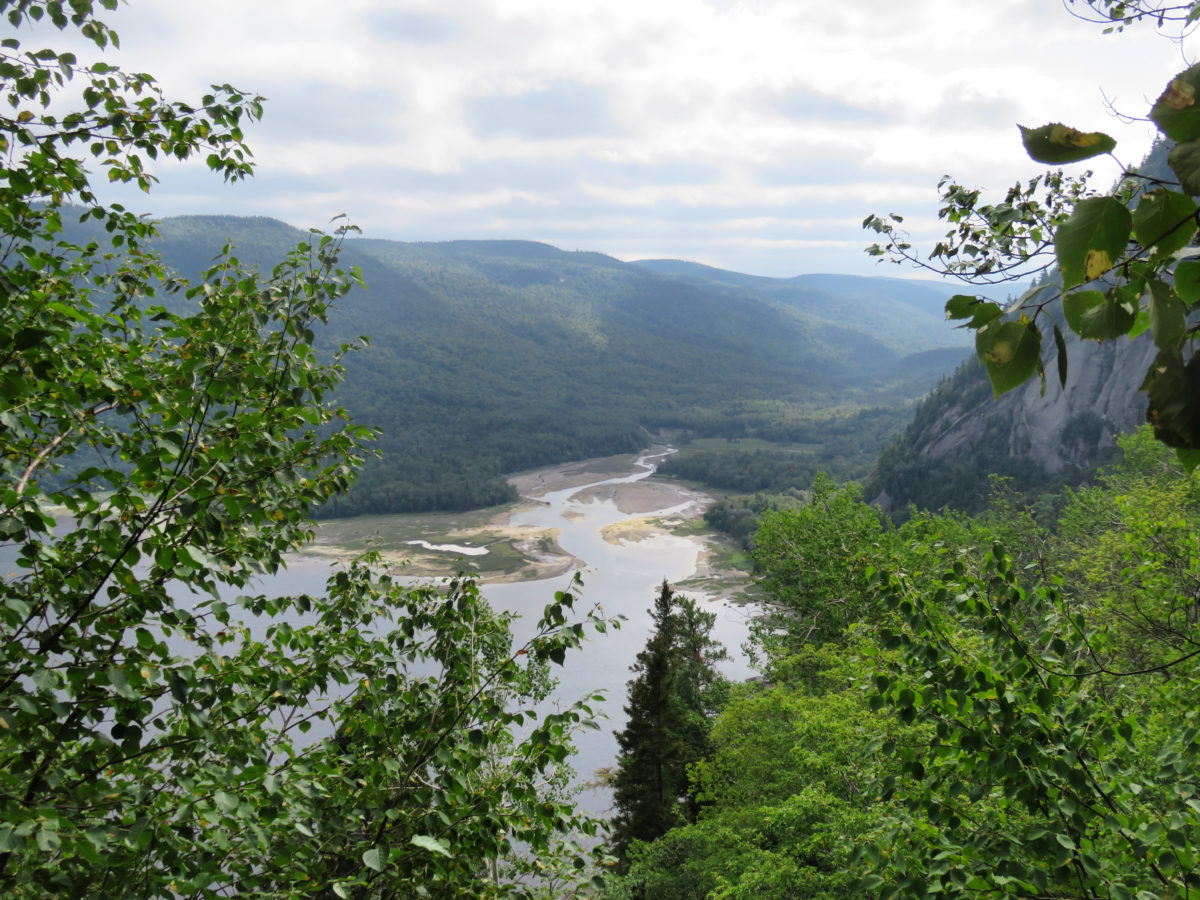
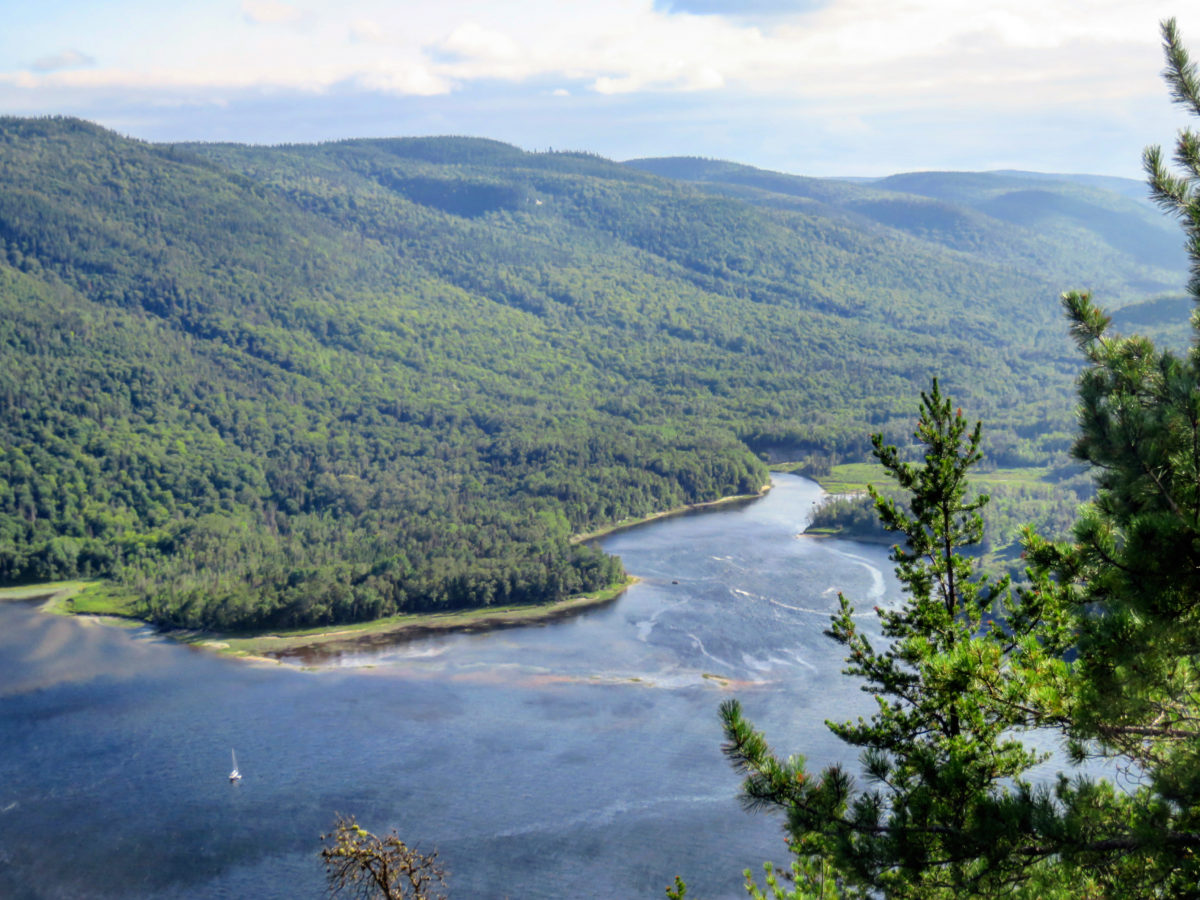
At this point, several hikers explained that the rest of the route is relatively easy and lasts about forty minutes, nevertheless, we just have to be careful with the snakes that love walking in the woods. Half reassured, we decided to continue and that was when we had disenchanted. It took us more than forty minutes to get to the next stopover, which is a refuge where it is possible to have a picnic (km 2.7).
The final stretch arrived, but rather hell began for our knees. Like Dante descending into the circles of Hell in the Divine Comedy, we undertook the 800-meters long descent to the statue of Notre-Dame-du-Saguenay on a path made up of wooden stairs. The ascent to our purgatory will be even more difficult for our poor members.
But it was worth it since the panoramic view at the foot of the statue is magnificent over the dark blue waters. We could have seen a global view of the fjord as Cape Trinity dominates Baie-Éternité.
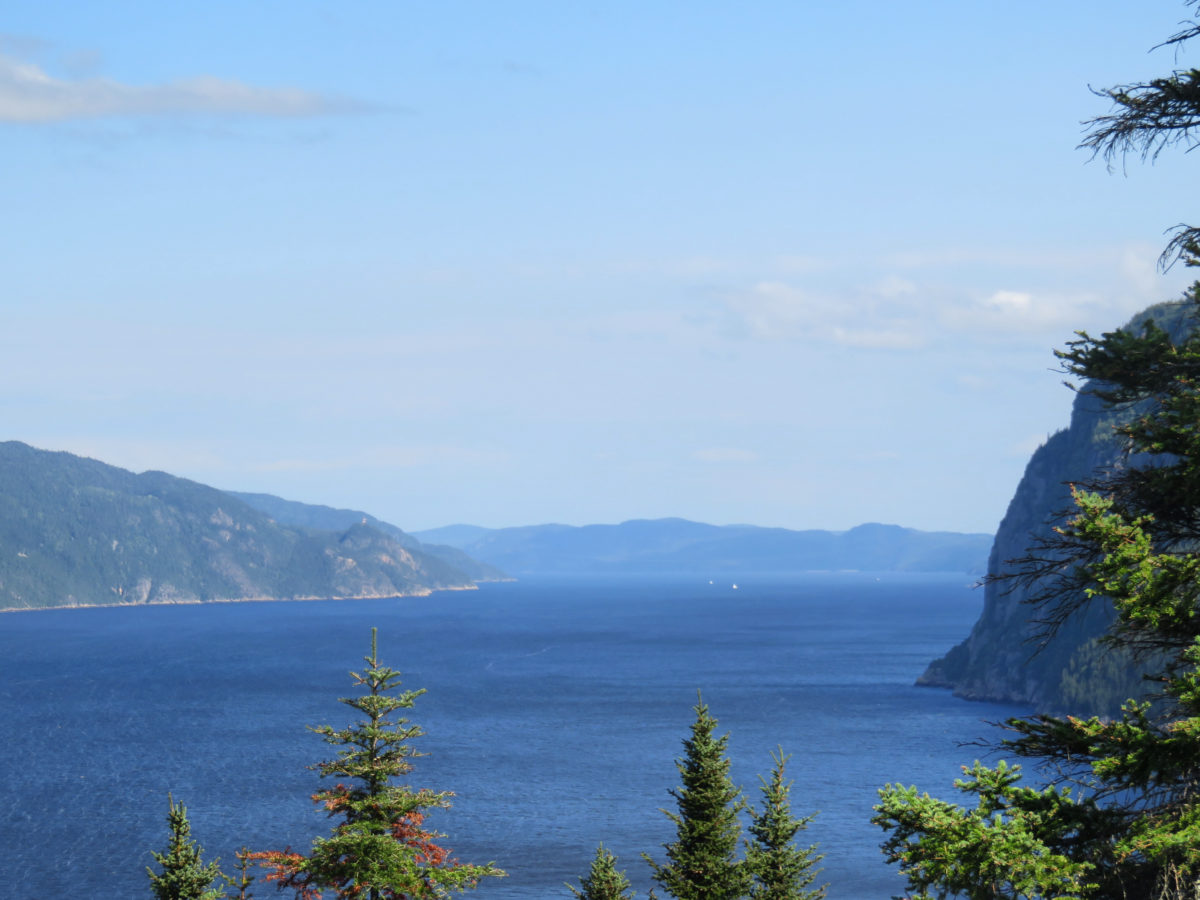
The statue of Notre-Dame-du-Saguenay overlooks and watches over the sailors who have been sailing the waters of the fjord since 1881. It is carved in white pine and was erected on this site following a misadventure of sailor Charles-Napoléon Robitaille since he almost lost his life there. It is said that he begged the “Blessed Virgin” and decided to pay homage to her once he had been saved from drowning.
« stars » of the park
The national park is full of incredible wildlife, both on land and at sea. The forests are inhabited by about twenty species of mammals including wolves, lynxes and mooses. From the shores or while sailing on the fjord, it is possible to see harbour seals, whales (we have seen some in Tadoussac) and belugas. In fact, from La Baie-Sainte-Marguerite sector, naturalist park curators offer observations of the beluga that frequents the waters surrounding the area.
The peregrine falcon is the animal emblem. Once almost extinct, the world’s fastest raptor has been able to benefit from resettlement and protection measures to become a “vulnerable species” nowadays.
Accommodation
Many accommodations are available in the park, such as cottages, campgrounds or more rustic refuges. As with all parks, we have opted for accommodation outside the areas where taxes apply.
We stayed for two nights at a couchsurfer’s house in Saguenay. During this trip to Quebec, it was the first time I tried this concept of Couchsurfing, a free type of accommodation offered by residents who invite travellers to sleep at home. It was almost (but this is for a future article) a great experience to meet locals and to be able to share our worldviews or travel stories over a good meal or a delicious beer for an evening or two. I totally recommend someone to experience that kind of way of travelling.

I clearly recommend Anthony as a host in Saguenay!
Moreover, our host in Saguenay allowed us to discover another vision of the fjord by taking us to drink beers on the edge of the cliff. This place is normally located on private property, however, the owners have arranged this space to let visitors enjoy the view and the aspiring climbers climb the cliff and come out on a smooth surface.
MONTS-VALIN national park
Having a second day planned in Saguenay, our host advised us to go explore this national park which is much less frequented and especially less recognized. He told us that it is the jewel of the region, a well-kept secret, unlike the Fjord-du-Saguenay National Park. The Monts-Valin offer the highest accessible peaks in the region to hikers in search of landscapes of absolute wild beauty.
Thus, under a downpour, we make our way towards this unknown park, without having any expectations since we didn’t even know it existed. Even in my guidebook, a simple insert describes the park and explains that it is not worth it if you spend two days in Saguenay compared to the Fjord-du-Saguenay park.
Nevertheless, it deserves a little diversion on your itinerary. This park is defined as being on the northern borders and the mountainous landscapes, with their rugged relief and boreal flora, are indeed reminiscent of the more remote regions of Quebec.
Daily rate:
Adult 8,75 $
Young (17 years and under) Free
ACTIVITieS
This park is really beautiful in the winter season. Indeed, walking through the Vallée des Fantômes at this time of year, on skis or snowshoes, seems fabulous considering the stories found on various other blogs.
Nevertheless, we were there in the summer and as with the other parks, we let ourselves go for a short hike, as the weather that day, being rainy, didn’t allow us to explore the park any further.
Naturally, if you enjoy a sunny day, you can head towards the Vallée de la rivière Valin by canoe or on foot, with magnificent hikes such as the Tête-de-Chien trail (8 km round trip), the Le Mirador trail (3 km round trip) or even towards the Alexis Bay and Lac Martin-Valin park sectors.
Following a discussion with the ranger at the reception desk, he advised us to undertake the hike called Le Pic de la Hutte which offers an incredible view of the whole park.
There are two options for the visitor to discover this point of view:
- The trail is accessible from the reception desk, 16 kilometres round trip.
- Take the car and drive about 9 km on a slightly winding and poorly maintained road, then walk about 3 km round trip or do the trail in a 5 km loop.
The choice was quickly made, in fact 16 km round trip did not motivate us much, knowing that it was raining and that the aches and pains of the day before with the stairs of Hell in the Fjord-de-Saguenay park were being felt.
So we got back in the car to head towards the Pic-de-la-Hutte parking lot which is at 840m (which is especially high for Quebec). We were expecting a not very accessible road but not a really badly maintained road. Thousands of holes, hundreds of bends, it’s a real challenge to get our rental car to the start of the walk.
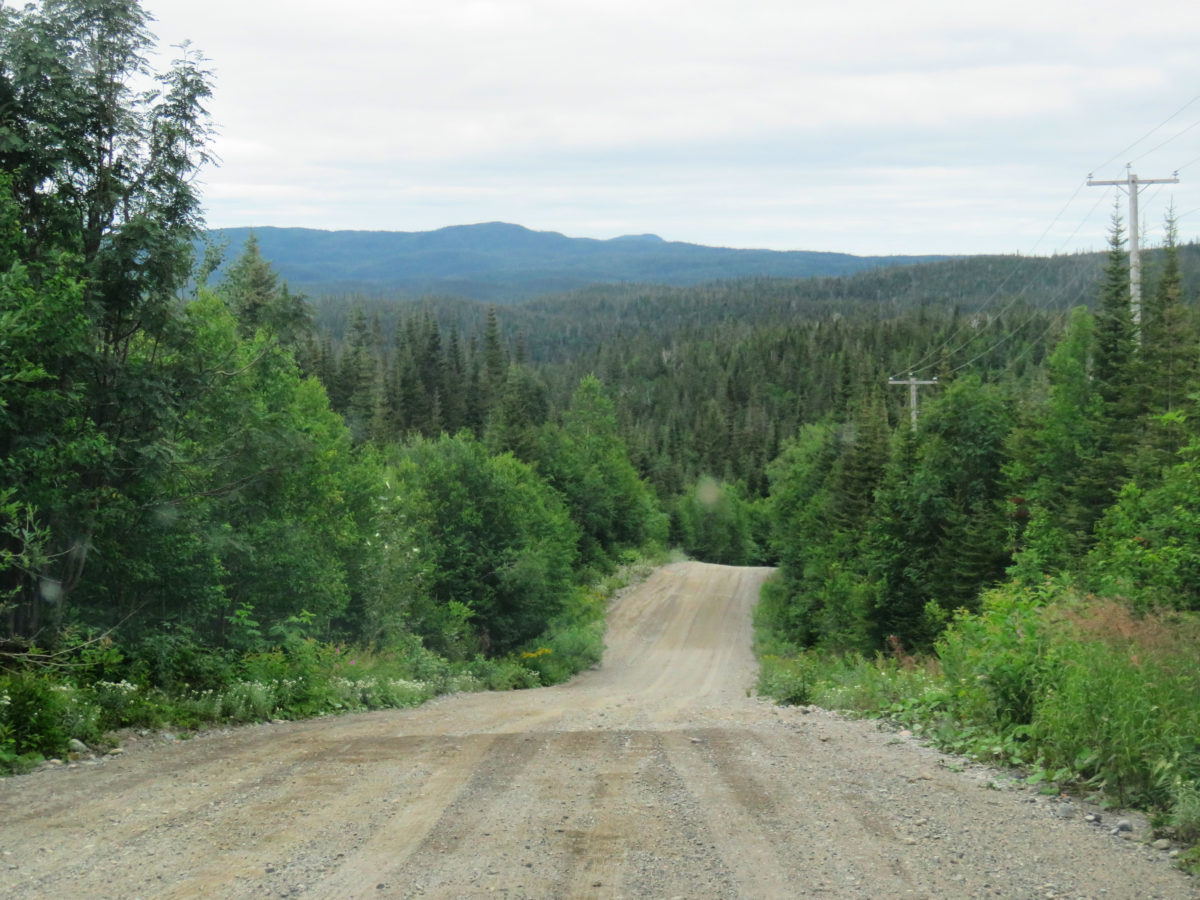
The ascent to the summit (from the hill actually, but the Canadians call it a summit) from the car park is done in about twenty minutes by following the marked trail. We ventured to the edge of a small lake to marvel at the Quebec nature and the reflection of the fir trees in the water. We discovered this boreal forest, full of charm and mysterious with this grey weather, but also different species of blueberries (our bilberries) that grow at ground level and from which we will taste a pie the next day on the road to Tadoussac.
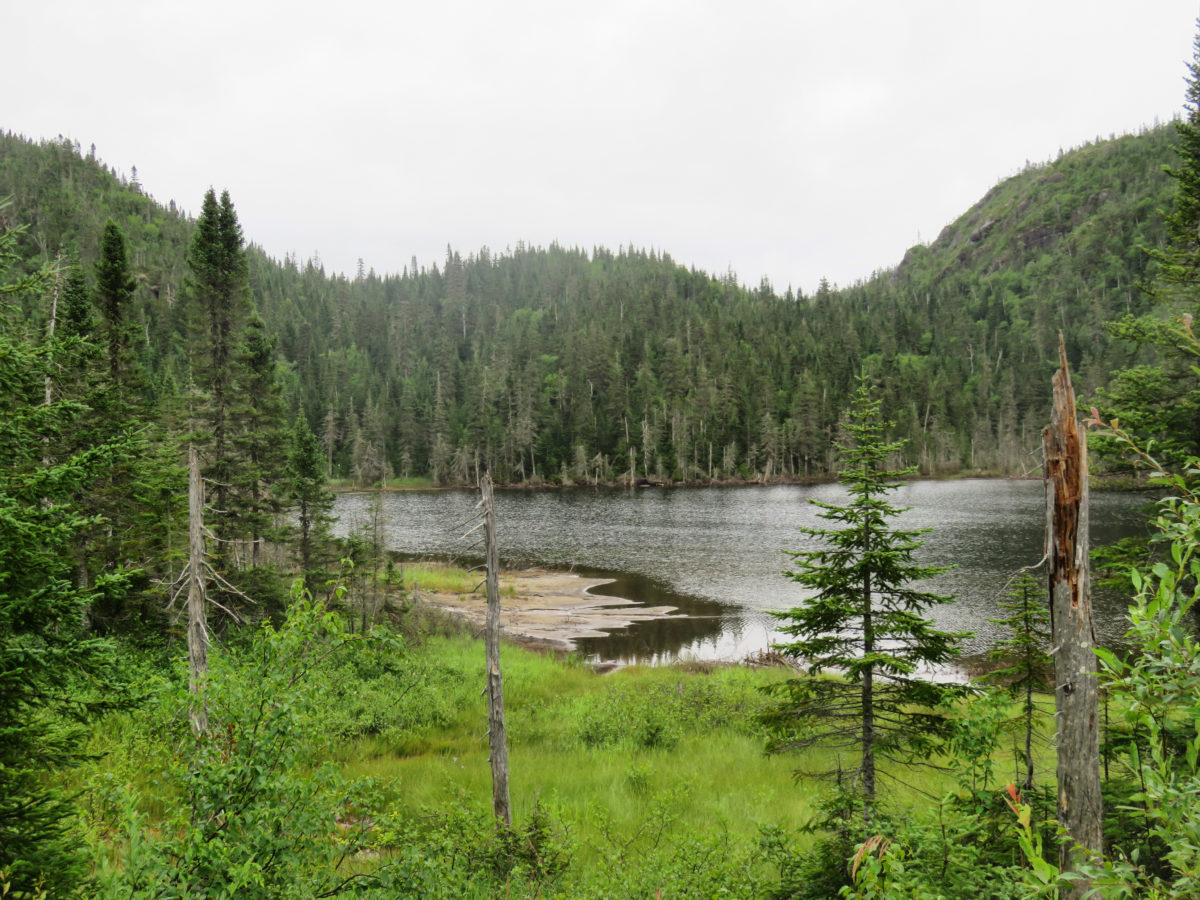
Eventually, we arrived at Le Pic de la Hutte which reaches 900 meters and at this altitude, it allows us to see the magnificent vegetation of the park and the exceptional view it offers on the lands of Saguenay-Lac-Saint-Jean. We could see a large part of the region, but with this weather, we would instead enjoy the wind and the rain. In the end, it didn’t bother us, it was a more mystical atmosphere that was offered to us and it was also a chance to appreciate the splendour of the landscapes in all weathers.

There’s a hut at the top, which is the perfect place to spend a few minutes warming up, even if we were in the middle of August. We only met one family and had the platform set up to enjoy the view only for us. We were practically all alone, only accompanied by all the animals of the forest: birds, frogs and other toads (thanks again for this wonderful rainy weather)!
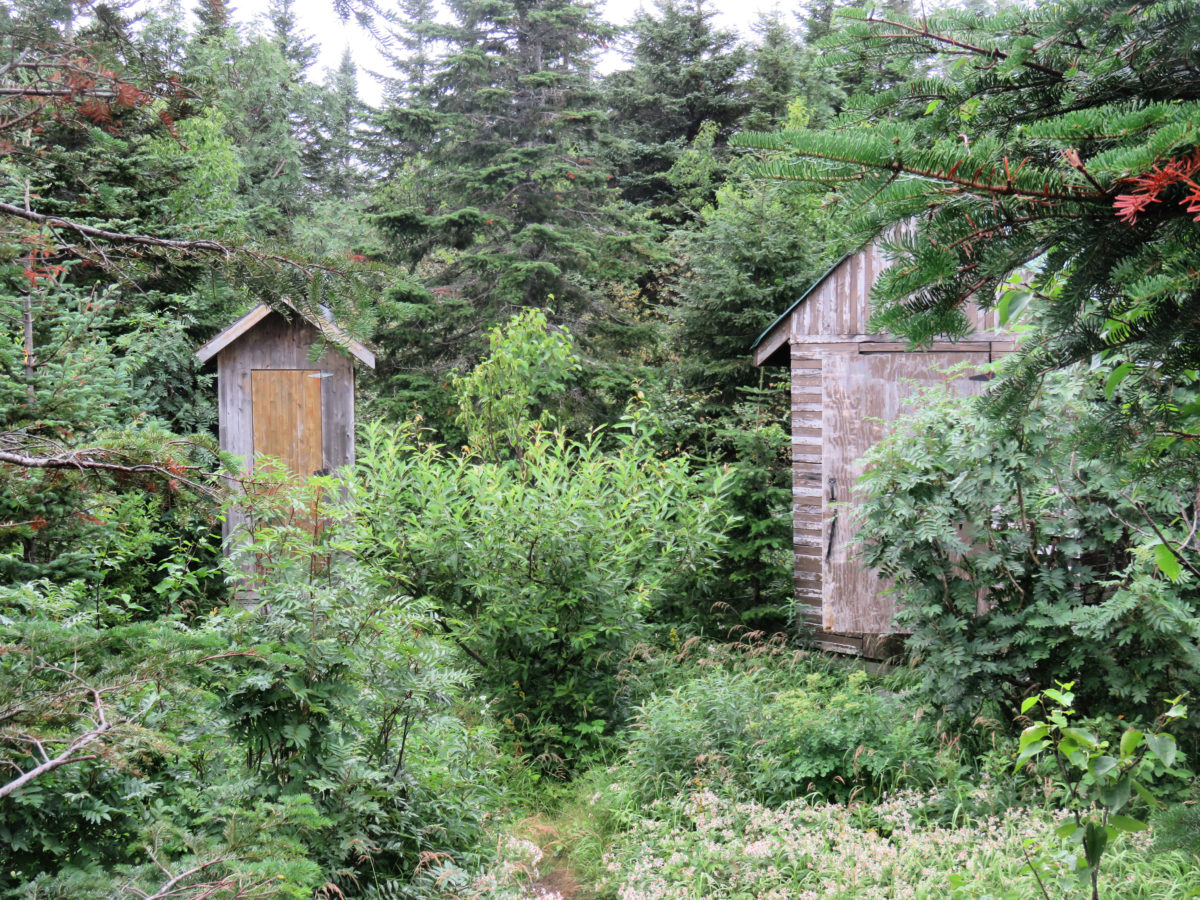
the toilets 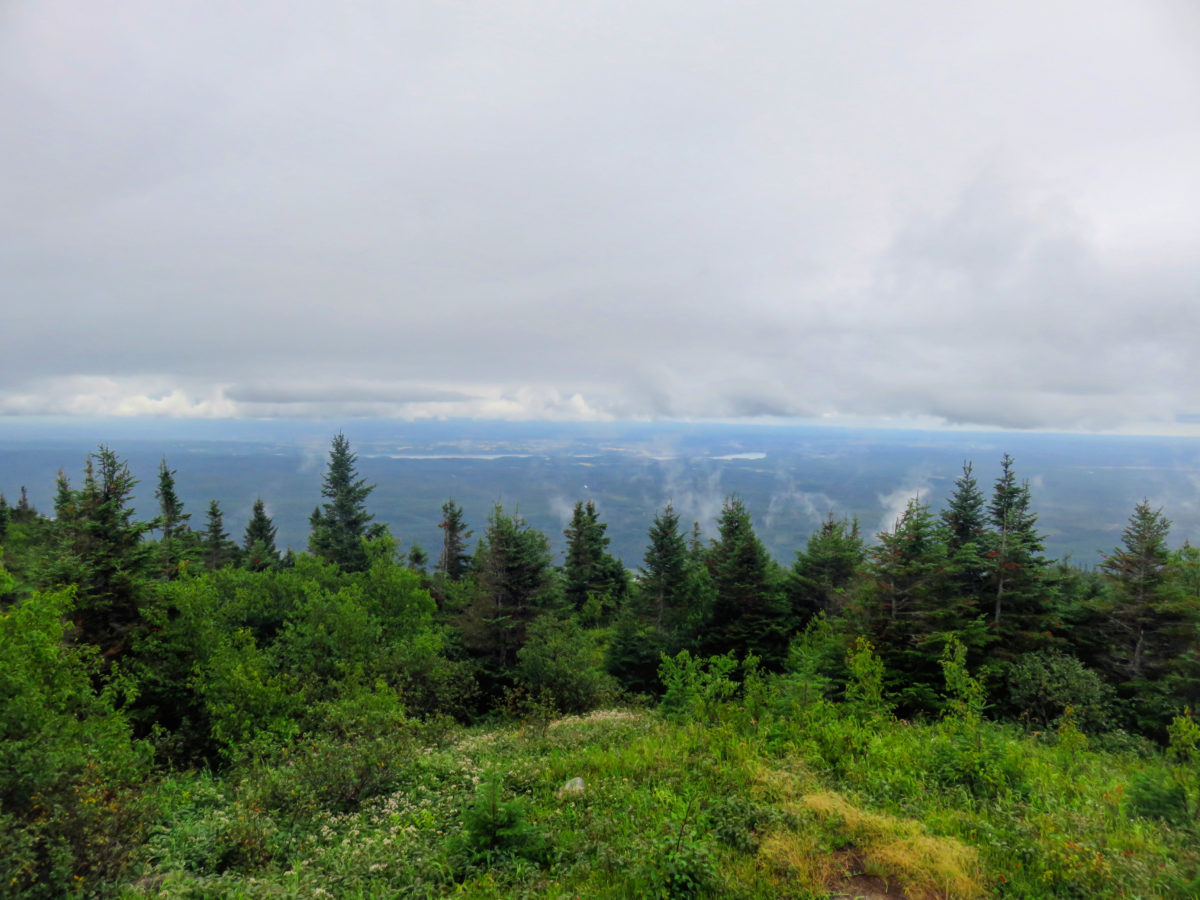

It was a good way to recharge our batteries in nature, but we were also very happy afterwards to warm up in a nice café in the city of Saguenay.

Café Cambio 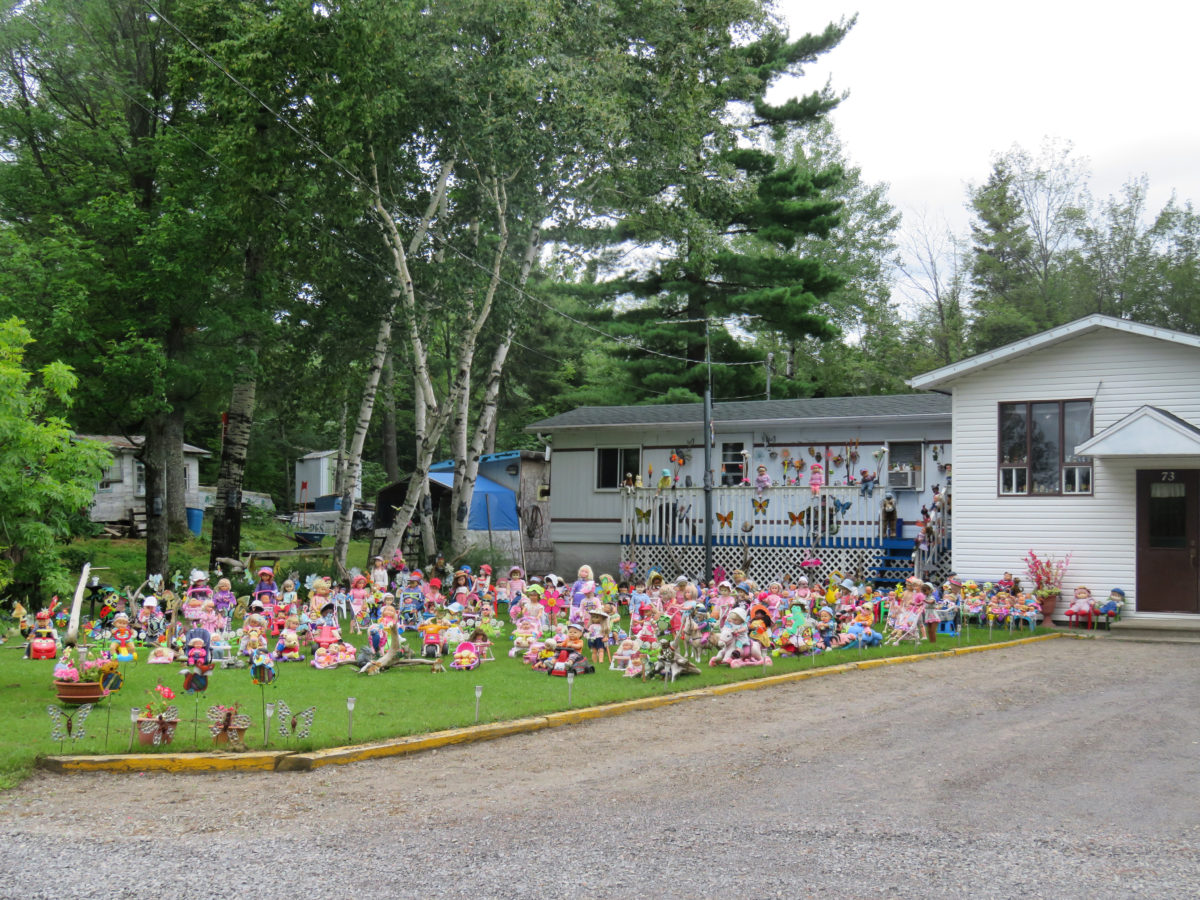
on the road to the park, we saw this…
« stars » of the park:
The Canada lynx is the emblem of the park and clearly the main attraction, as many visitors would like to have the opportunity to see one. The ranger at the reception desk told us that it was the right season to see one, so we were not at all reassured.
This mysterious feline actually leads a quite discreet existence in the heart of the boreal forest. It was explained to us that it is rare to come across one since this big cat often goes unnoticed due to its agility and night-time activities. During our walk, we weren’t being smart alec (we were telling that we wanted to see bears, but when the time came to maybe actually see a wild animal, which is much smaller, we weren’t that confident). At the end (or fortunately), we didn’t have the opportunity to meet this feline.
ROUTE FROM SAGUENAY TO TADOUSSAC
After spending two days exploring the region’s national parks, we decided to take the road north of the fjord to reach Tadoussac.

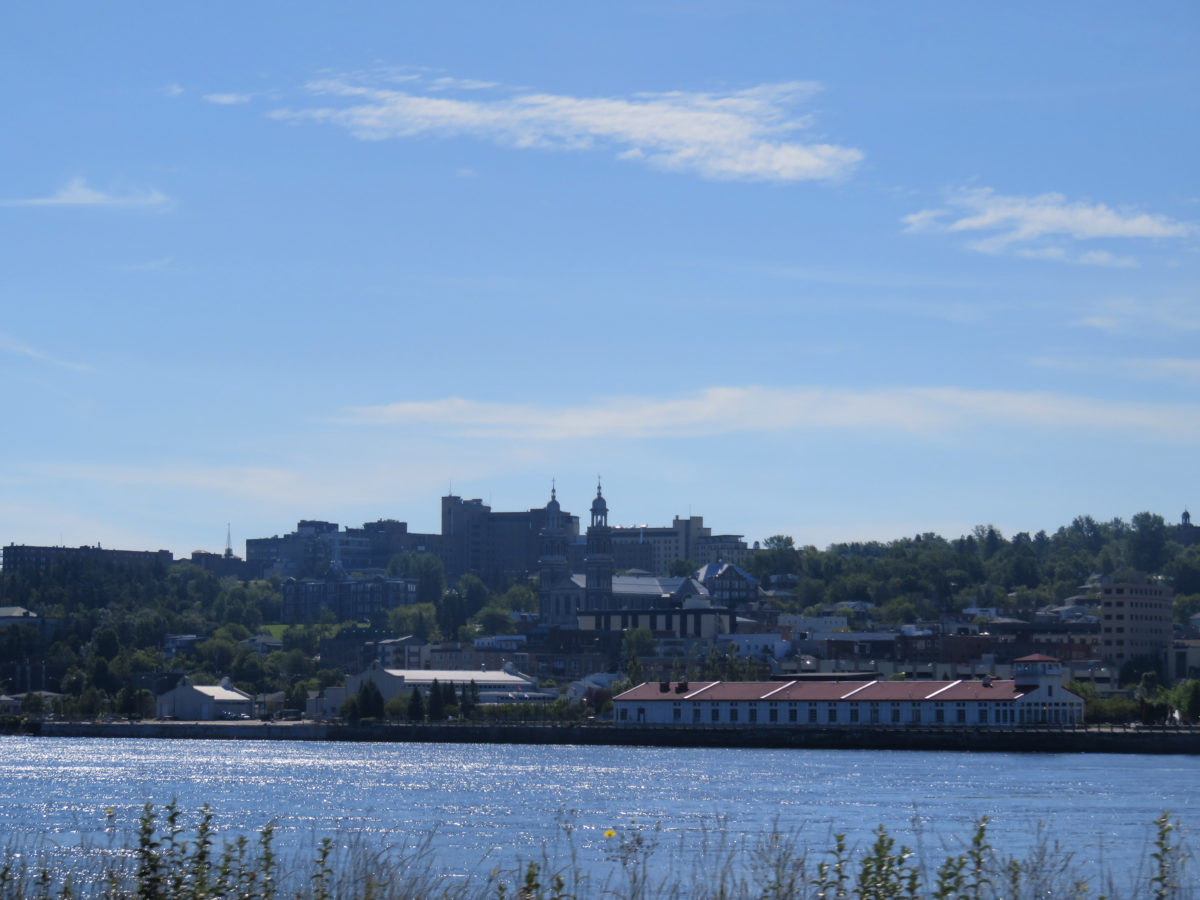
Saguenay 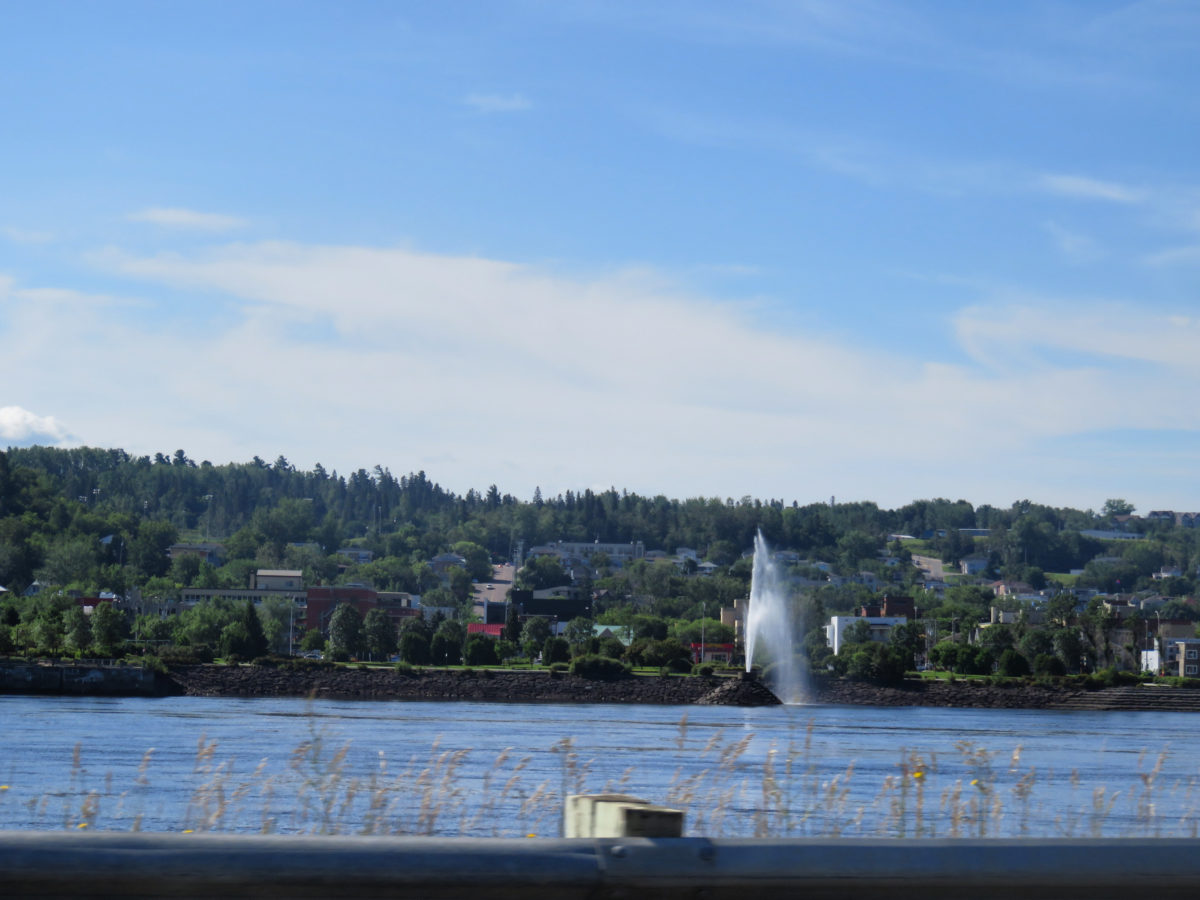
Saguenay
On the north side of the fjord, there are two sectors of the Fjord-de-Saguenay National Park, which we avoided as we did not want to pay the daily entrance tax again. However, we can access a few villages that enable exploration.
Directly from Saguenay, we stopped at the Battures de Saint-Fulgence, which is a protected wildlife habitat. This is an opportunity to take a nice walk and learn more about the fauna and flora of Saguenay.
We then stopped in Saint-Rose-du-Nord, nicknamed the “Pearl of the Fjord” and part of the Association of the Most Beautiful Villages of Quebec. Finally, we tasted the famous blueberry pie in the charming little house that acts as a café at the landing stage. Then, we left to observe the fjord and its sparkling blue waters.
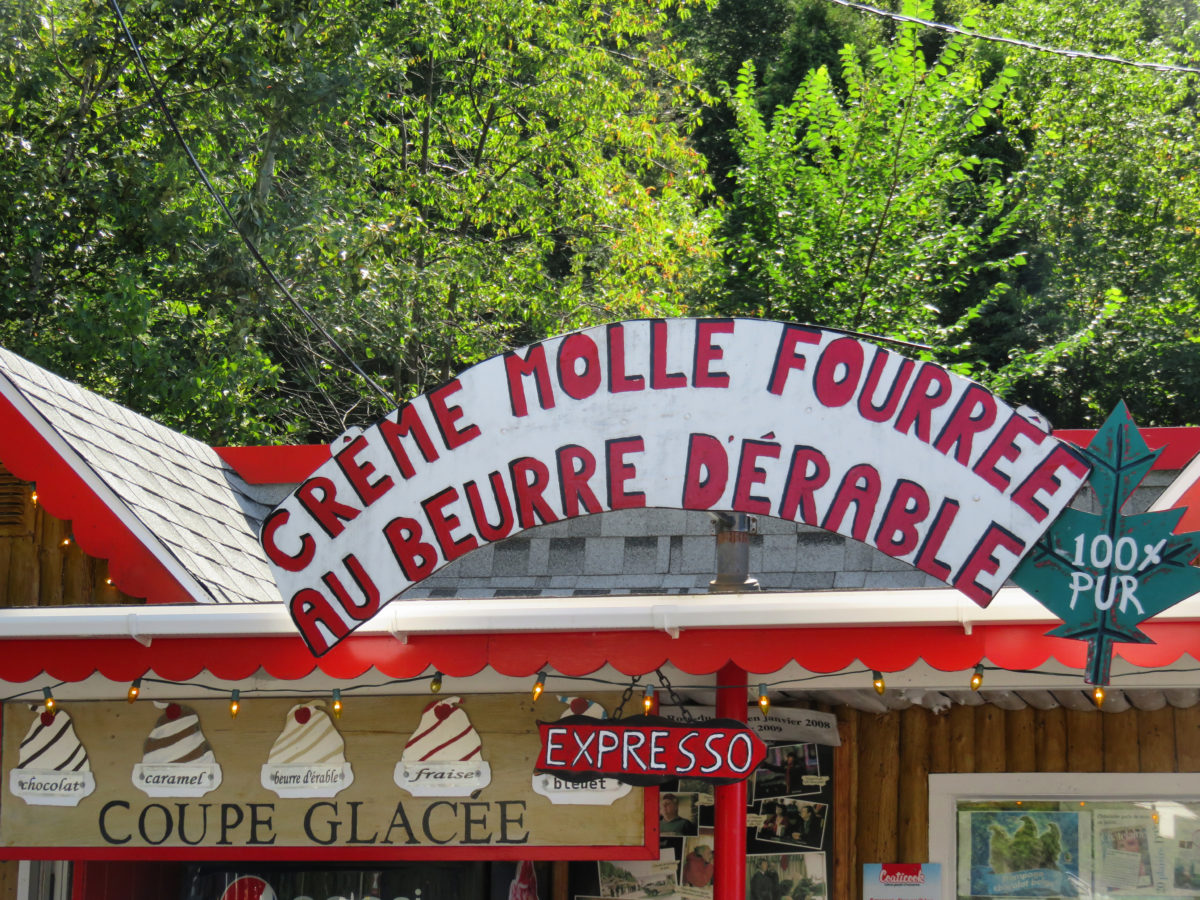
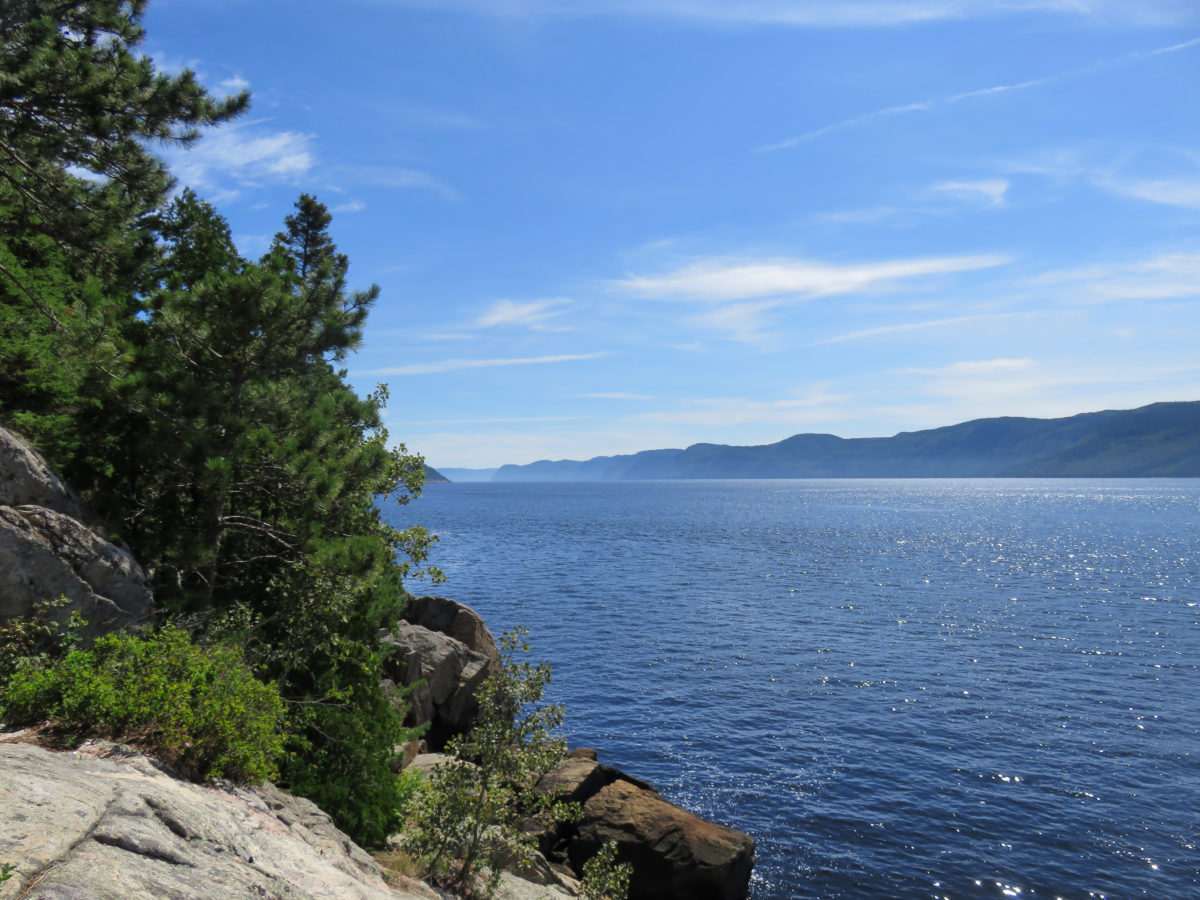
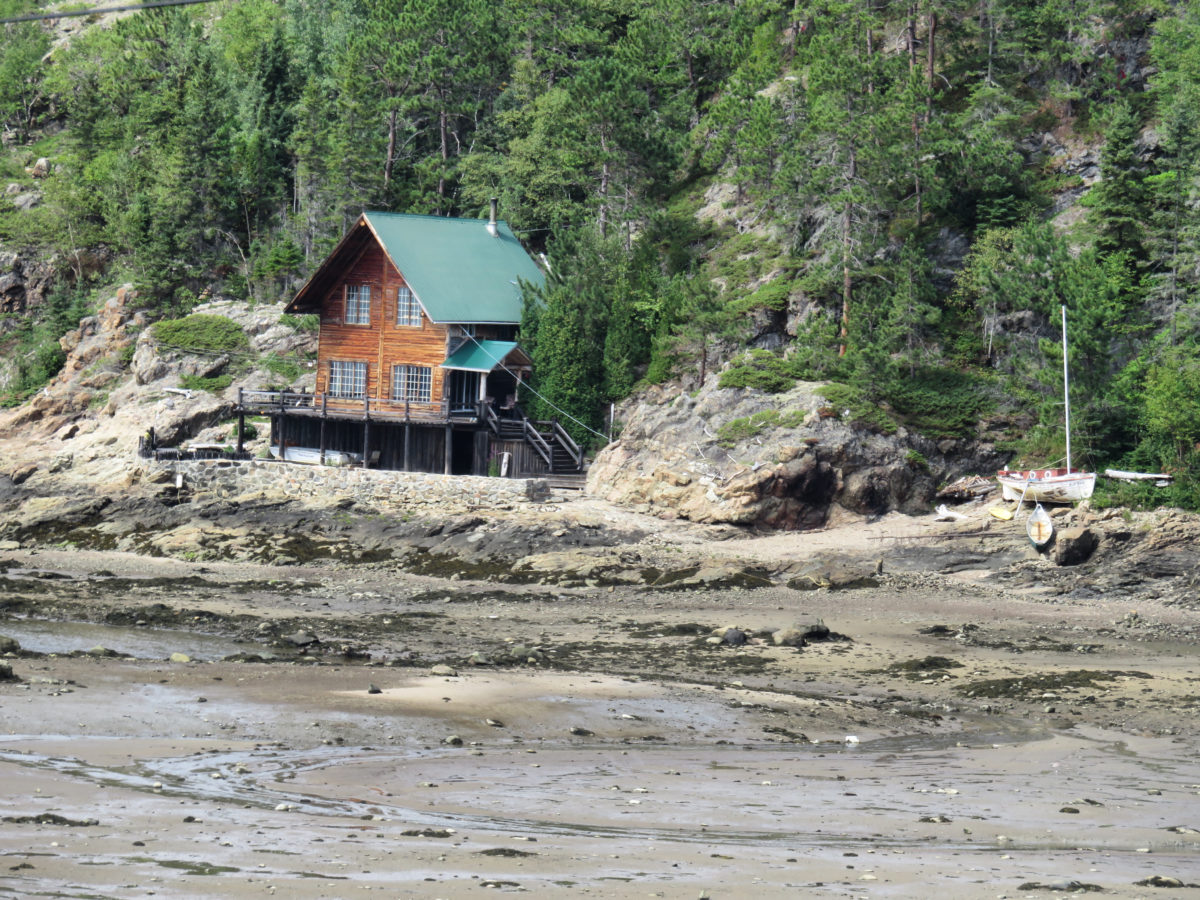
We then continued on road 172 which unfortunately is not at the edge of the fjord but runs along with the two sectors of the national park.
TADOUSSAC
Taking the road north of the fjord, we arrived directly in Tadoussac. If, on the other hand, you arrive by Quebec City or Montreal, you will have to take a ferry, which is free and operates 24 hours a day, to reach Tadoussac at the mouth of the Saguenay River. Be careful of the road that goes down to the village if you arrive from the north, since if you do not turn around in time in the town, you will arrive directly at the ferry’s departure point. I promise you, it was a real hodgepodge to get out of the dozens of cars waiting patiently for their turn to board the ferry.
In the end, it took another hour to find a parking space, since the parking lot at our youth hostel was full. There are plenty of parking spaces in and around the village, however, the places are not free and during the high season, they are hard to find.

Tadoussac is listed as the oldest village in Quebec and is located in the Côte-Nord tourist region. As the maritime crossroads of the St. Lawrence River and the Saguenay Fjord, this village is mainly known in Quebec for whale watching.
Tadoussac was already well known since, at the site of the present village, there was a fur trading post which, more than 400 years ago, allowed the inhabitants to live. Today, fortunately, the fur trade is prohibited and the village has developed its surrounding nature to attract visitors. In fact, it has been listed among the most beautiful bays in the world and I can assure you that the beauty of the place is incredible. Although it doesn’t look as pretty in pictures as it does in real life, it is a place where everyone could stay and contemplate the river, then the fjord and finally the sky. If the weather is sunny, the diversity of blue is magnificent. However, we weren’t lucky at this stage as the weather was quite grey.
For the small anecdote, Tadoussac would come from the word ” totouskak ” which means ” teats ” in Innu, because of the two hills to the west of the village which are round.
WHALE WATCHING
We came to Tadoussac for the sole purpose of spotting cetaceans before crossing the St. Lawrence River to visit the Gaspé Peninsula. We didn’t want to disturb the animals by taking a boat and getting too close to them, so we simply stayed ashore. We still had the opportunity to see different cetaceans in the waters off Tadoussac as they often come close to the shore. This place is internationally recognized for whale watching and has its own marine mammal interpretation centre. The whales come to this precise location to find food before winter (to fill their fat reserves) since the Saguenay River (fresh and cold water) flows into the St. Lawrence River which contains saltwater and is very deep, resulting in a rich and unique ecosystem where the fauna and flora are very diversified. In short, it is a real pantry for whales.
The best time to see them is between September and October, but you can see them as early as the beginning of June. So we didn’t want to reserve places on a zodiac because we didn’t know if we were disturbing the life of these cetaceans by going as close as possible to them by boat. Indeed, you know that I don’t really like activities with animals, I prefer to see them freely and without disturbing them. However, it seems that the companies have the obligation to cut off their progress as soon as an animal is less than 200 m away, then as I say, “it seems” because we have not experienced it. Several boat companies, therefore, offer tours, and if you are thinking of doing this activity, I imagine that you have to book in advance, especially during the high tourist season.
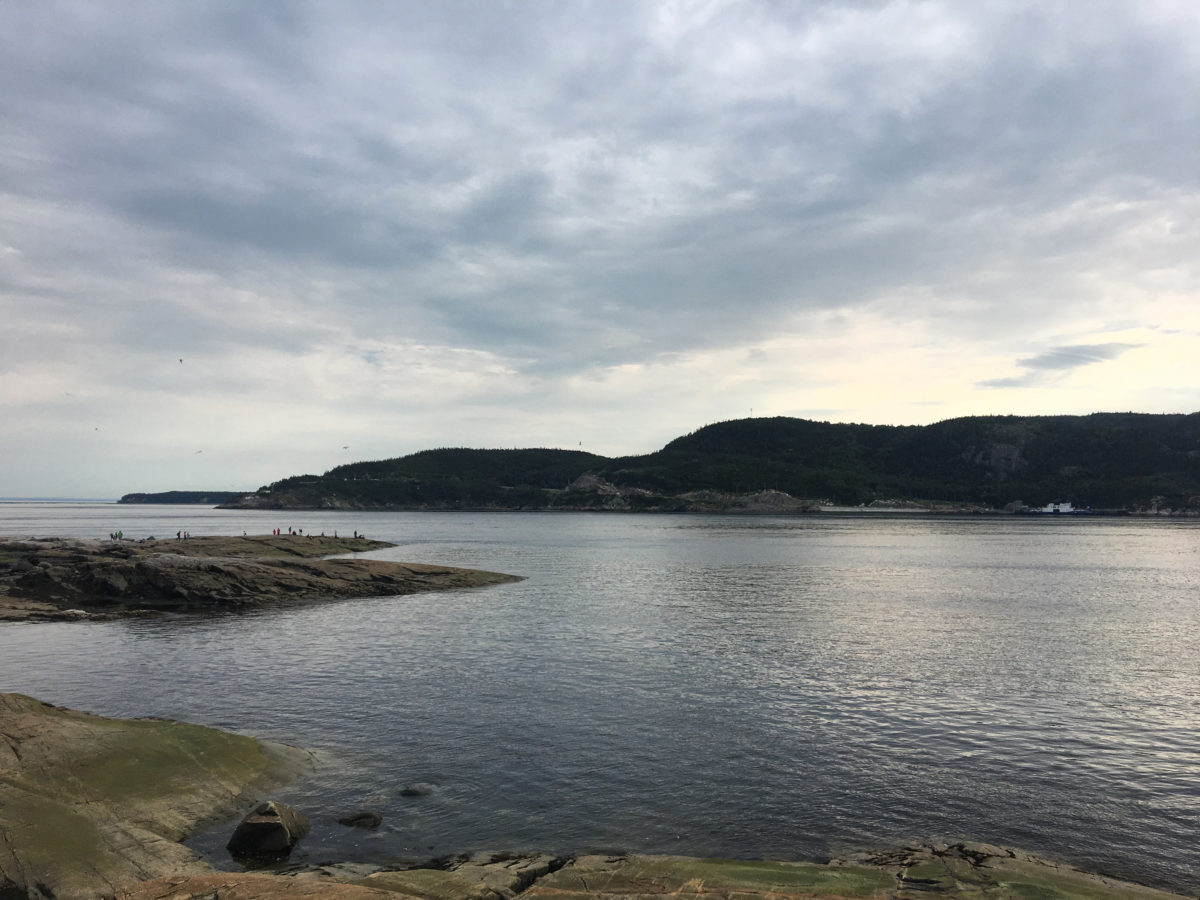
Thus, we have privileged a land-based whale watching point of view called La Pointe de l’Islet. In about twenty minutes you have gone around this point which is right next to the port and the interpretation centre. However, if, like us, you are hoping to see whales or other cetaceans, you will have to stay a long time looking out over the bay. We were finally able to observe a few rorqual whales, and that was enough to make us happy for the rest of the evening.
ACTIVItieS in TADOUSSAC
Apart from whale watching, Tadoussac is a charming village that offers various activities and escapades. As mentioned previously, when it was founded, Tadoussac was one of the main fur trading posts in Quebec. This fact is very important in the history of the French-speaking province because the inhabitants lived at that time thanks to it. A trading post has now been reconstituted and features a small museum that retraces the history of this trade between the French/English settlers and the Amerindians. Tadoussac has two other places of historical interest: the Chapelle des Indiens and the Grand Hôtel de Tadoussac.
With their red roofs, you cannot miss these two monuments. This chapel is also the oldest in Canada and is believed to be one of the oldest wooden buildings in North America.
As for the Grand Hotel of Tadoussac, such as a hotel establishment at the forefront of tourism, it is a magnificent hotel which allows all kinds of activities for tourists who are not very adventurous. Besides, a night in this first-rate hotel will cost you a small fortune (if you are like us, broke students). Finally, just take a walk in the village which is charming and very relaxing (I admit that I was expecting a crowd of tourists in the middle of August, but it was not). The street by the water is particularly pleasant and also offers plenty of places to eat.
A few kilometres away there are also large sand dunes. About 30m high, they face the St. Lawrence River. One goes back to childhood when it is time to run down them, then one grows old when it is time to climb them again, indeed, 10 minutes of ascent for 30 seconds of crazy descent! We will find our dear aches and pains from the Statue hike the next day after that. Moreover, in the 40s, the inhabitants used to do sand skiing here. However, this “sport” was banned in the 80s because of the degradation it caused to this fragile environment.
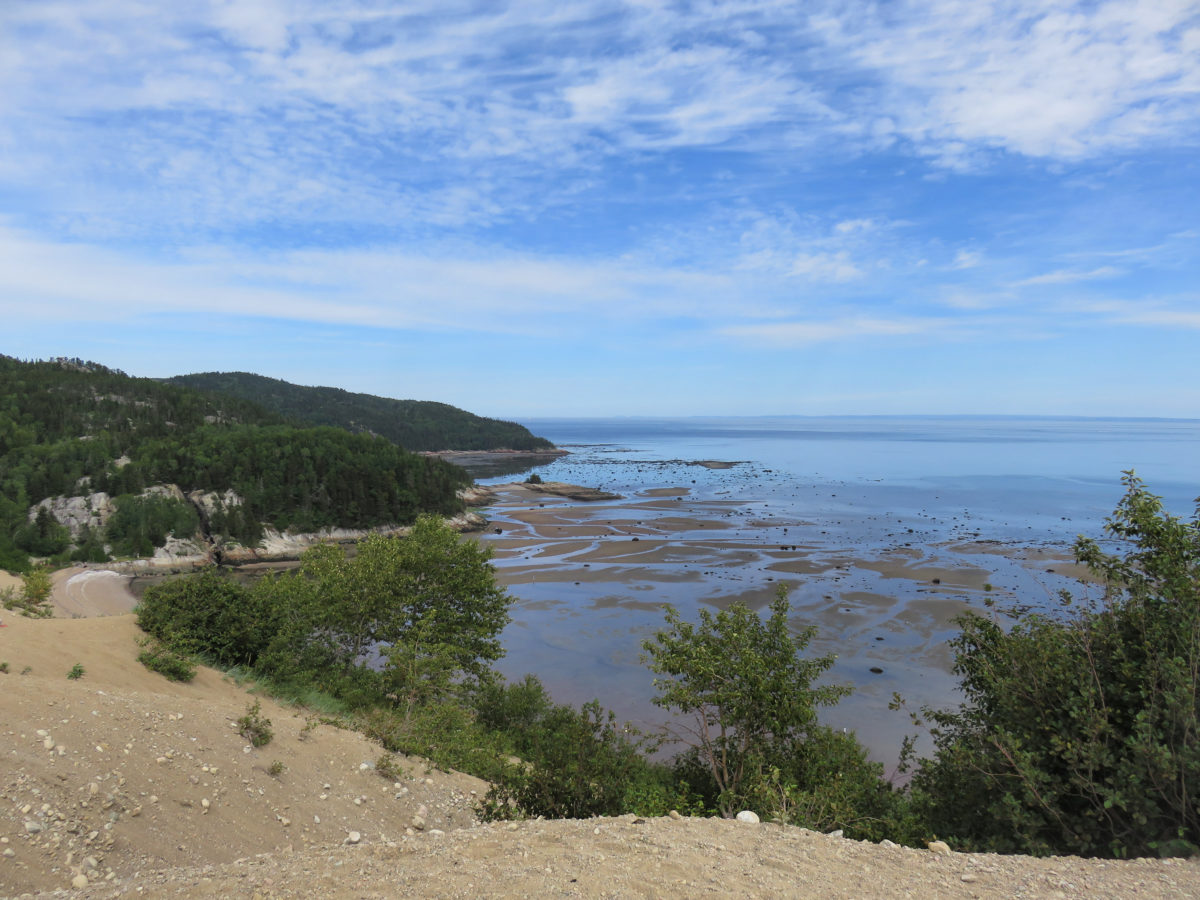
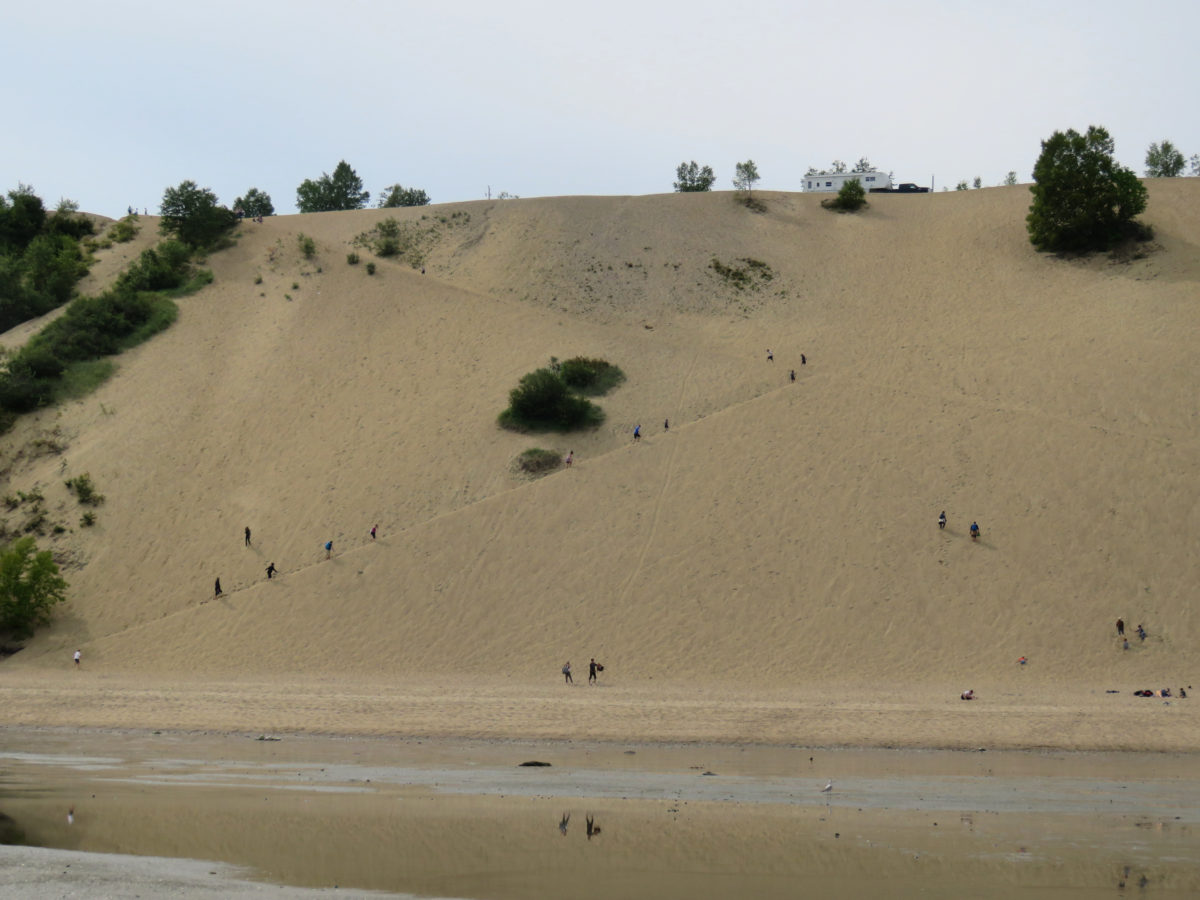
At low tide, the water retreats far away and allows for a pleasant walk.
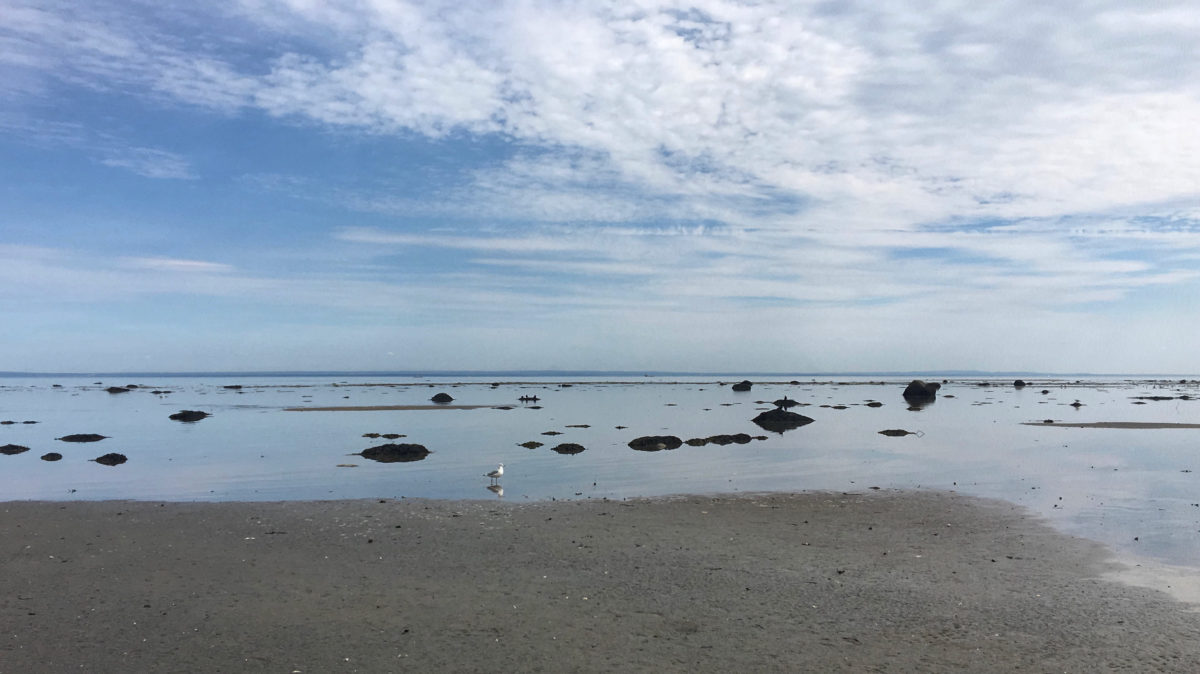
We also ventured to a hut, by the Estuary path (800m), from the car park at the top of the dunes which allows a view of the surroundings. This is a good bird-watching spot and several signs enable you to learn more about the different birds that populate the estuary.
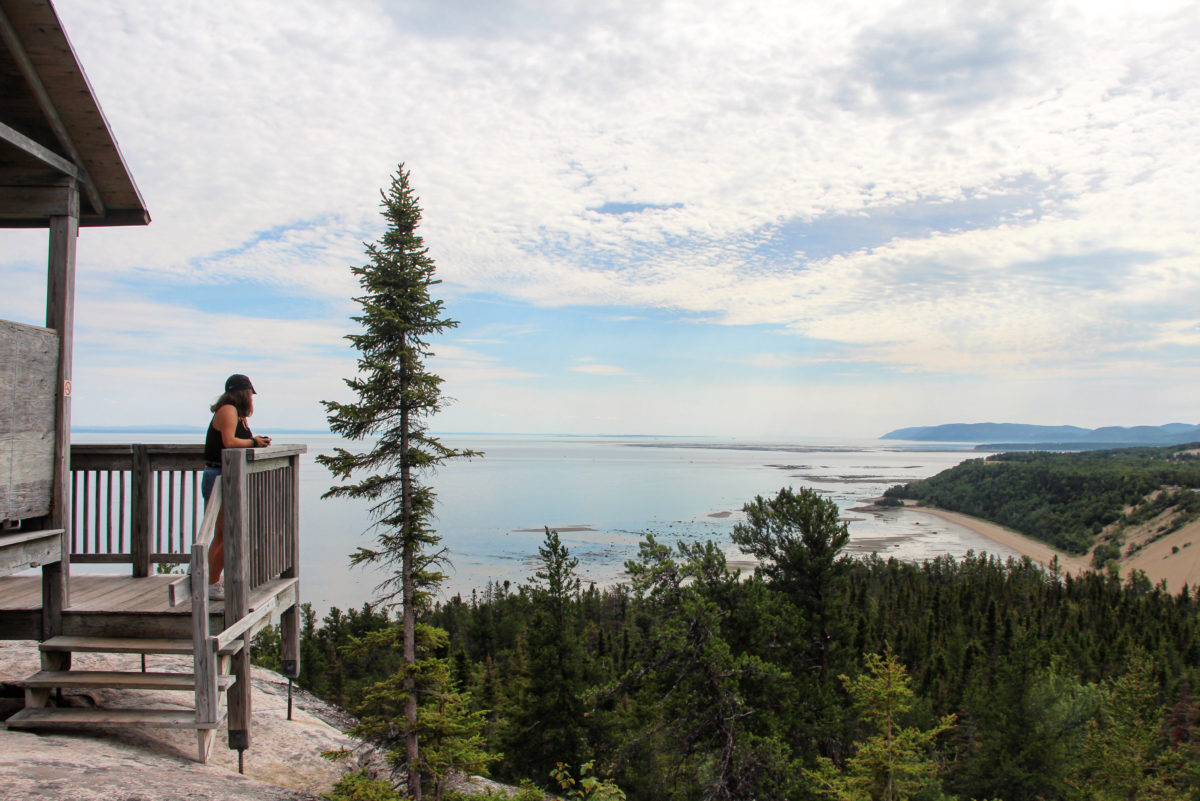
WHERE TO SLEEP IN TADOUSSAC
We spent the night at the youth hostel in Tadoussac. This hostel had been highly recommended to us by everyone we met on the trip and a friend of mine had also stayed there a few months before and recommended it to me. I’m used to travelling in youth hostels, so everything is usually under the best conditions, but I clearly didn’t expect to find out what I experienced there. We slept in a teepee for 6 people which was quite comfortable but outside of the hostel (and therefore outside of the sanitary facilities…). And the atmosphere is indeed great but if you are looking to sleep a little bit, you might be disappointed because of the hostel volunteers and some of the guests, who party outside until the early hours of the morning. The charitable hostel welcomes people of all conditions as volunteers for room and food (at breakfast, we spoke with a man who had been living at the hostel for 5 years as a volunteer because life is easy as he said); to sum up, this place is a kind of squat, certainly welcoming and festive, but dirty and expensive to sleep under a teepee outside.
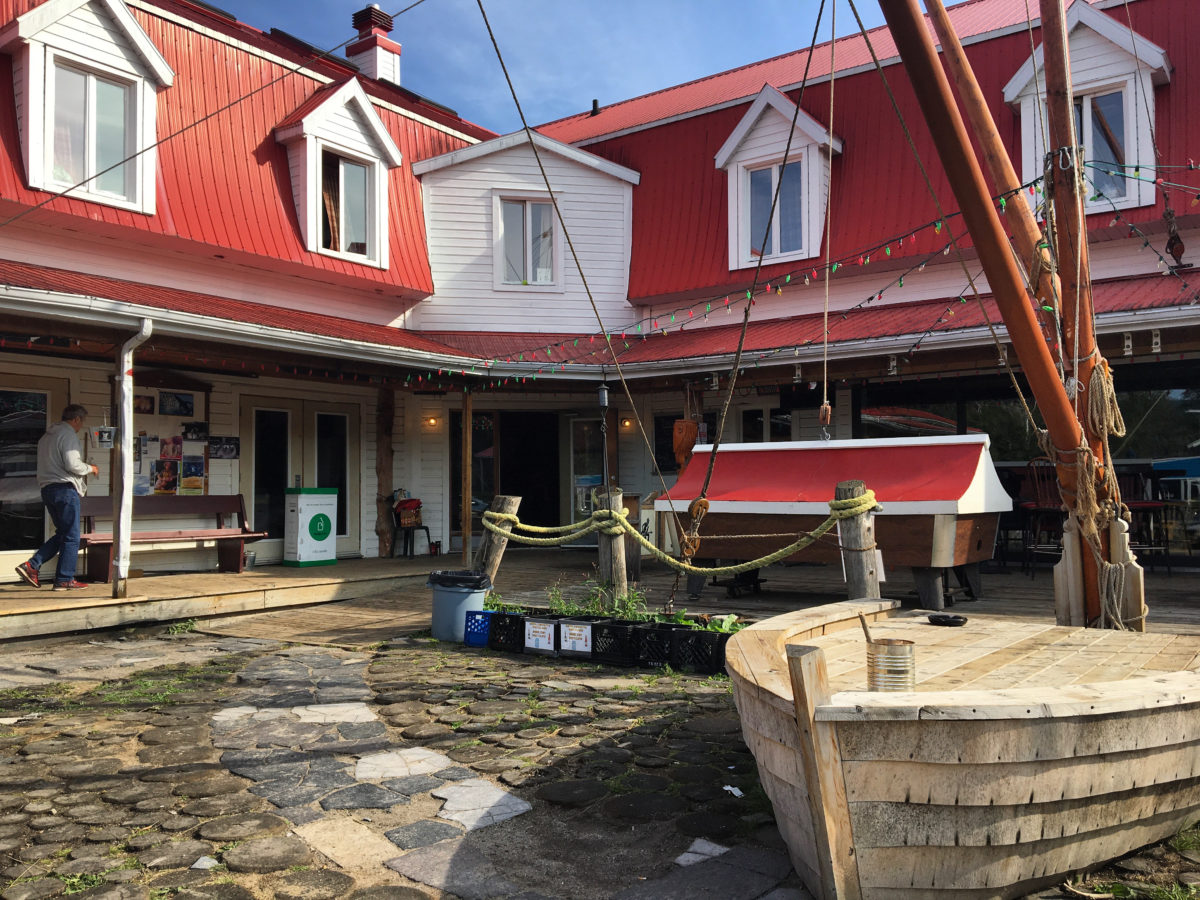
CÔTE-NORD
From Tadoussac, we had the day to get to Baie Comeau to embark for the Gaspesie. This allowed us to quietly take route 138 and stop in a few towns. The Côte-Nord is an immense territory that offers more than 1’300 km of coastline of which we only saw 200 km. This region covers eastern Quebec where the St. Lawrence River becomes a maritime estuary and then a gulf.
Route 138 is also called the Whale Route because from Tadoussac, it offers different places to see cetaceans. Of course, we will not see any but we had the chance to discover magnificent landscapes that enable us to say that this region is preserved from the flood of tourists.
Our first stop was the village of Longue-Rive and especially its tourist information office where the employee introduced us to the jewels of the region to visit. Thanks to this stop, we were better able to plan our day of discovery all the way to Baie Comeau. A path goes down right next to the office to reach a suspension bridge overlooking a beautiful waterfall. The site of the Sault-au-Mouton river falls is an important natural heritage for this village with a height of 24m. According to the employee, the name Sault-au-Mouton refers to the swirling foam of the water. It is a very restful and calm place where only the inhabitants come to walk their dogs. Then, we also walked along the ” de crans rouges « path, starting from the village church in order to access another coastline of beaches and marshes, which are frequented by birds. However, it was not as picturesque as the walk to the waterfall.
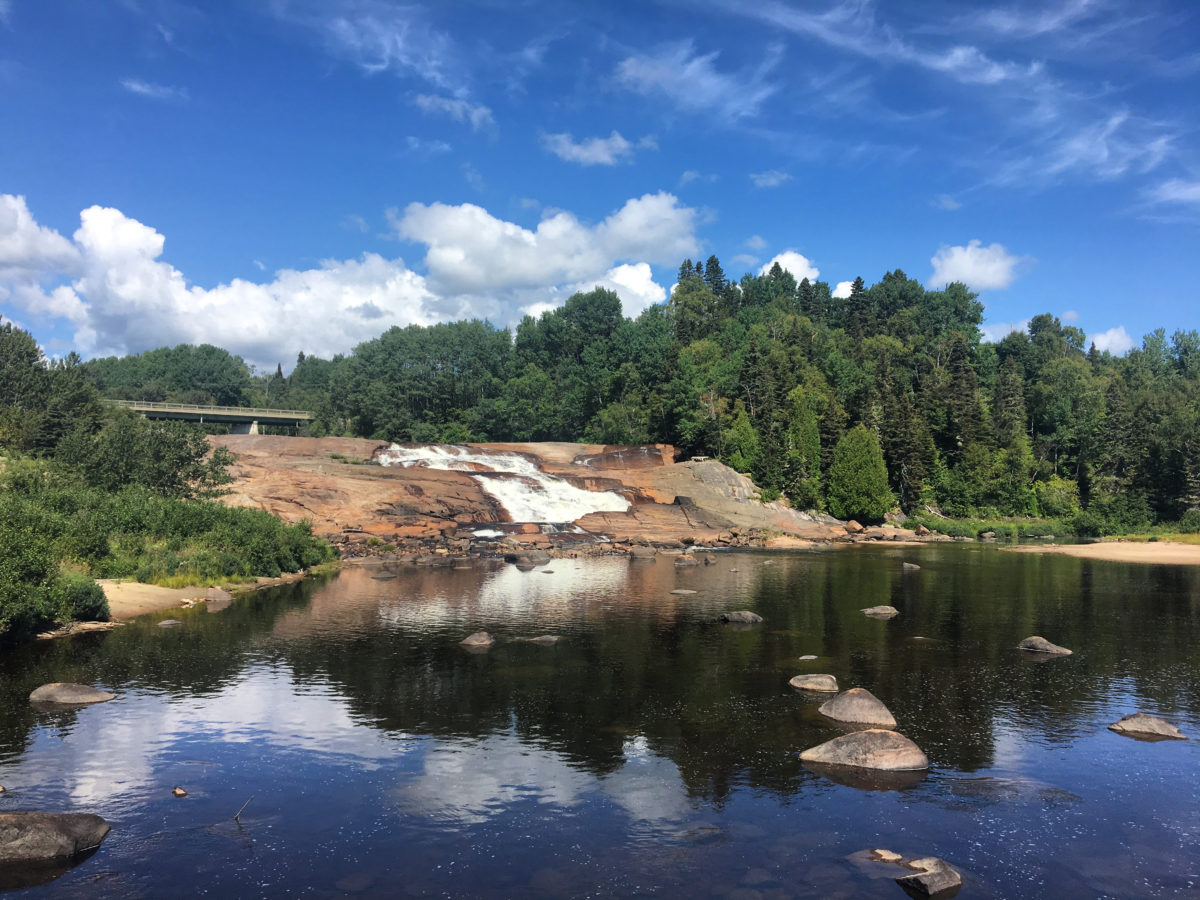
We then arrived in Forestville, the relay village of the region. This town is truly known for its miles of fine sandy beaches. It is in the Baie Verte area, more particularly at the mouth of the Sault-au-Cochon River (I love their river names!) that we enjoy the beach, but without swimming, as the waters of the St. Lawrence are very fresh. This area has also become famous lately since the filming of the series The Truth about the Harry Quebert Affair was partly shot there.
We then left for Ragueneau to try to observe marine animals. Having no luck that day, we enjoyed a simple walk on the rocks. Indeed, this village offers several panoramic stops. We went more specifically to the Fascine Trail to discover from the Ragueneau wharf, the archipelago of the Ragueneau Islands, which is an important seabird nesting site and where, from the lookout, several species, including the little penguin, can be observed. As always, we saw magnificent birds whose names I couldn’t establish, but no sign of penguins, the real mammals that I wanted to witness.
Finally, we arrived in Baie Comeau, a town located in the middle of the Manicouagan-Uapishka Biosphere Reserve. This was our final stop in the Côte-Nord region, however, after driving around the town, there was nothing important to visit, and we headed to the port to board the ferry. Reading the various comments of my guide and the information gleaned on the spot, the rest of the Côte-Nord, as well as the more northerly Quebec, appears to be a destination with nature and life intact and untouched by the tides of tourists. It is definitely a place I will return to!
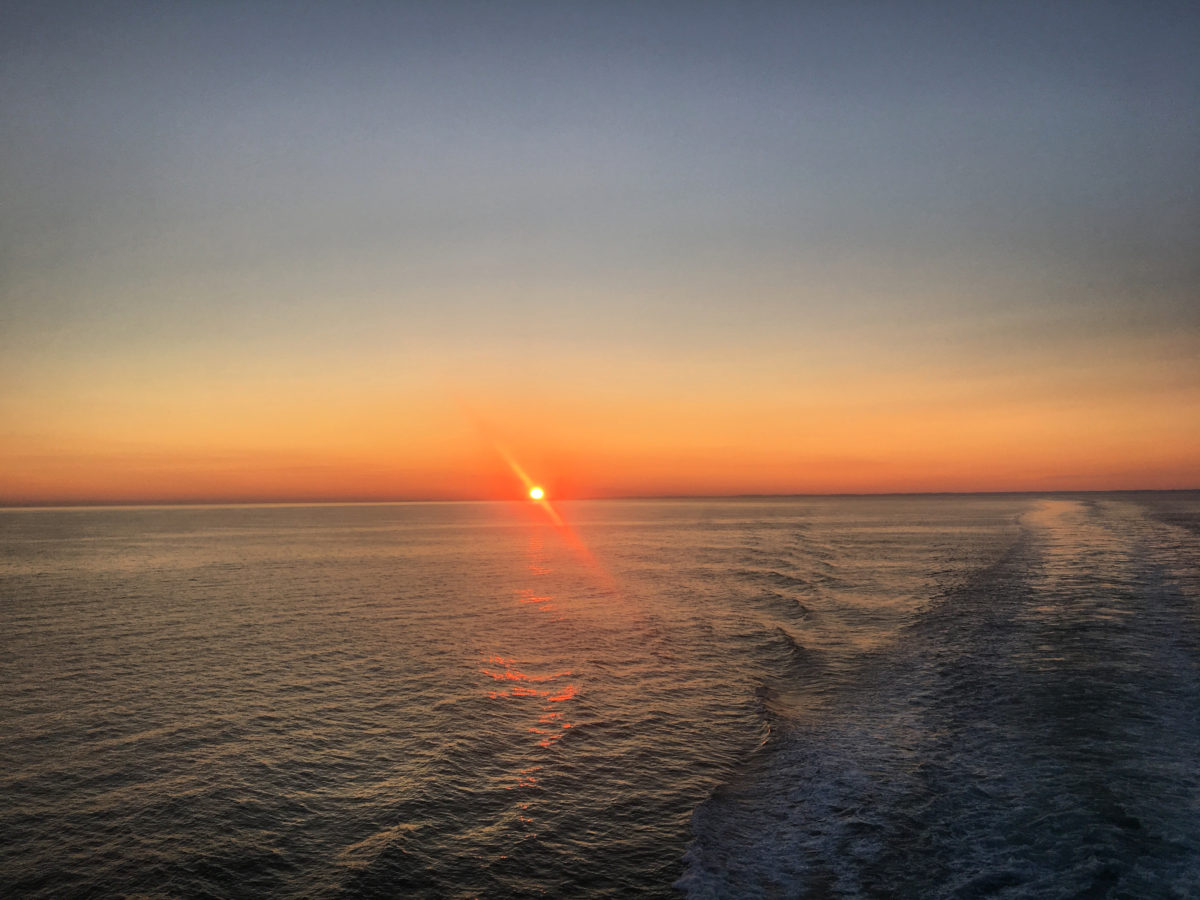
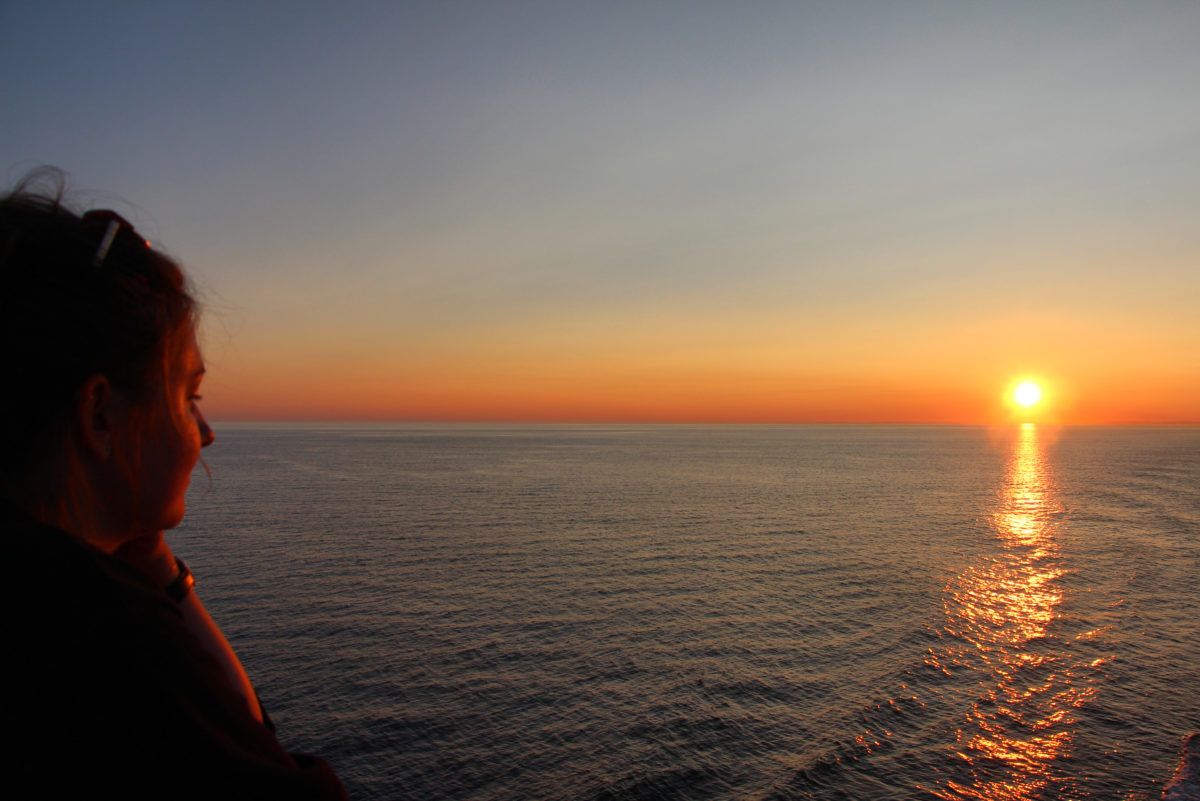
Following this stage of our journey in Quebec, we ventured on the St. Lawrence by ferry to reach the Gaspésie, my favourite region on this Quebec road-trip.
